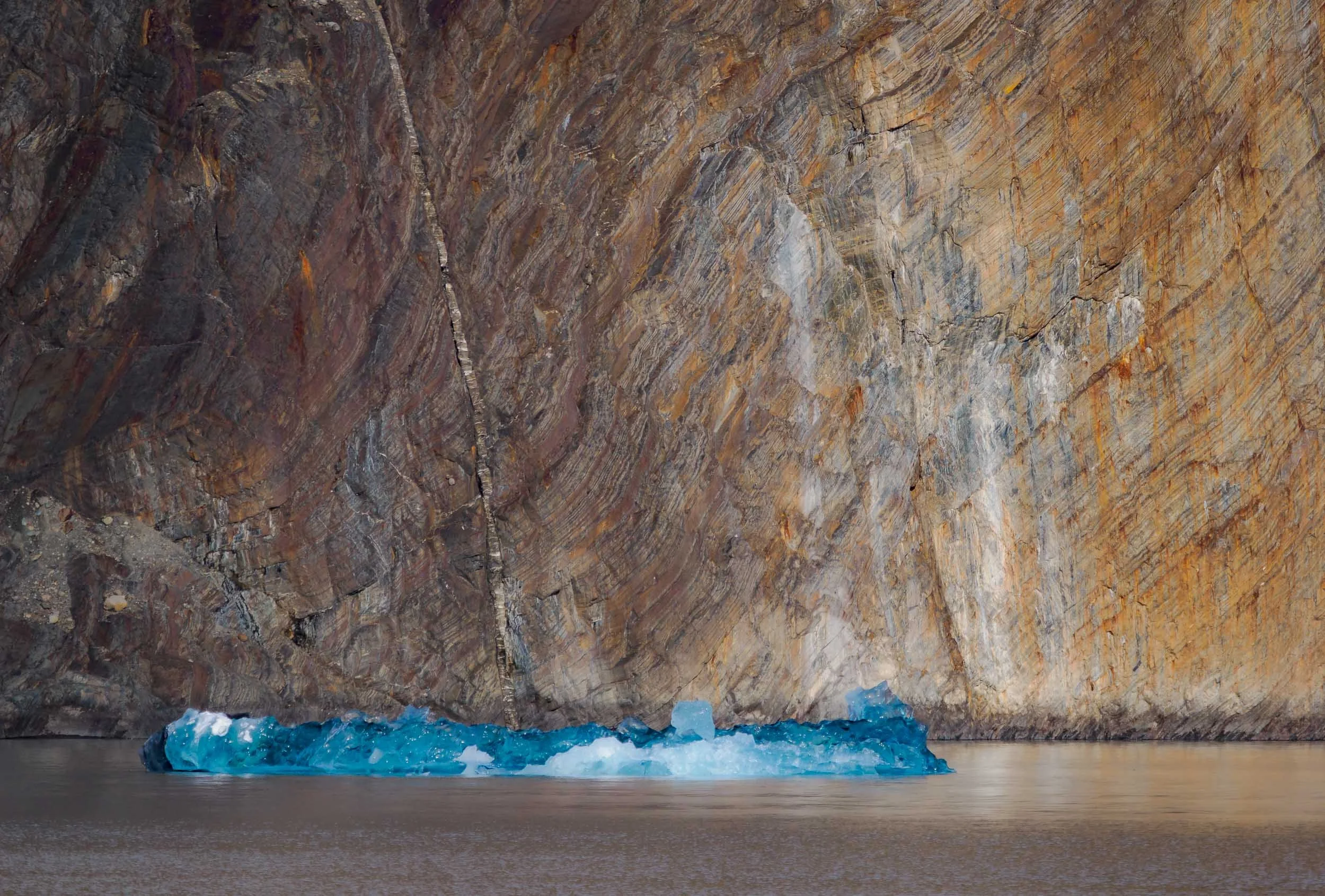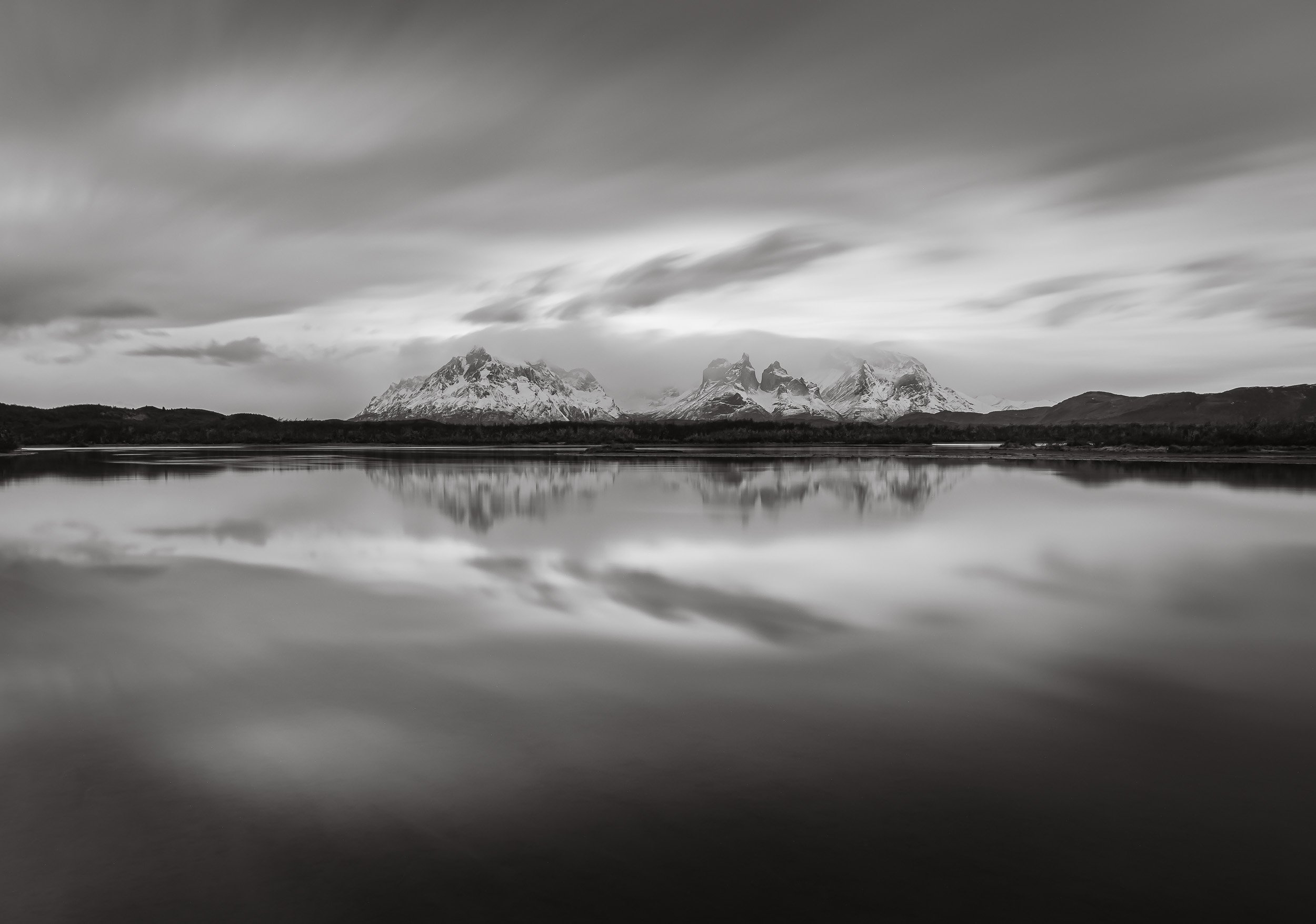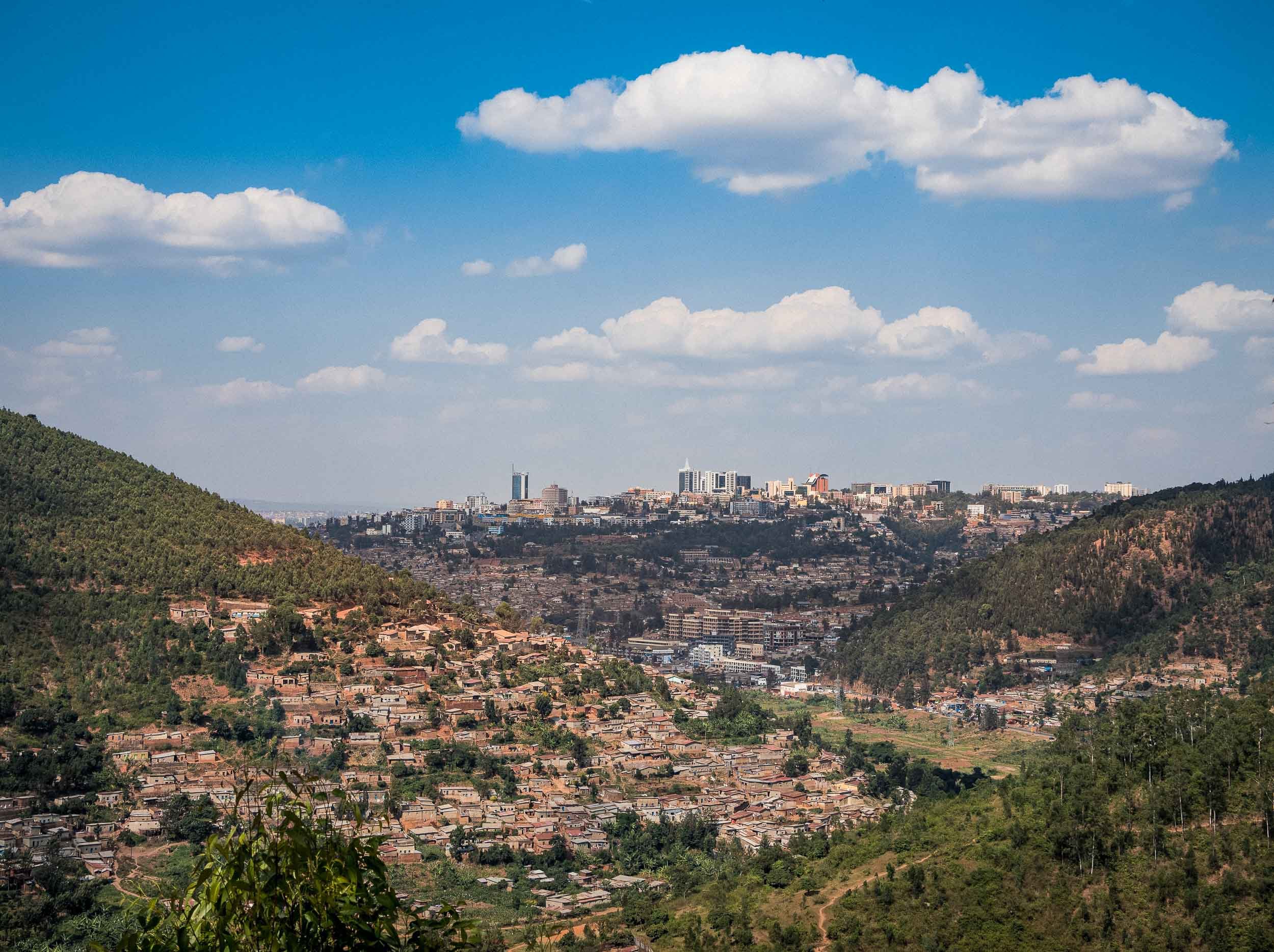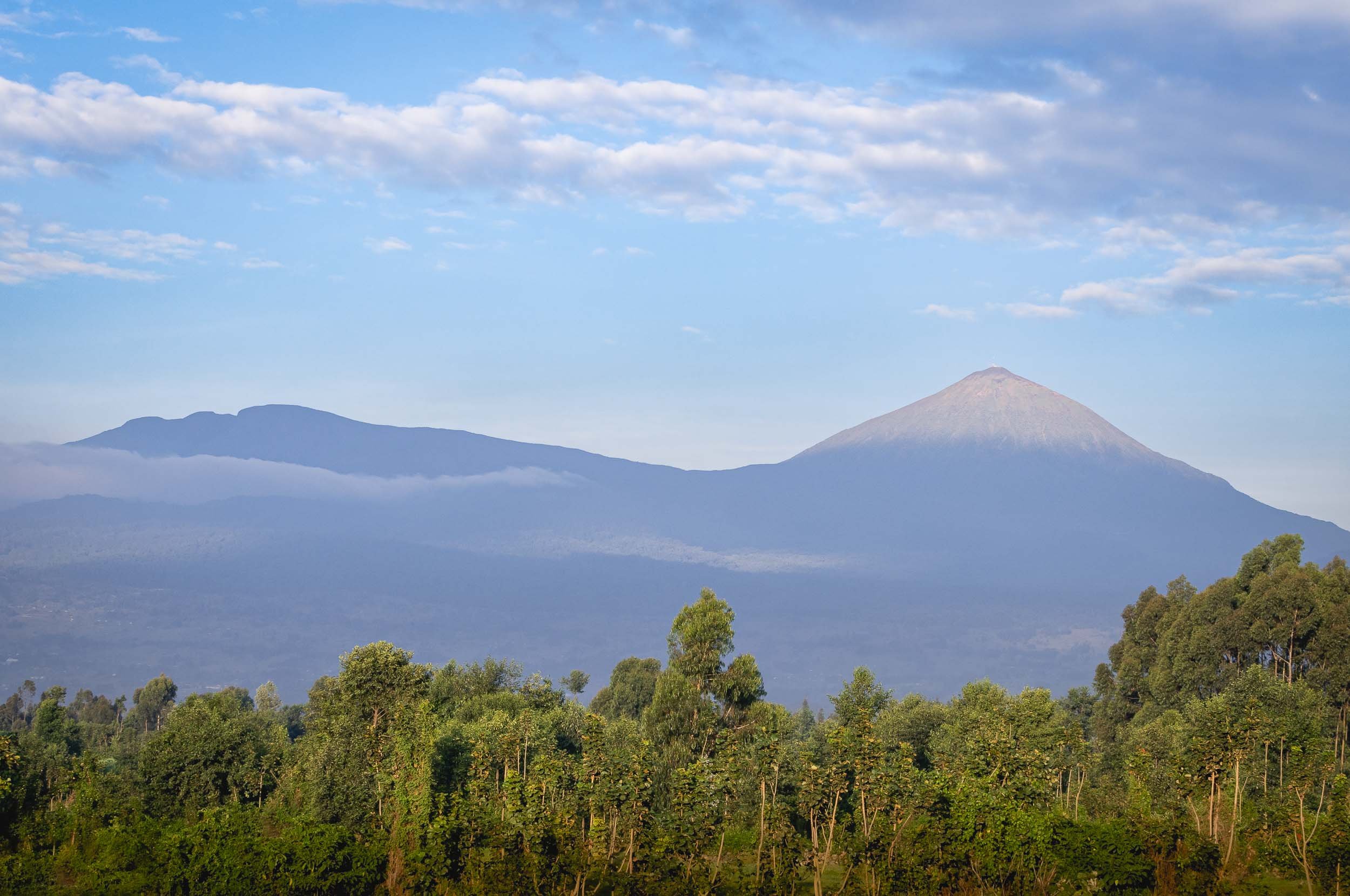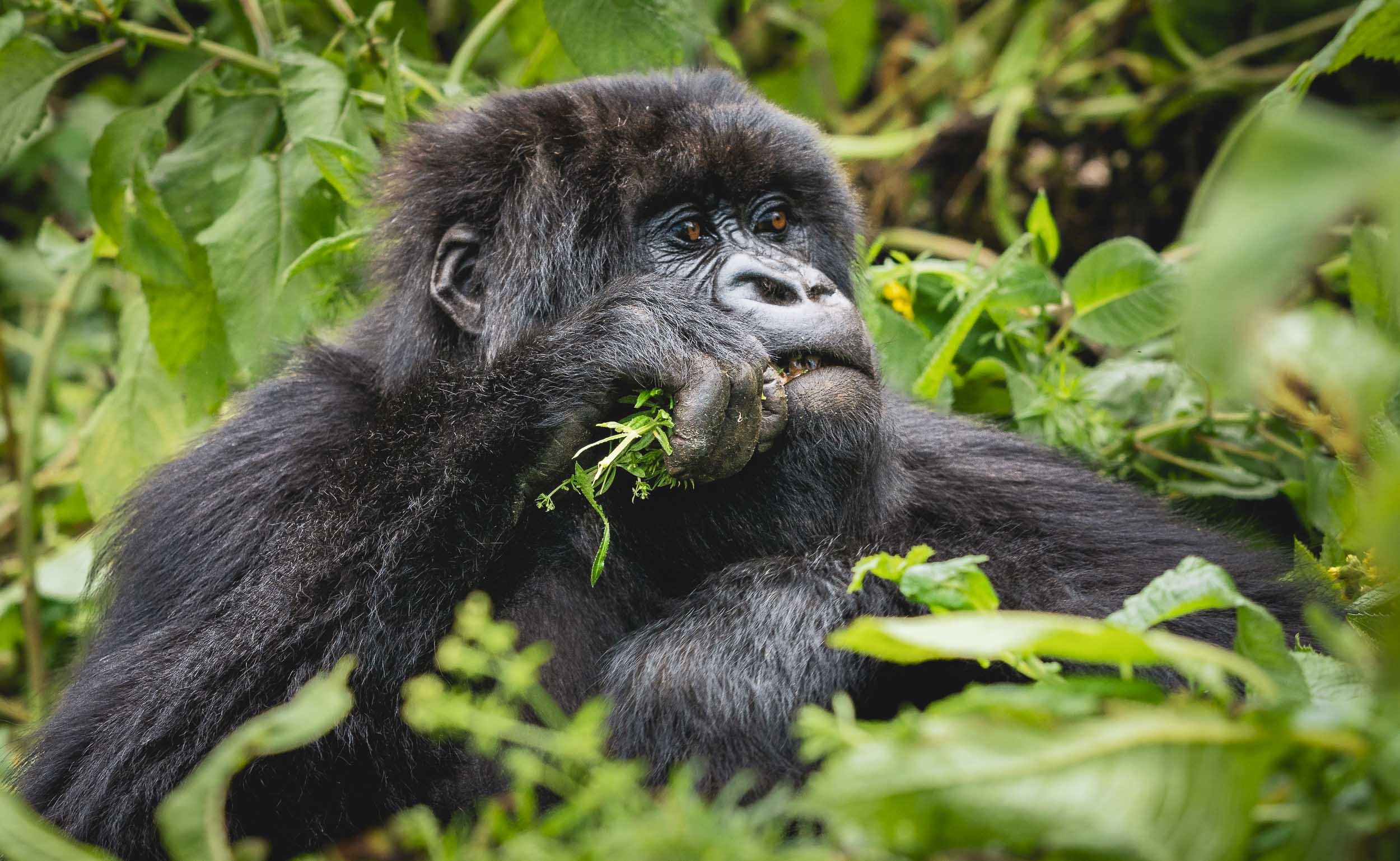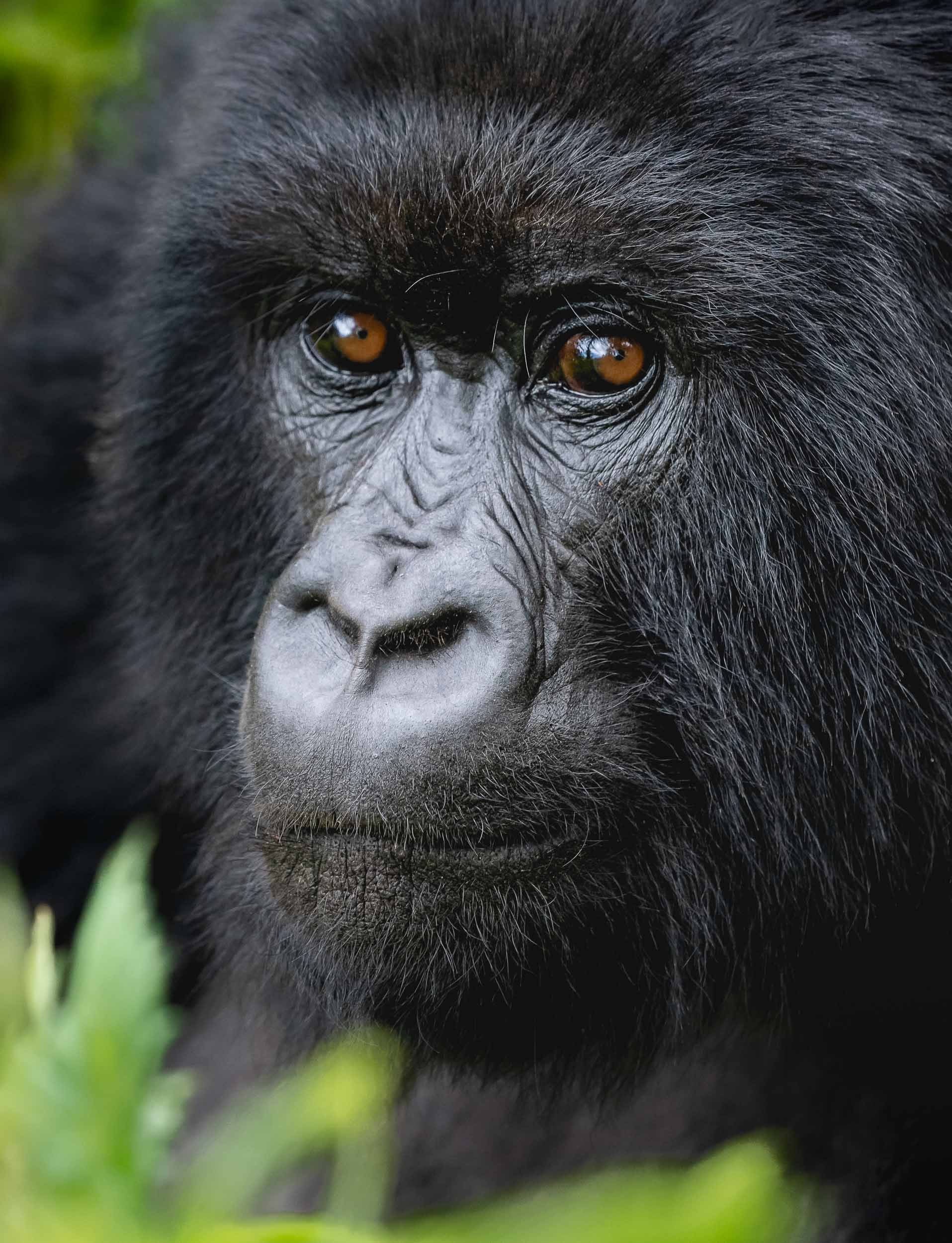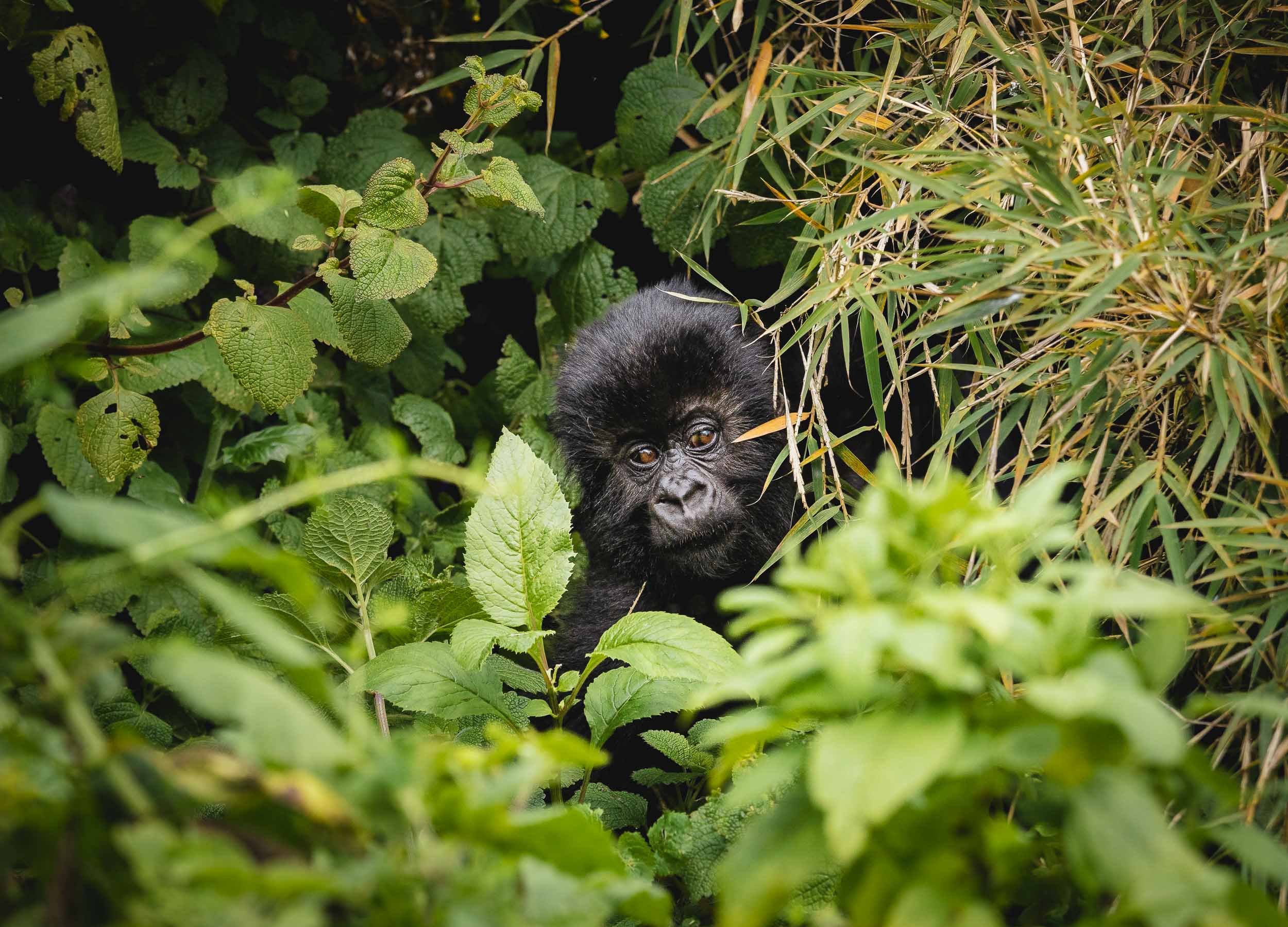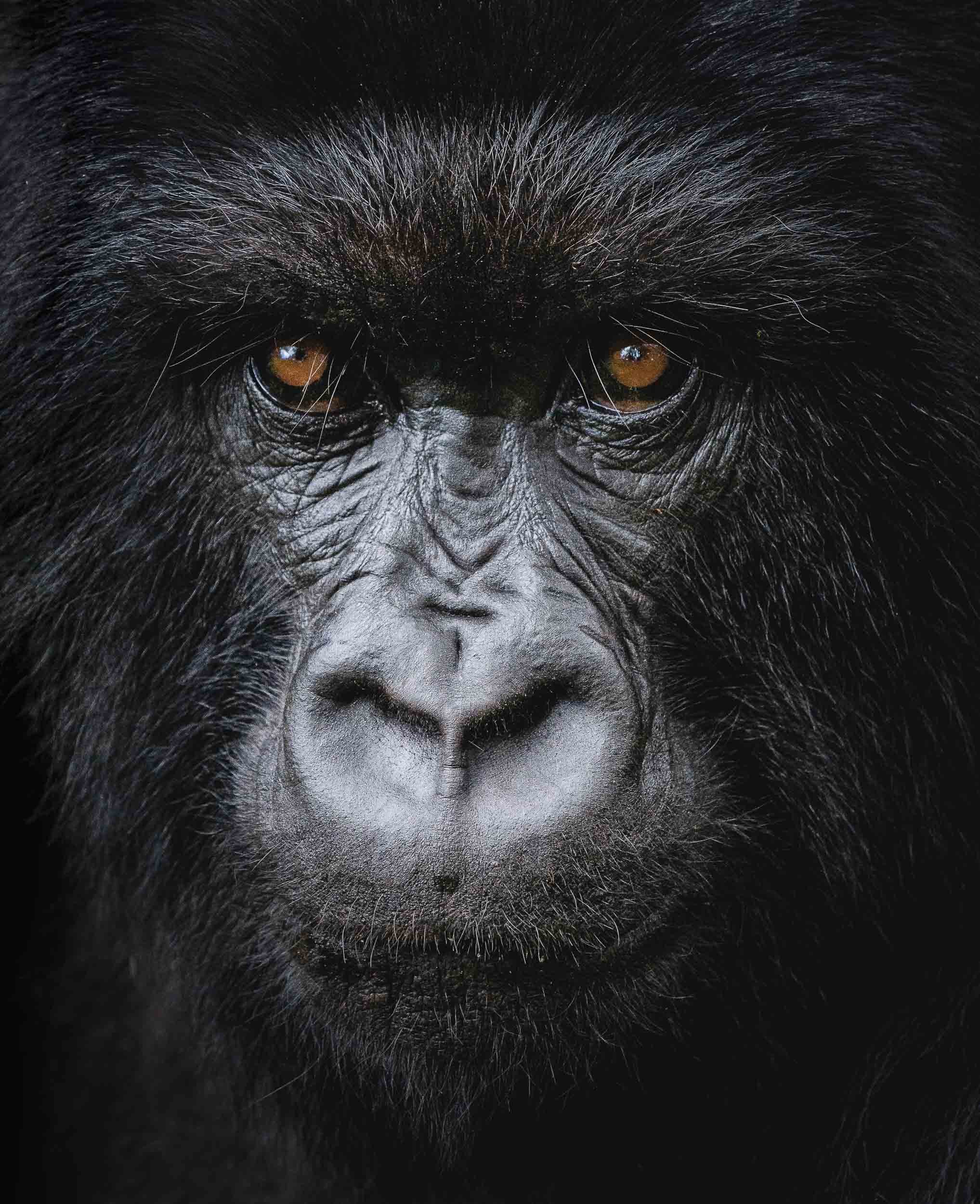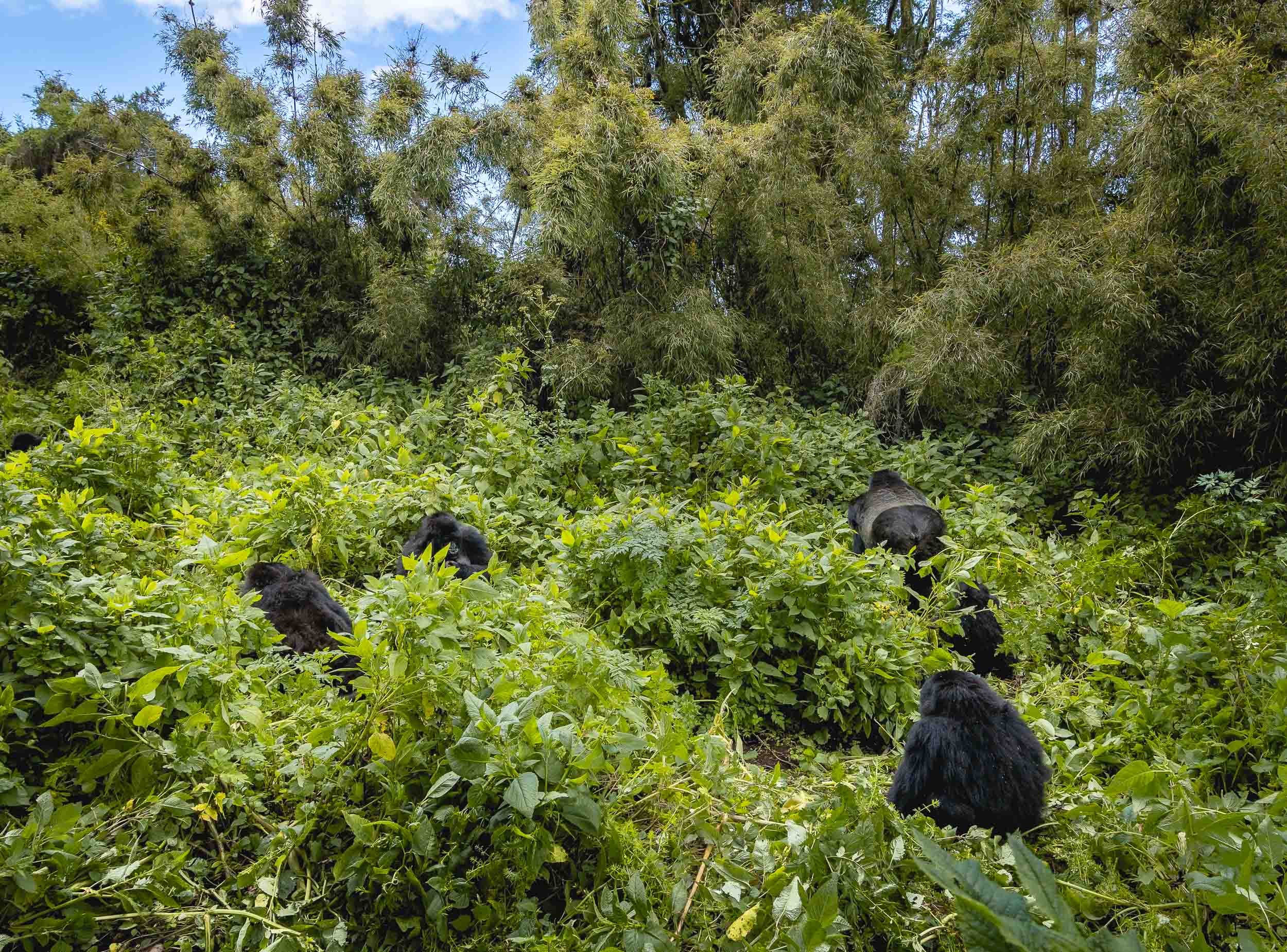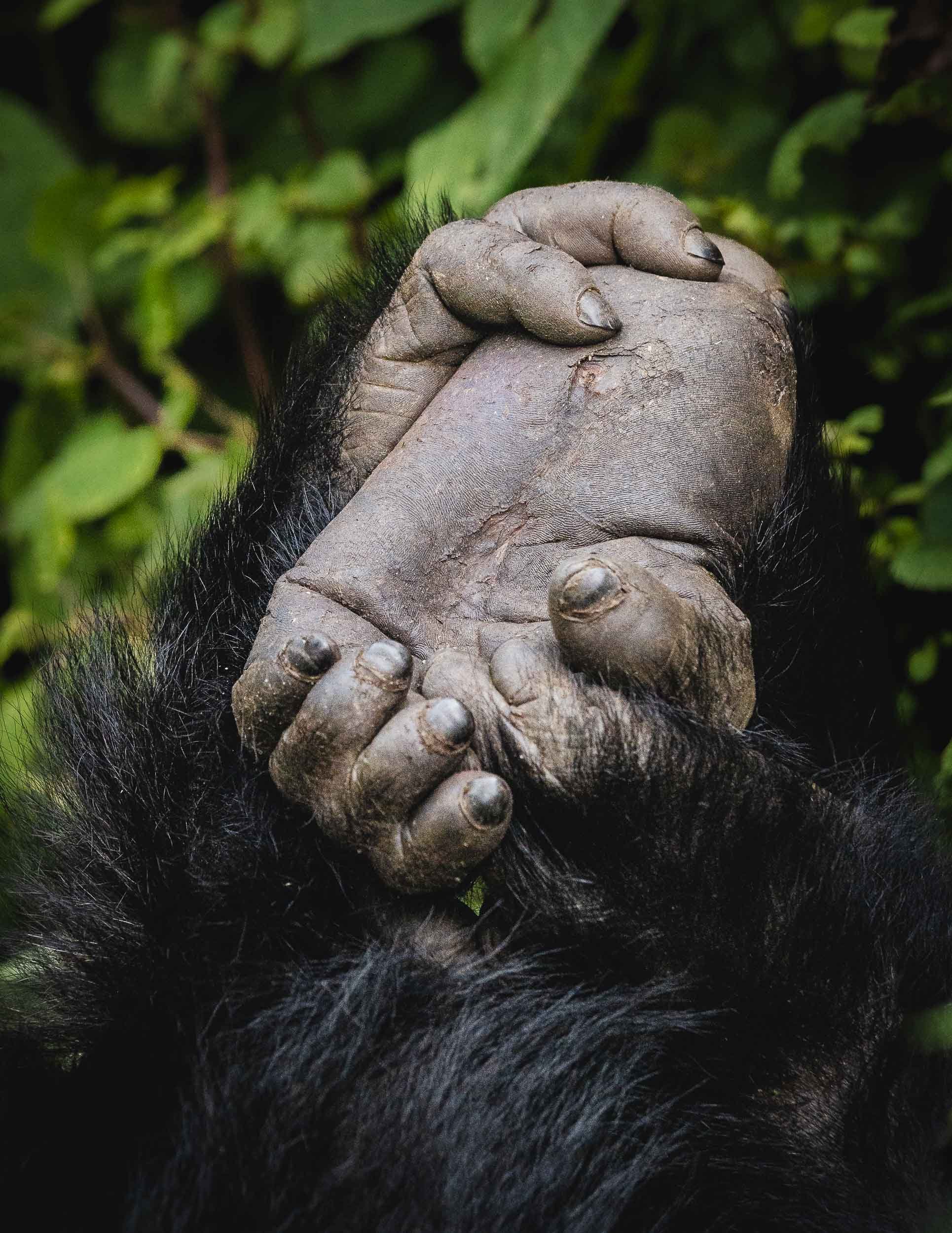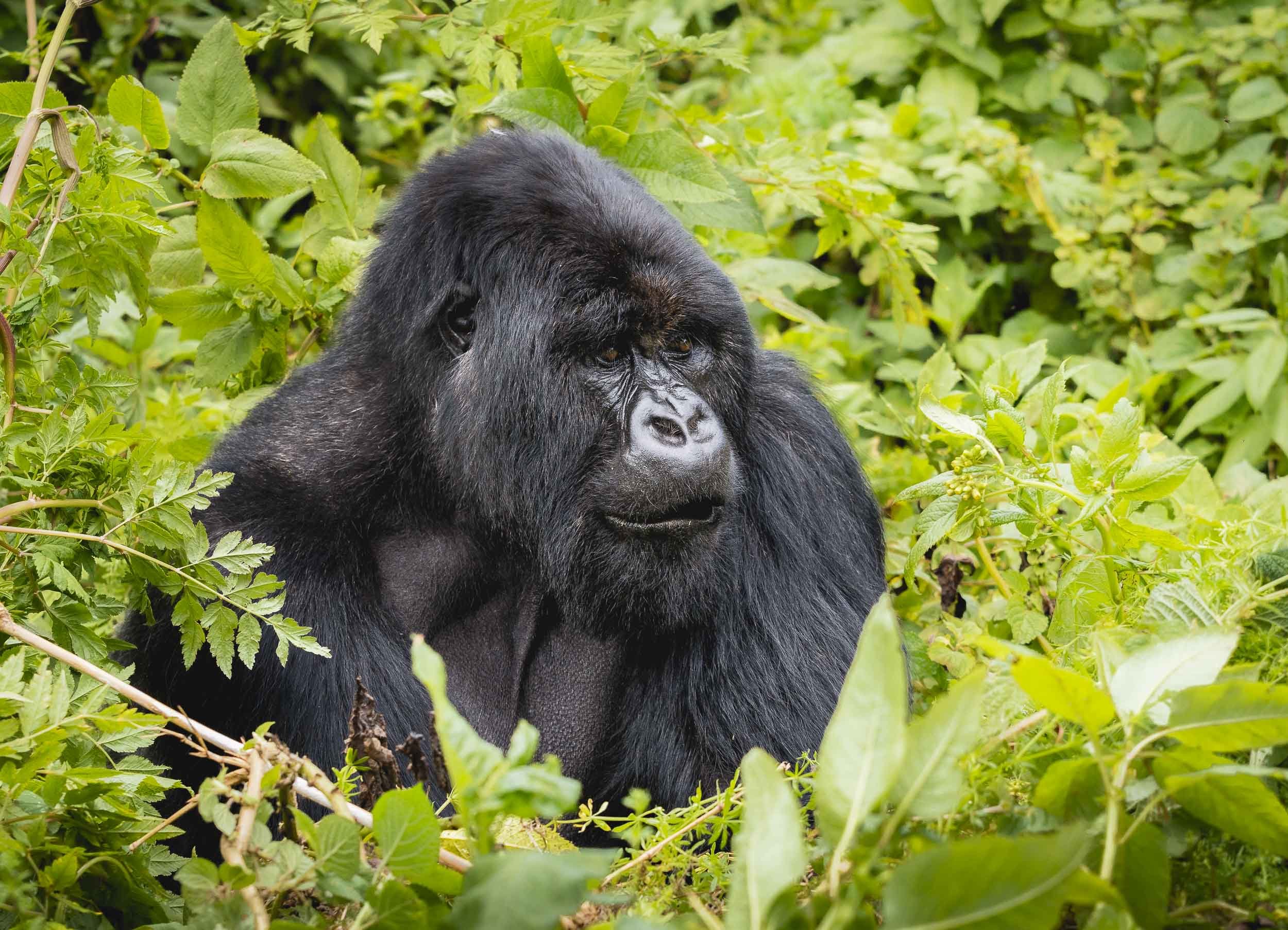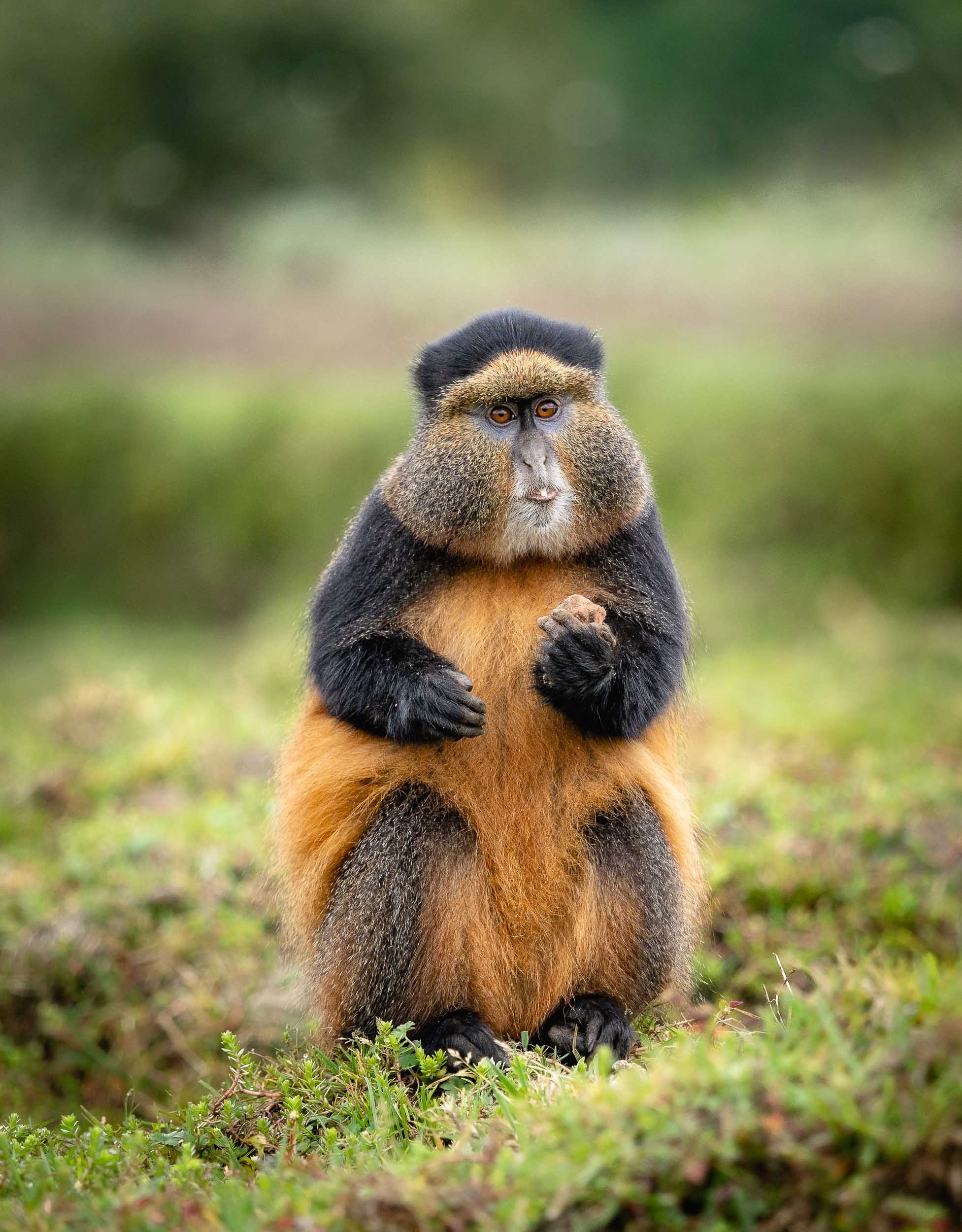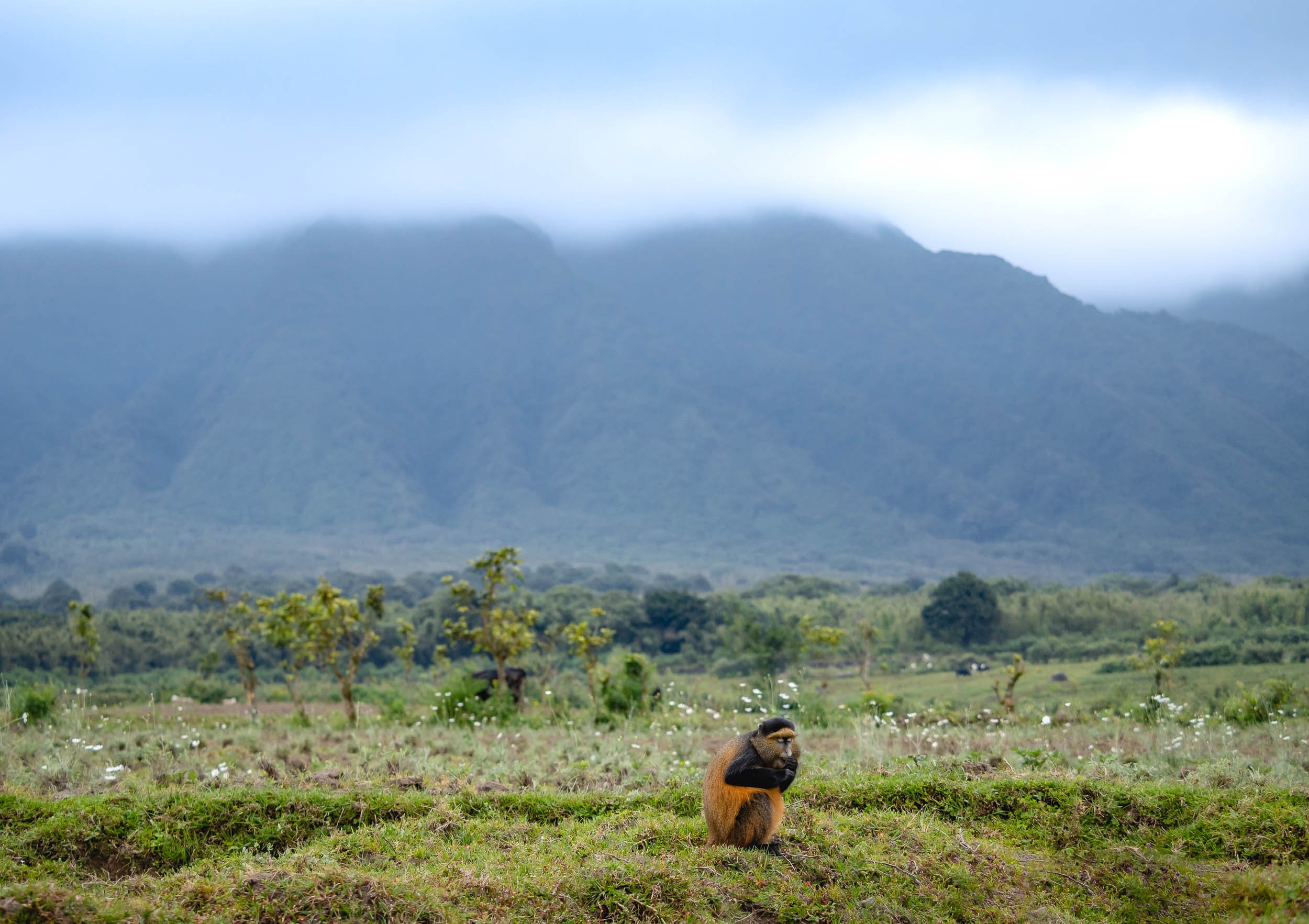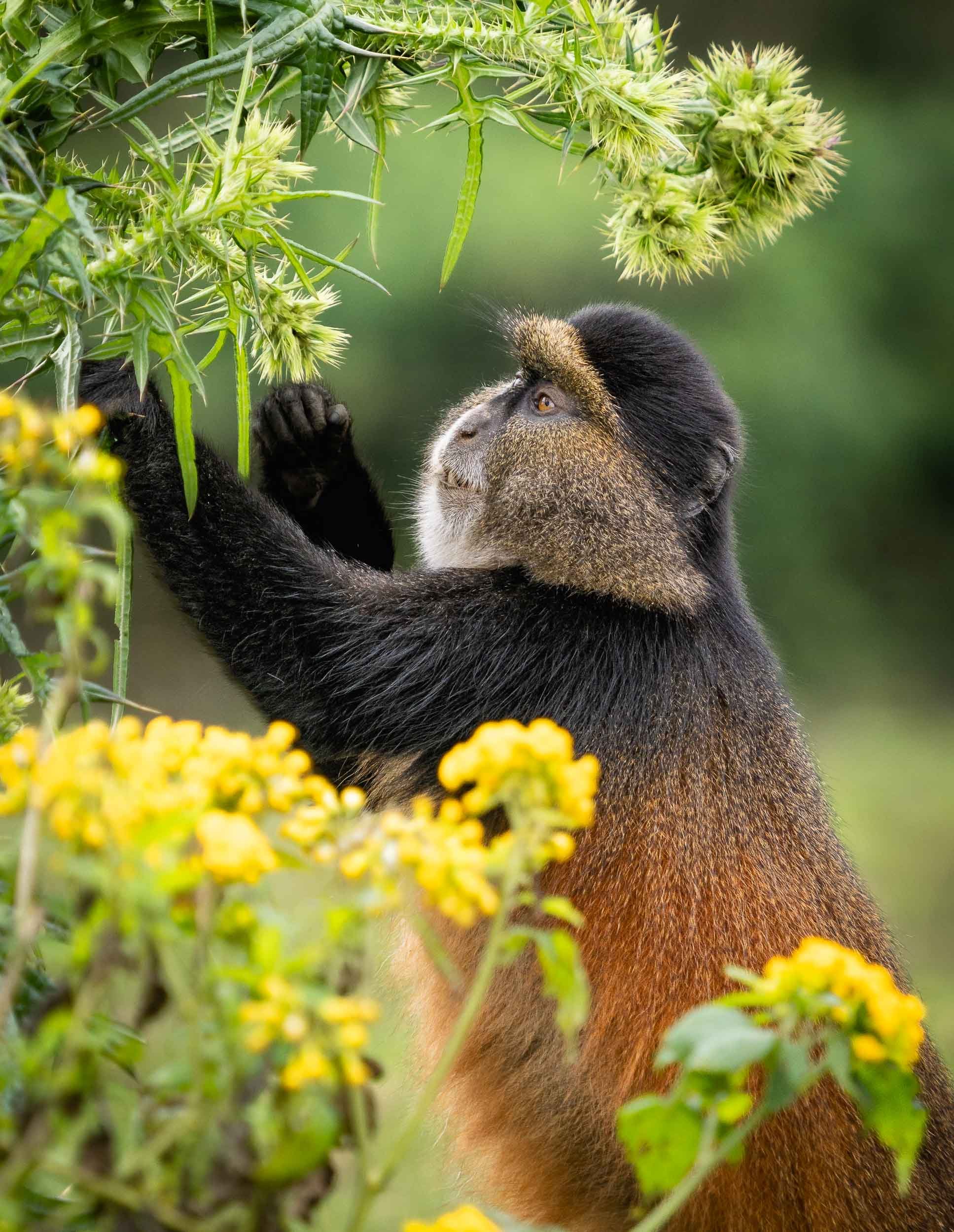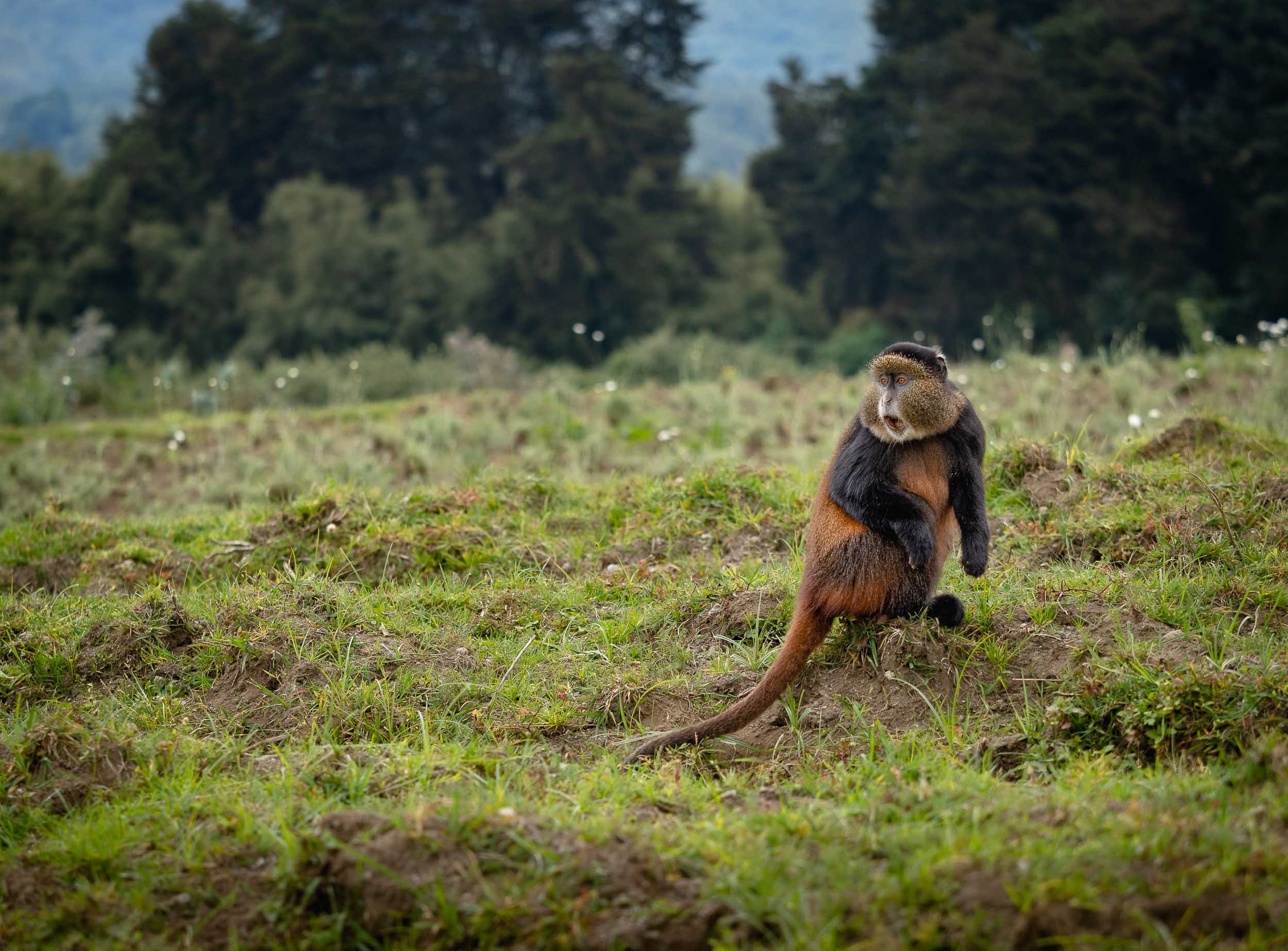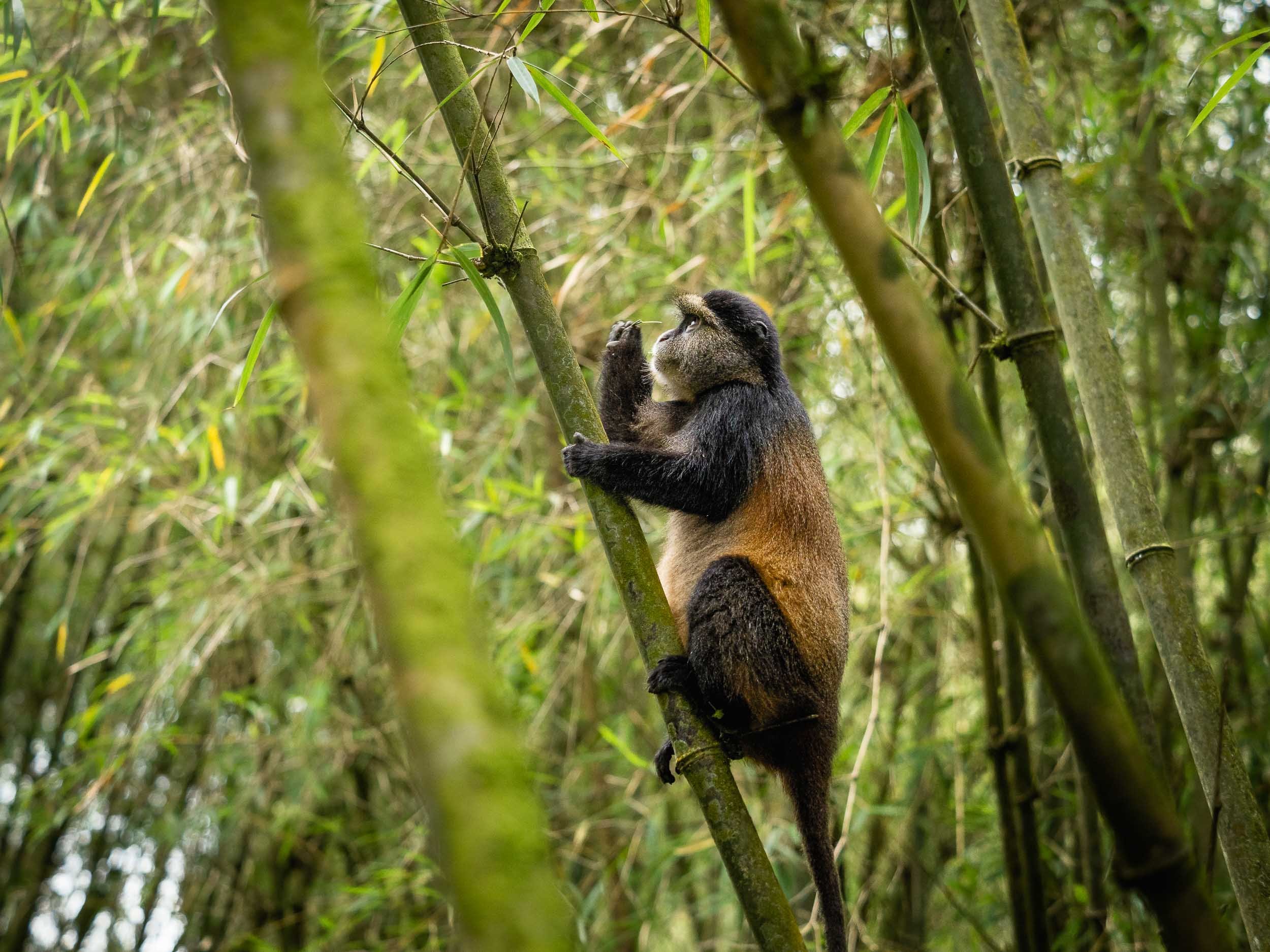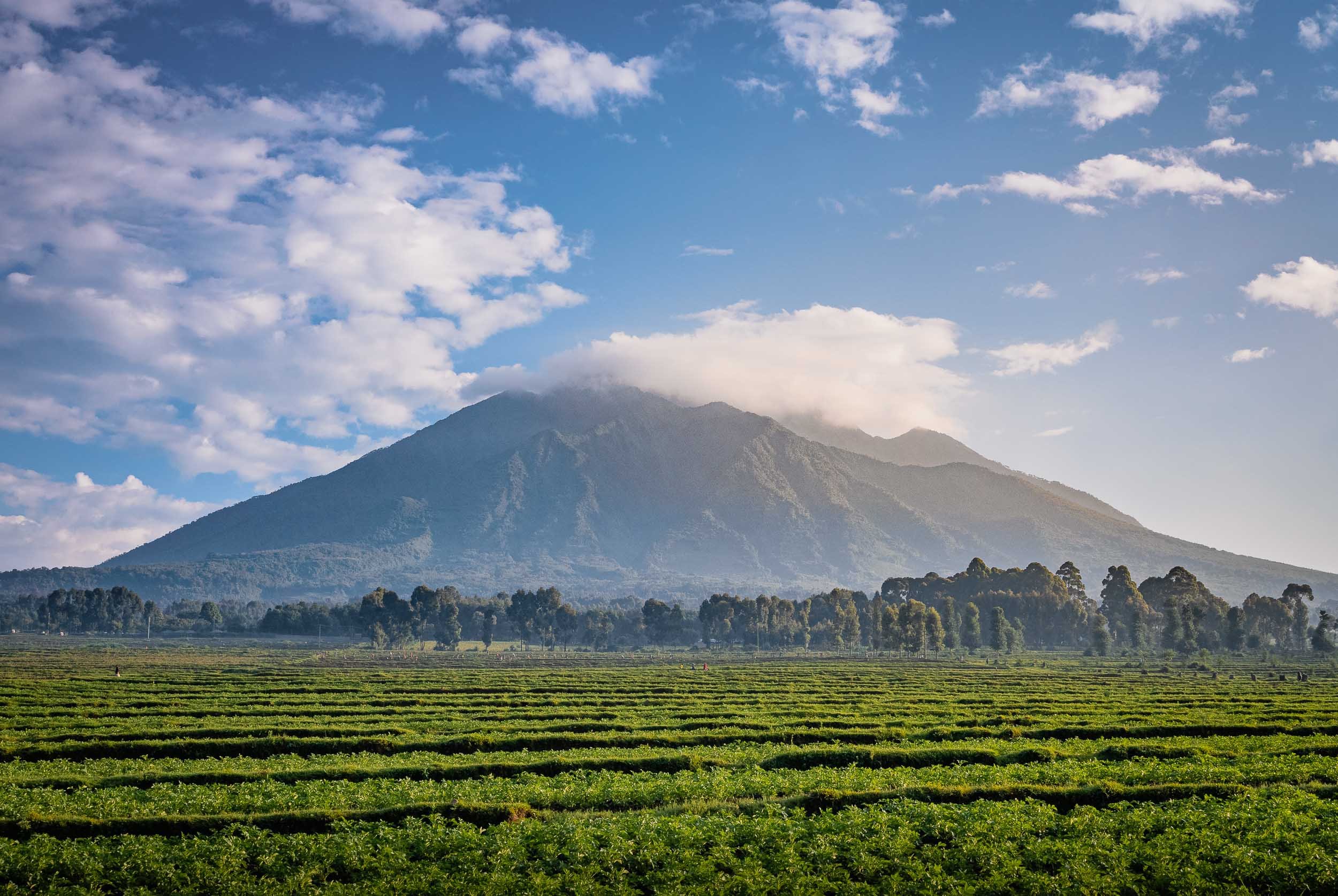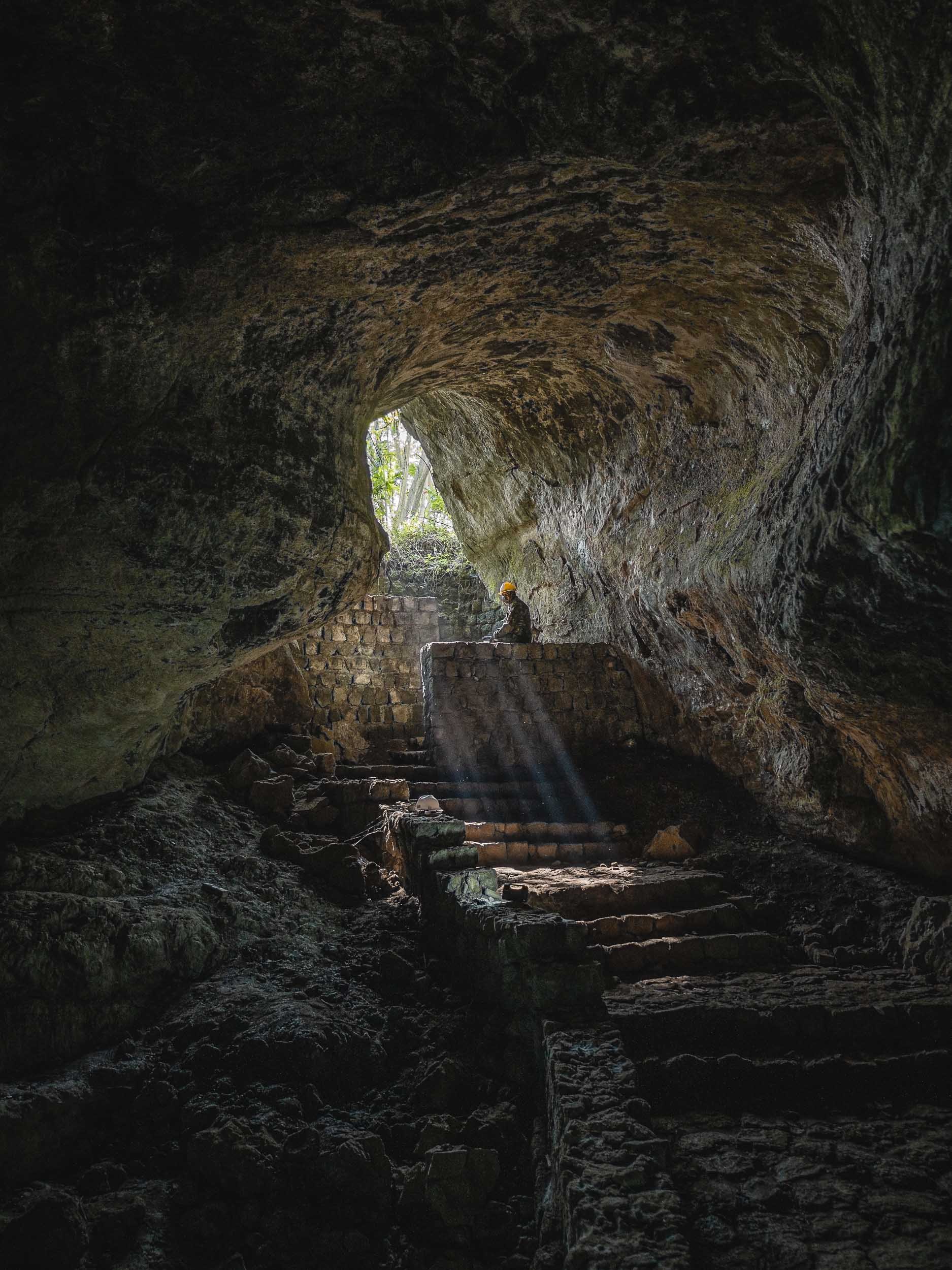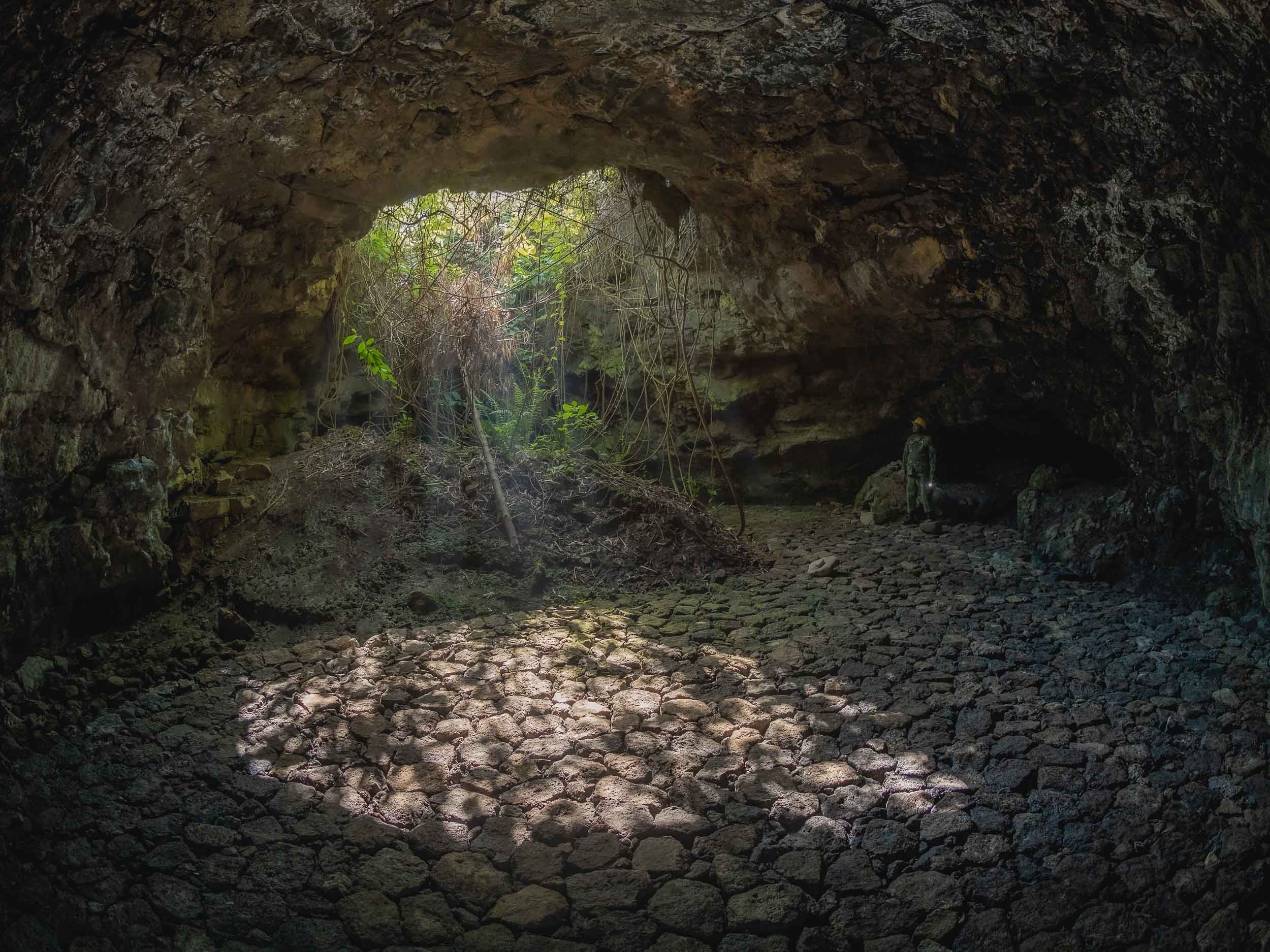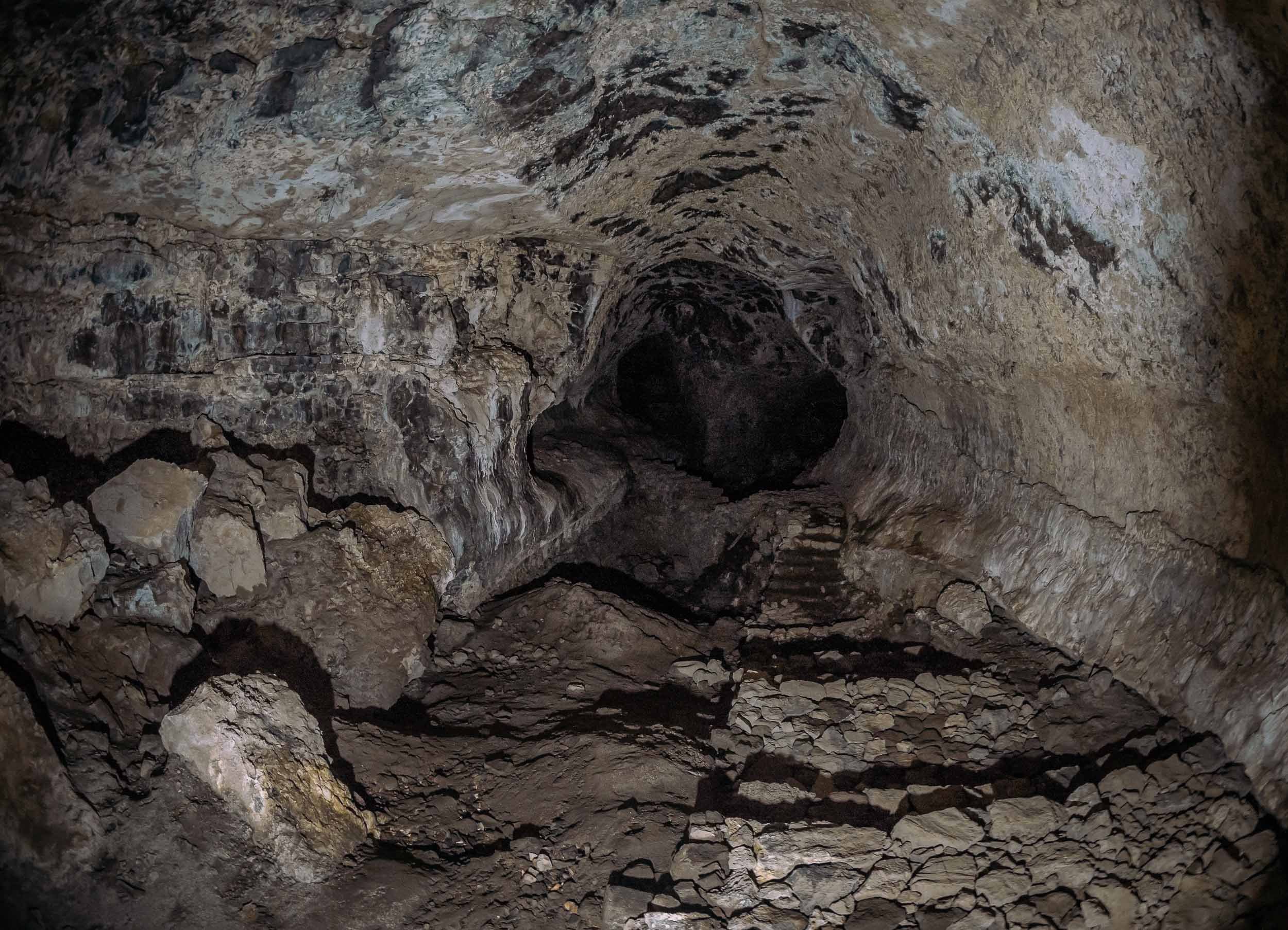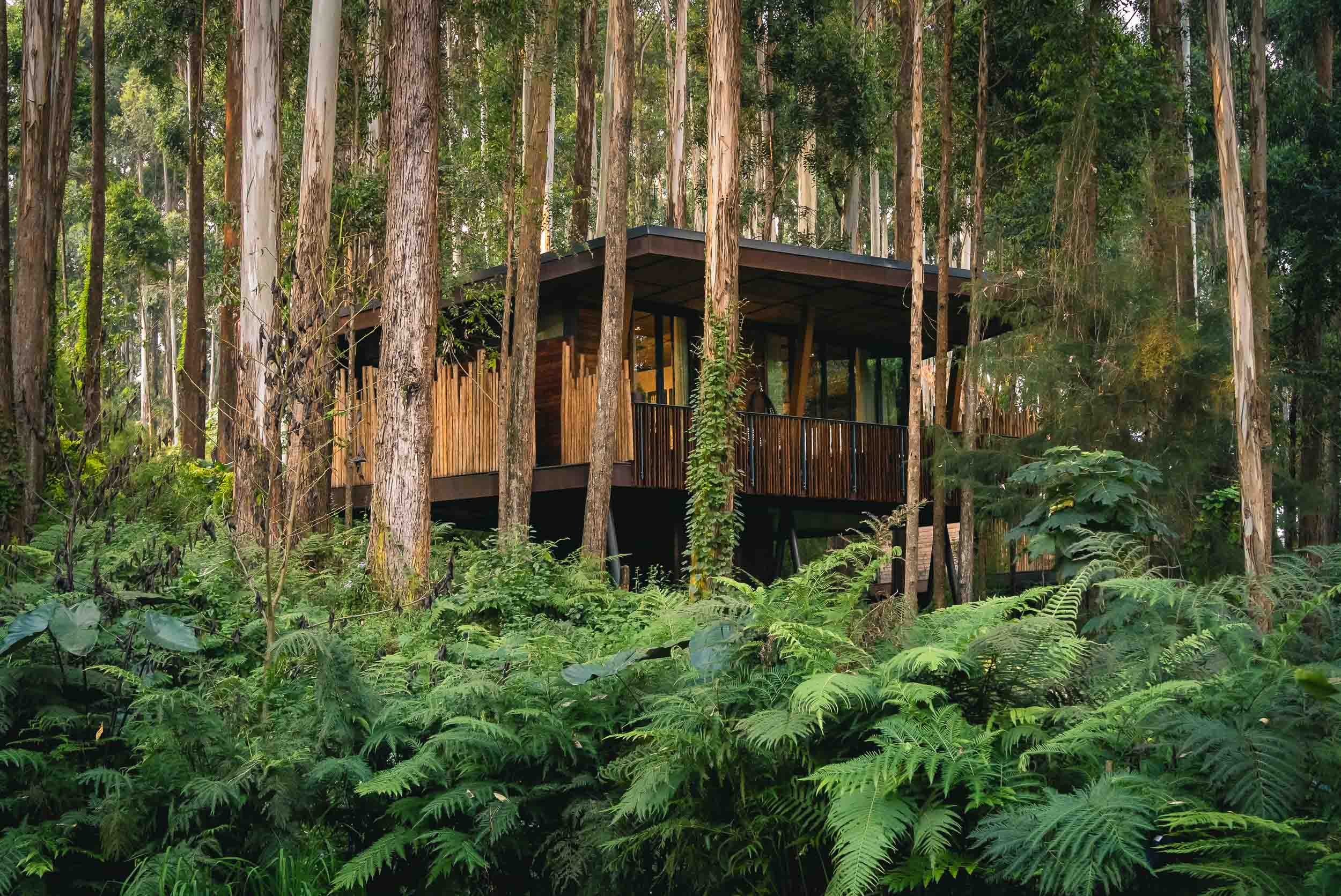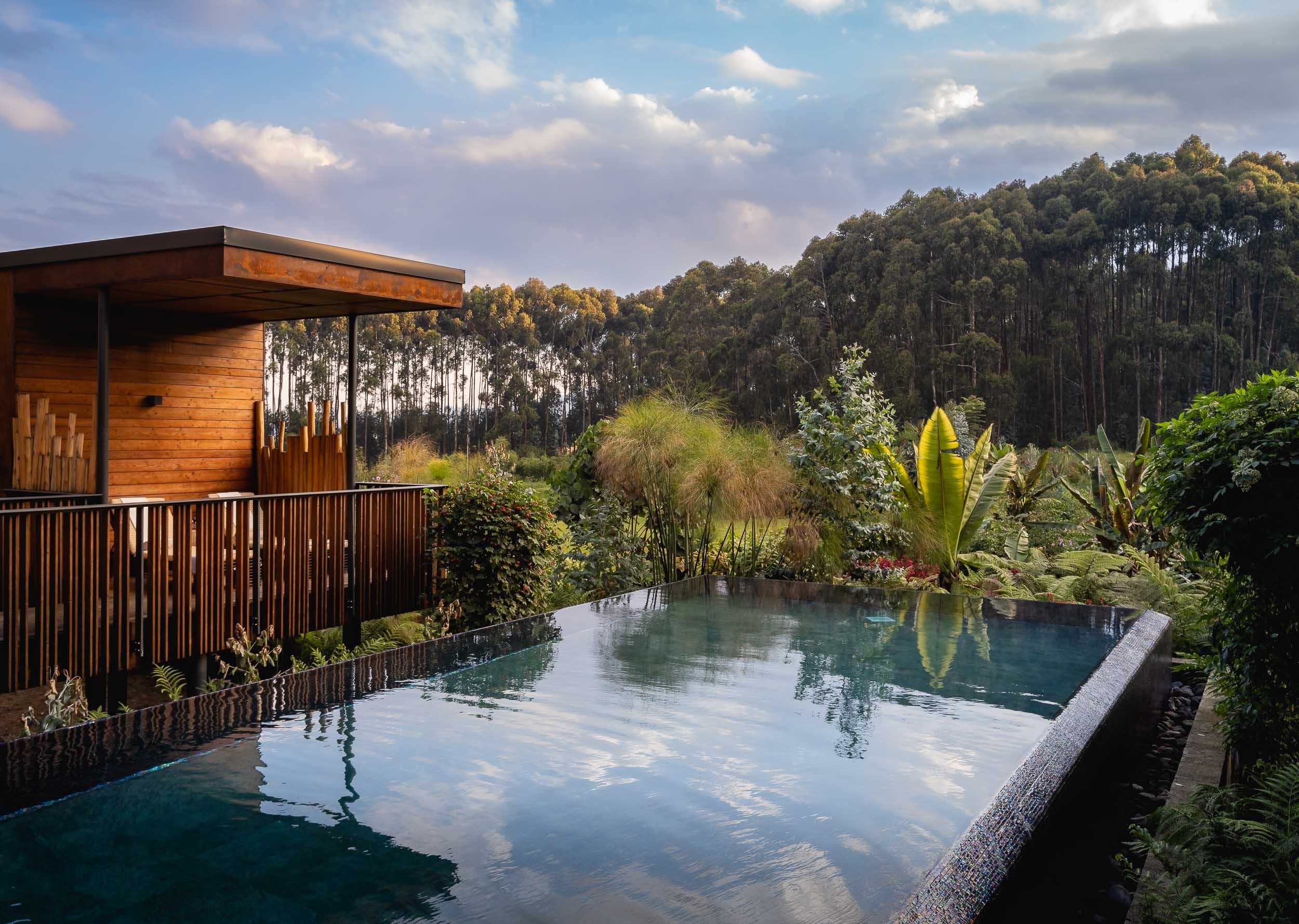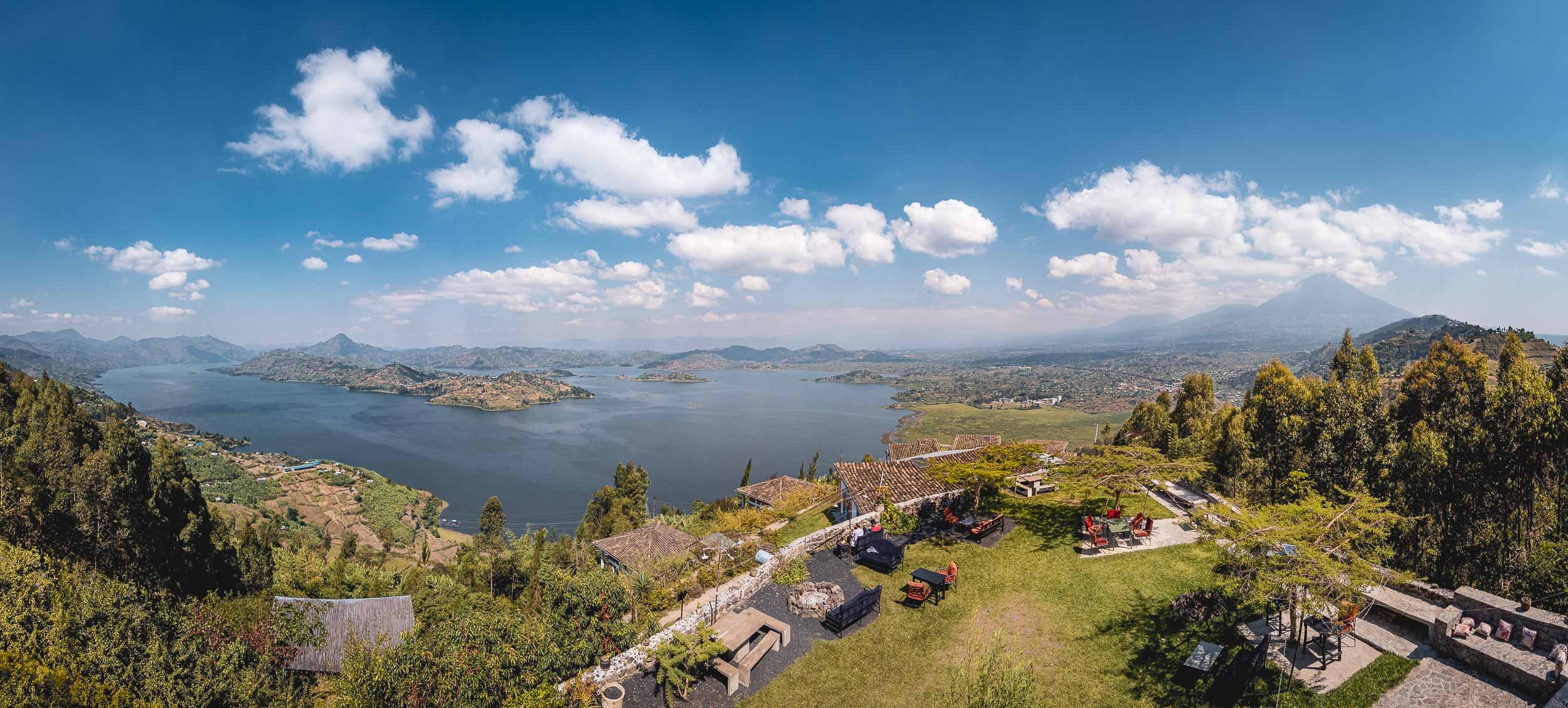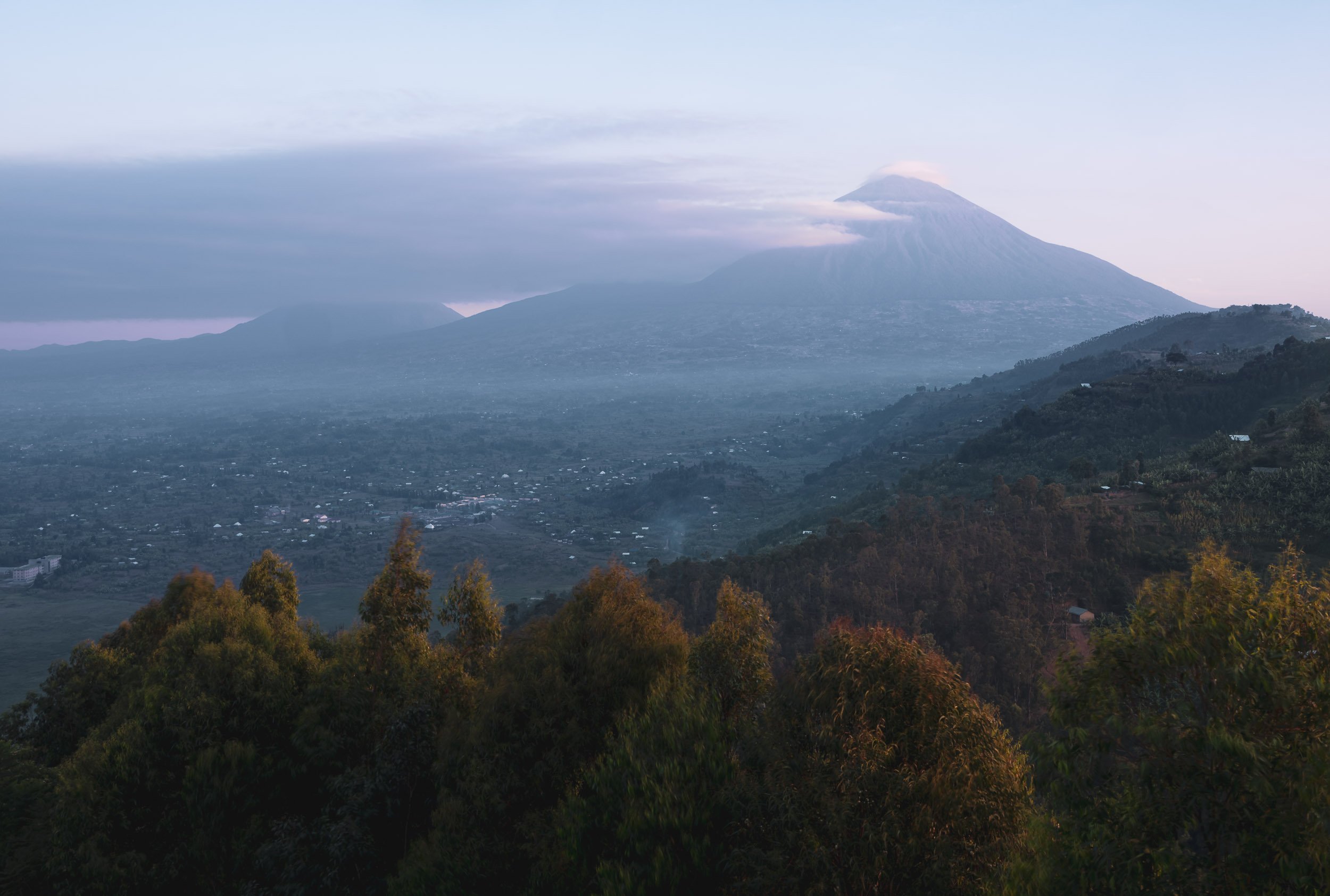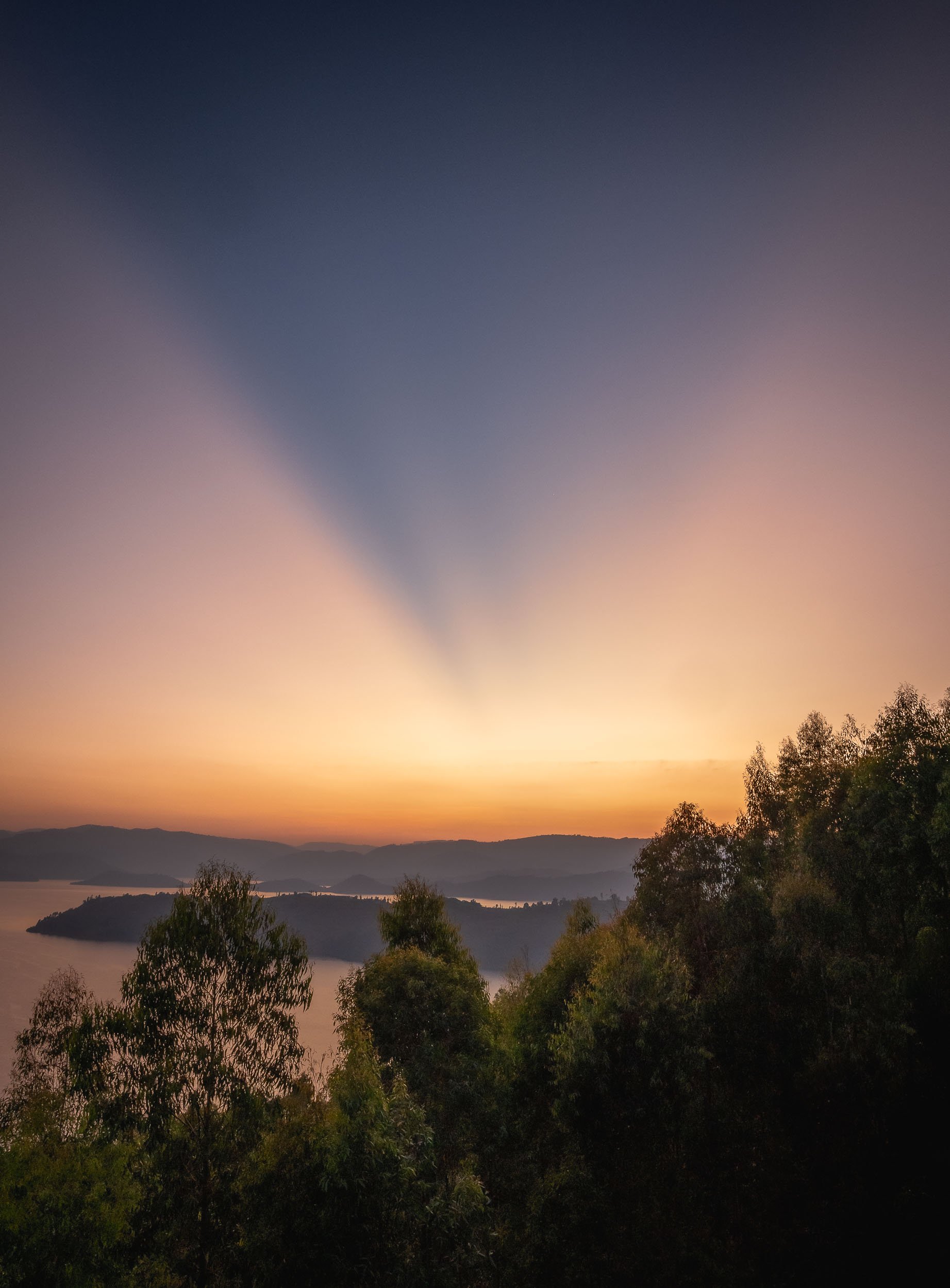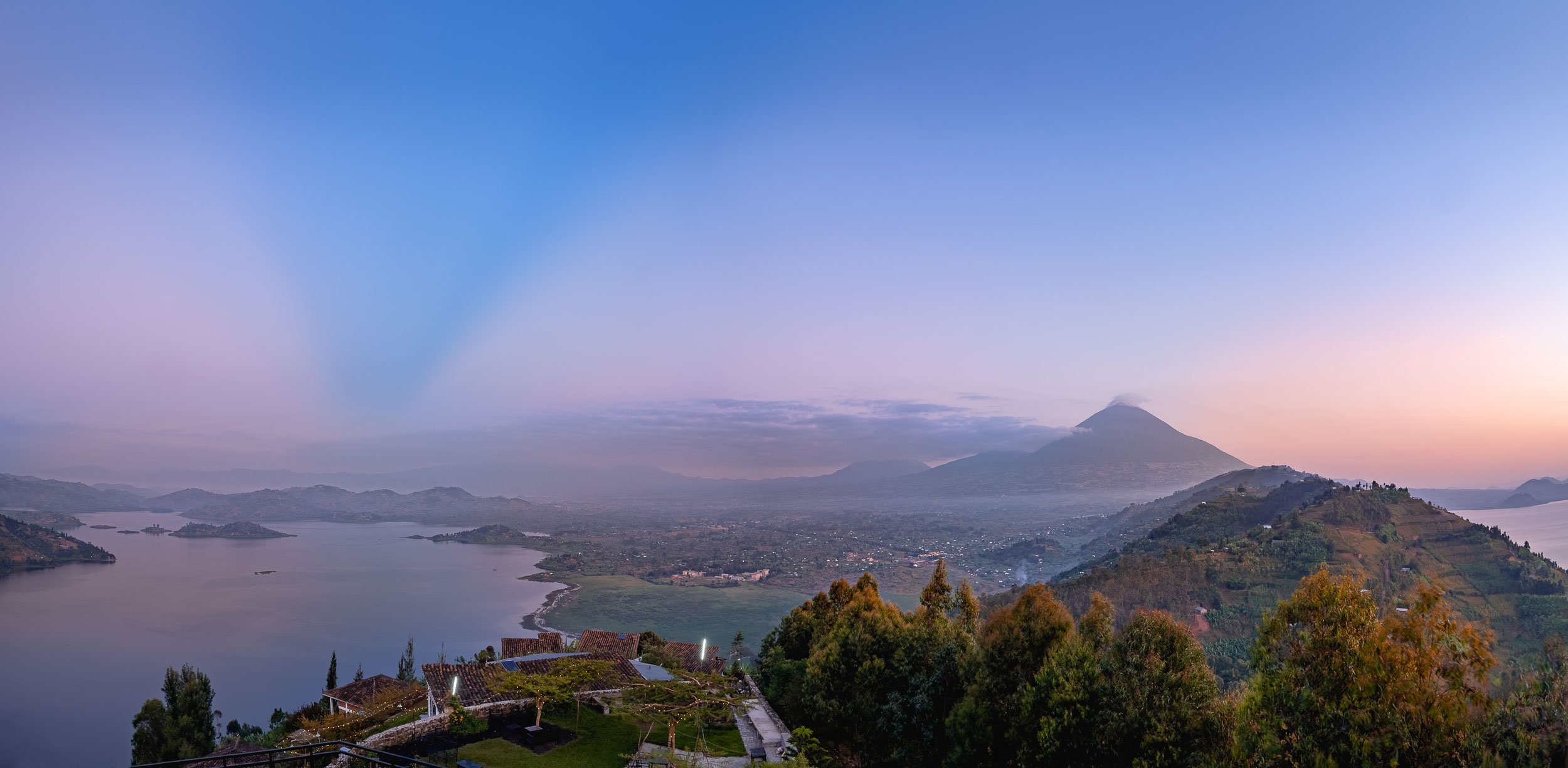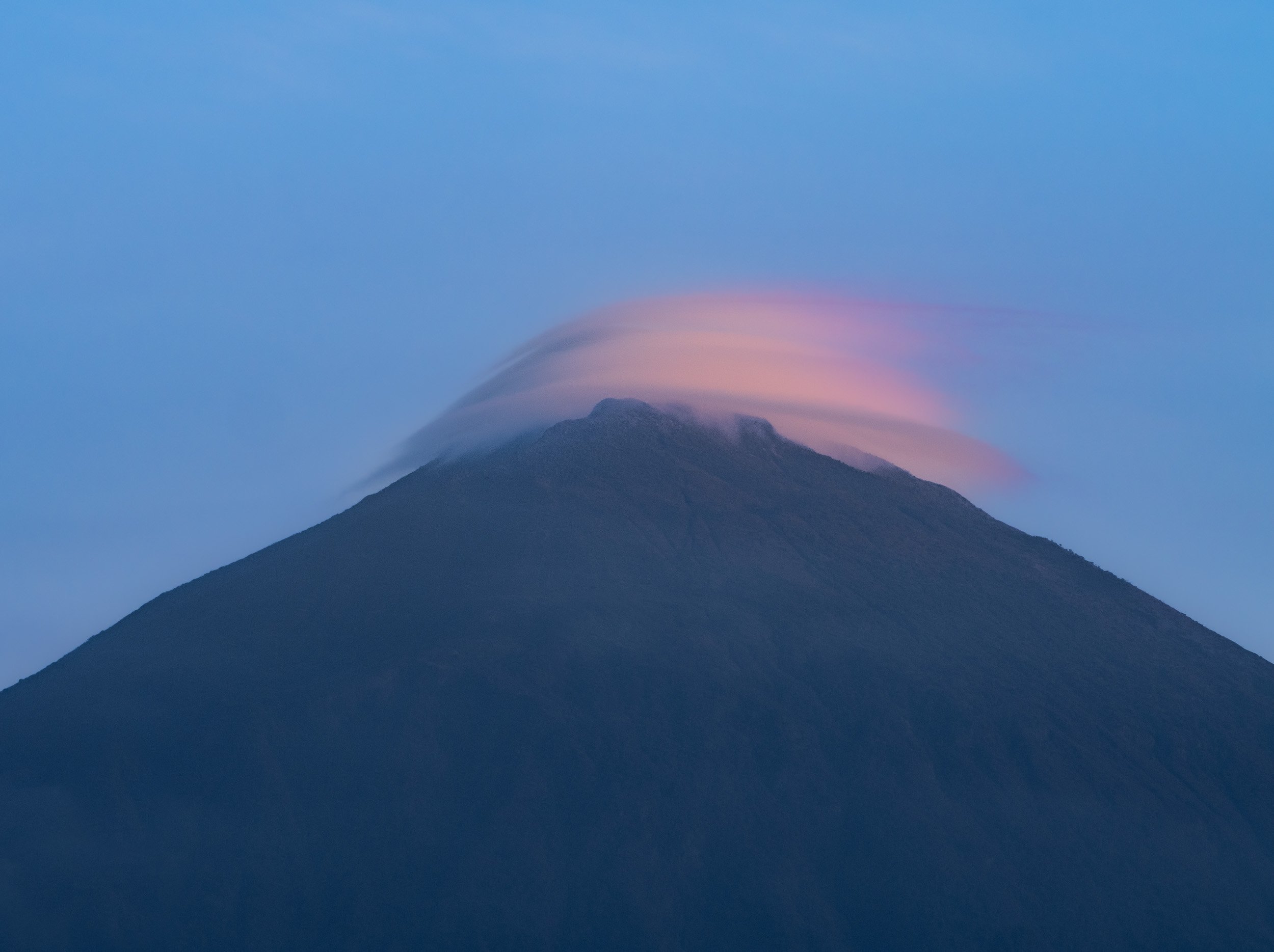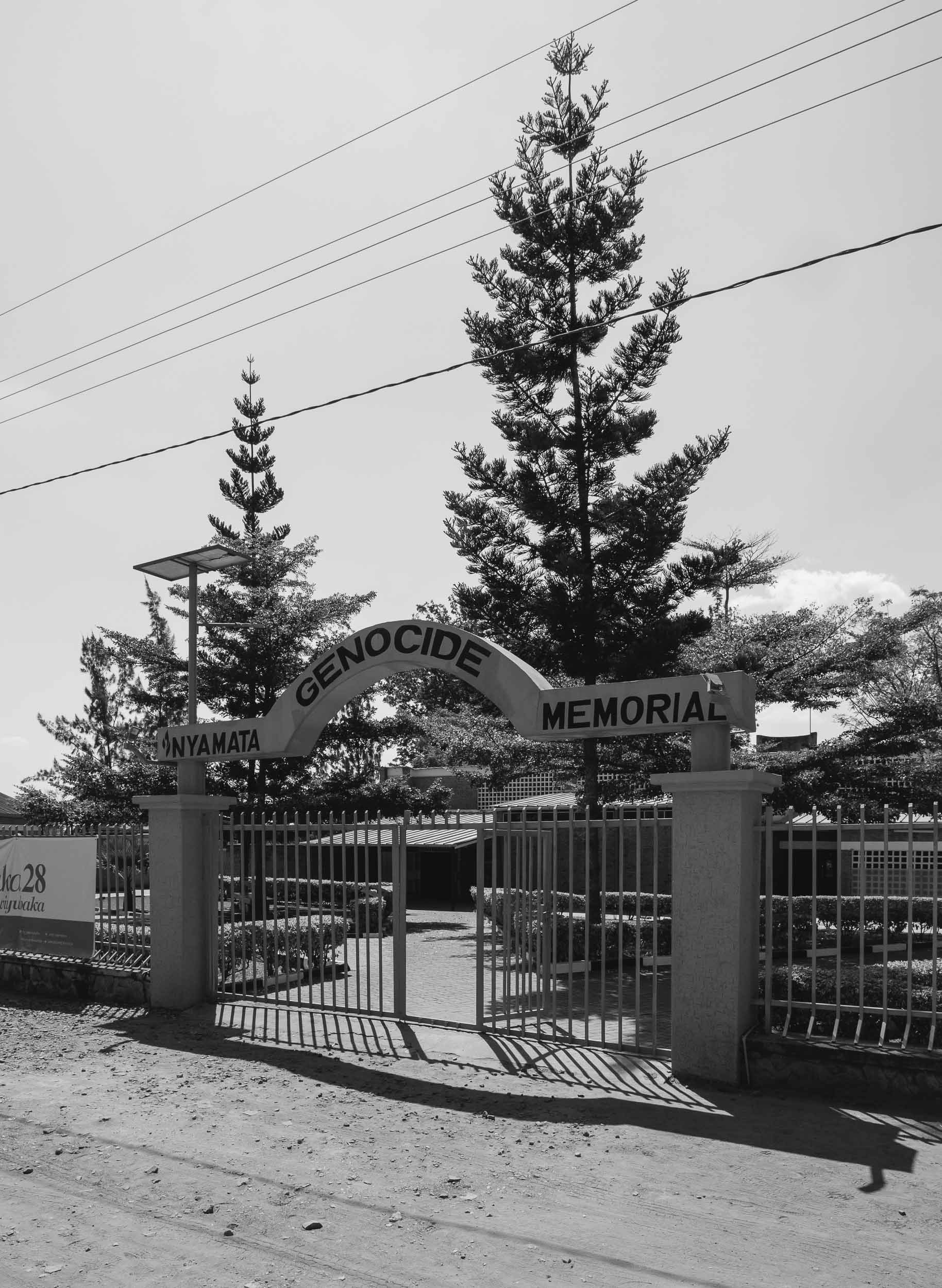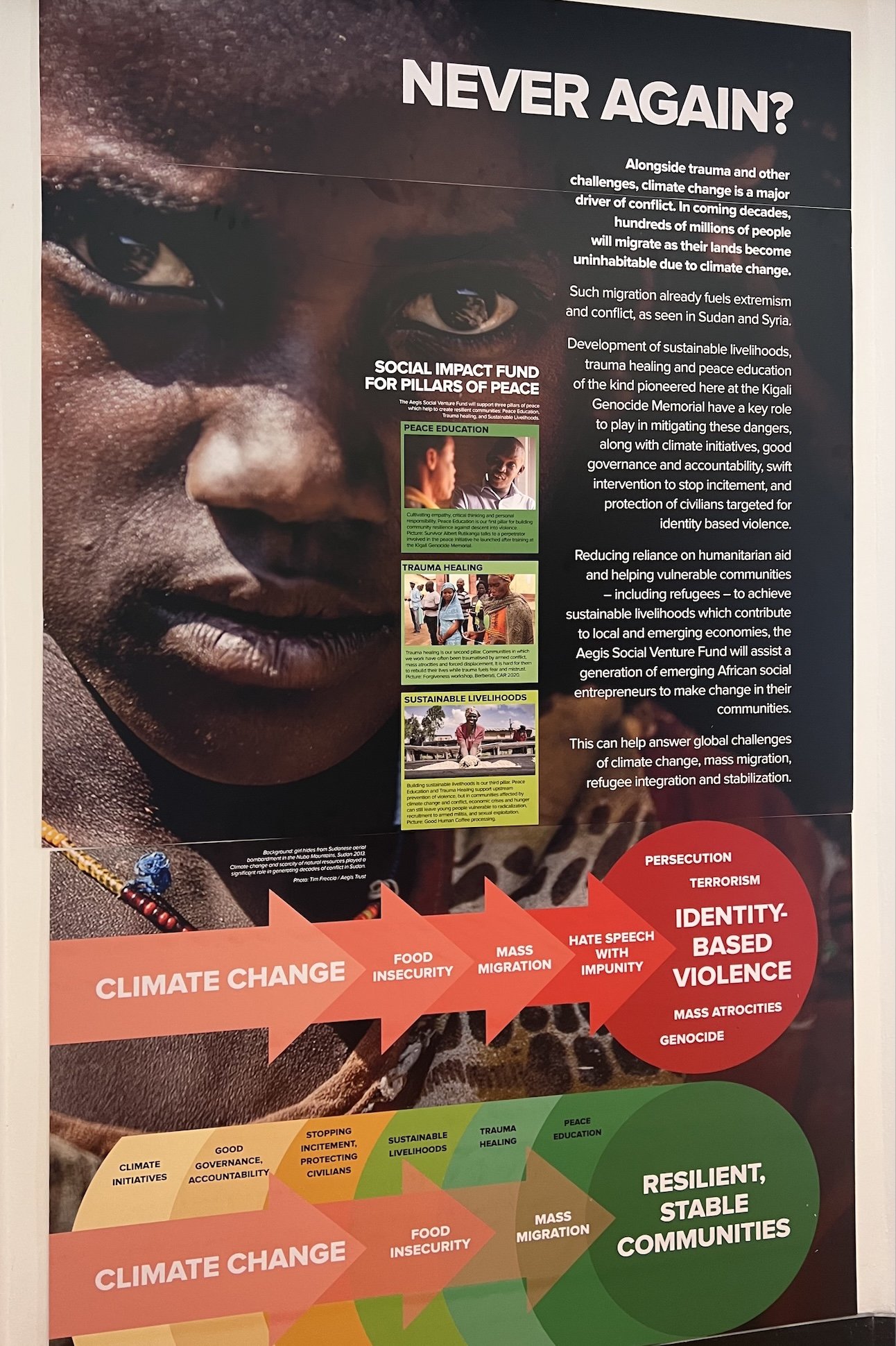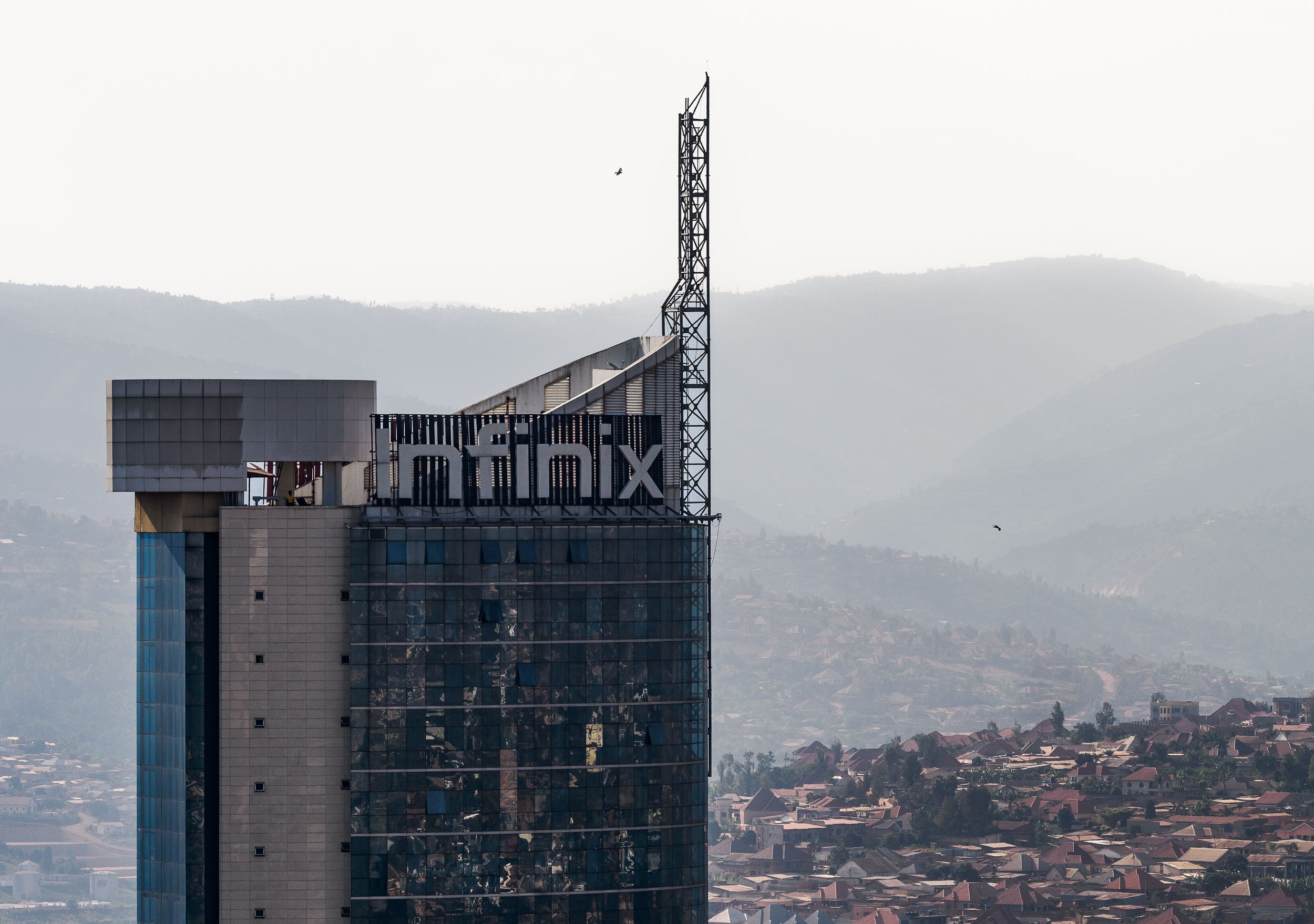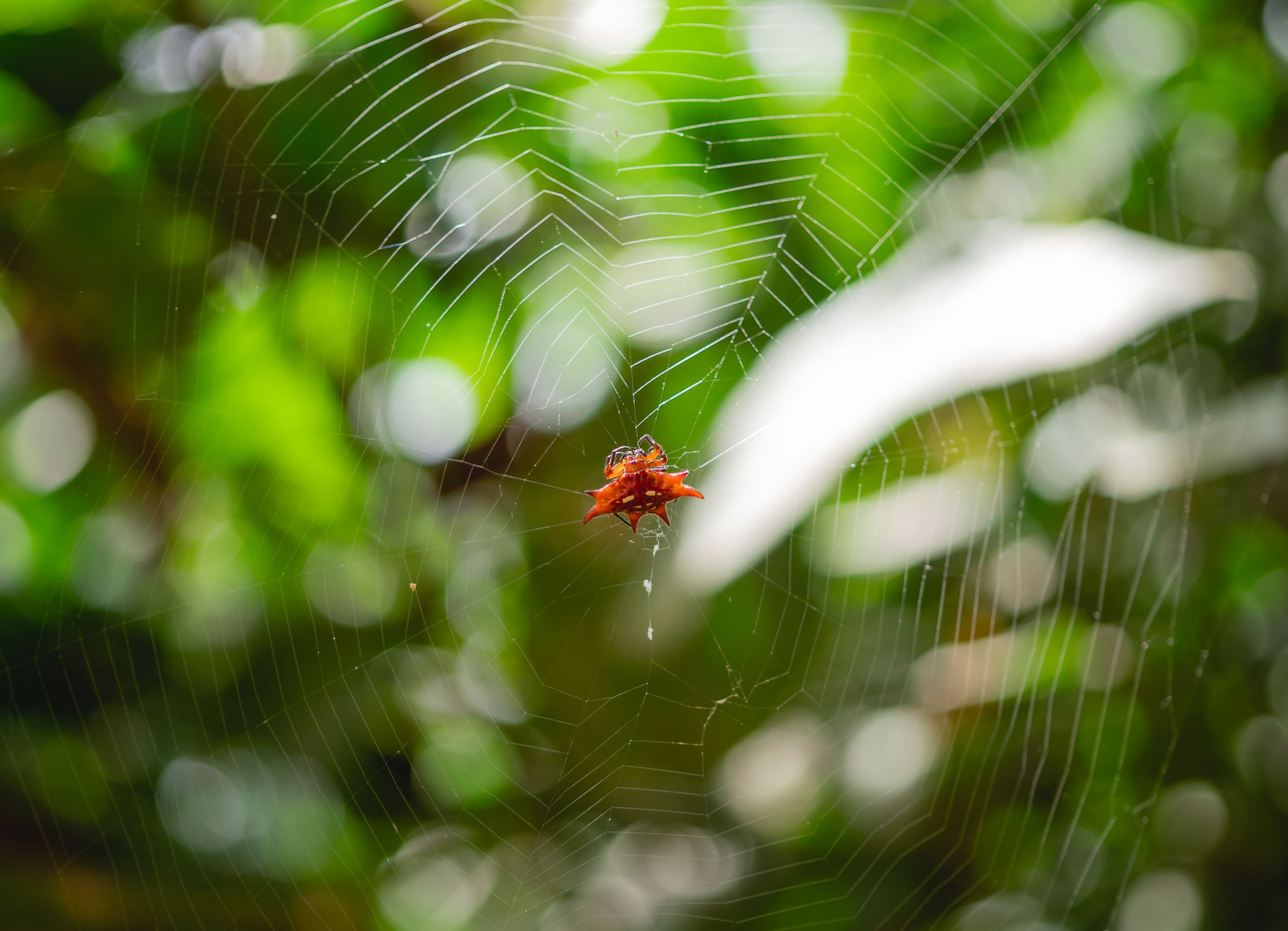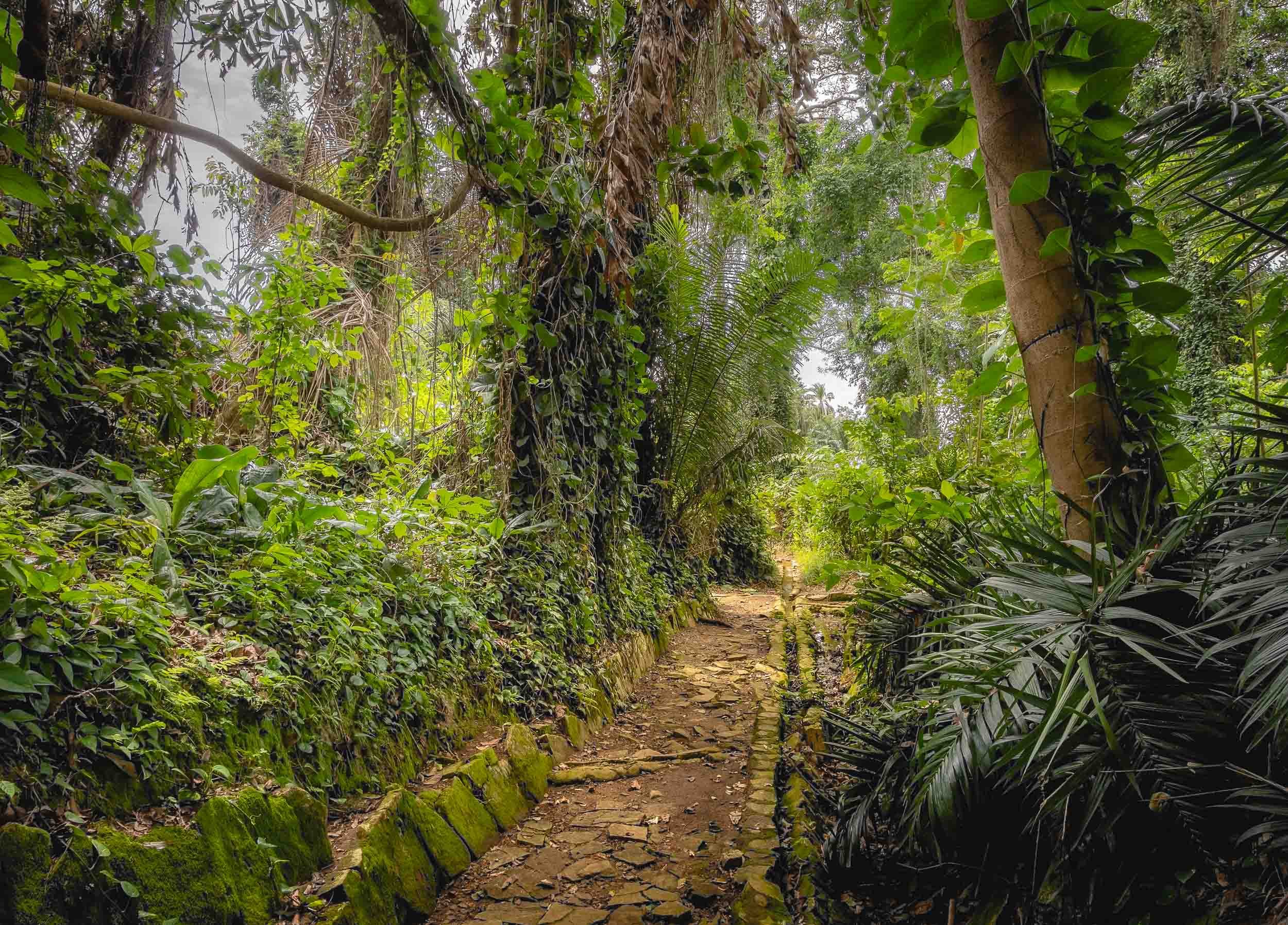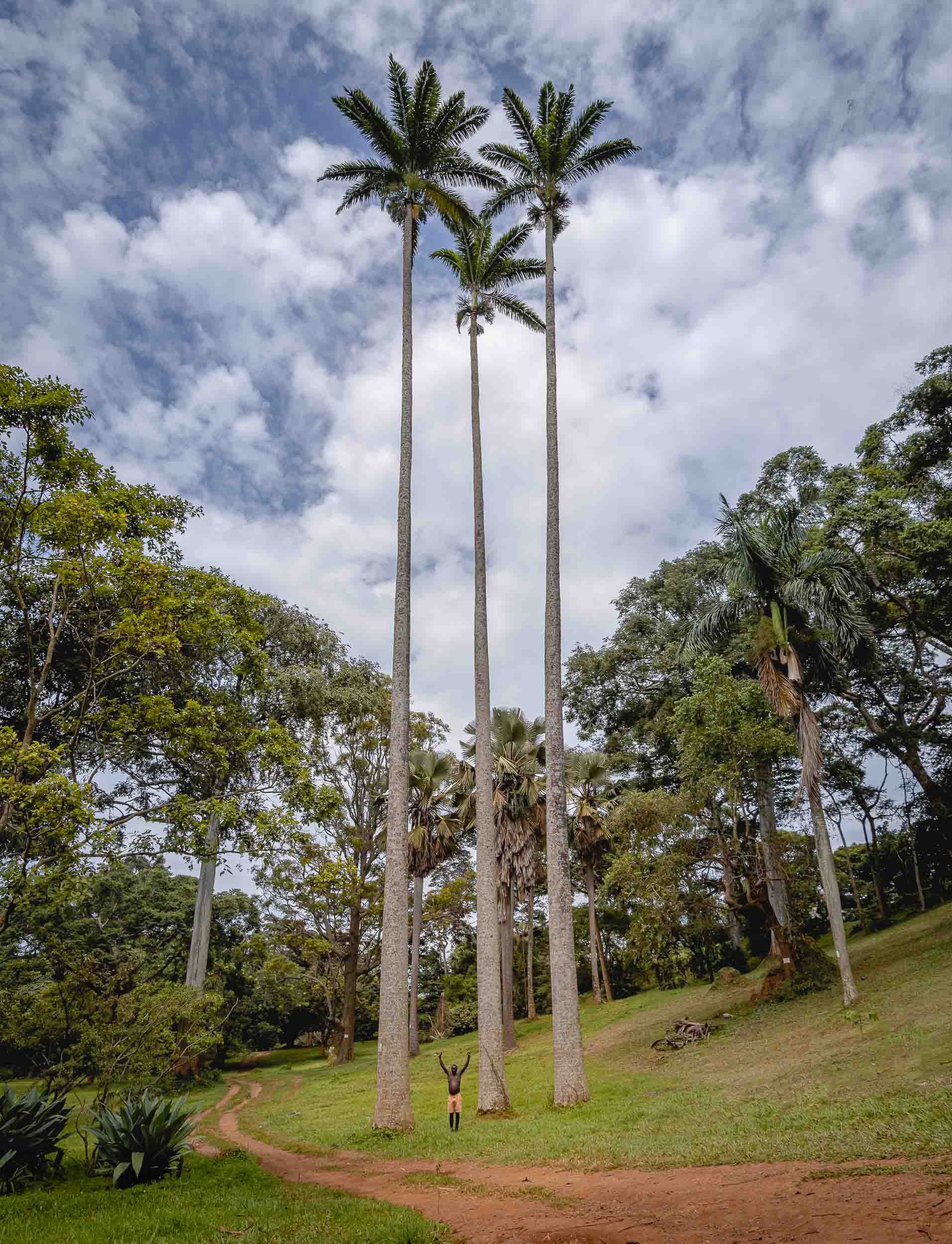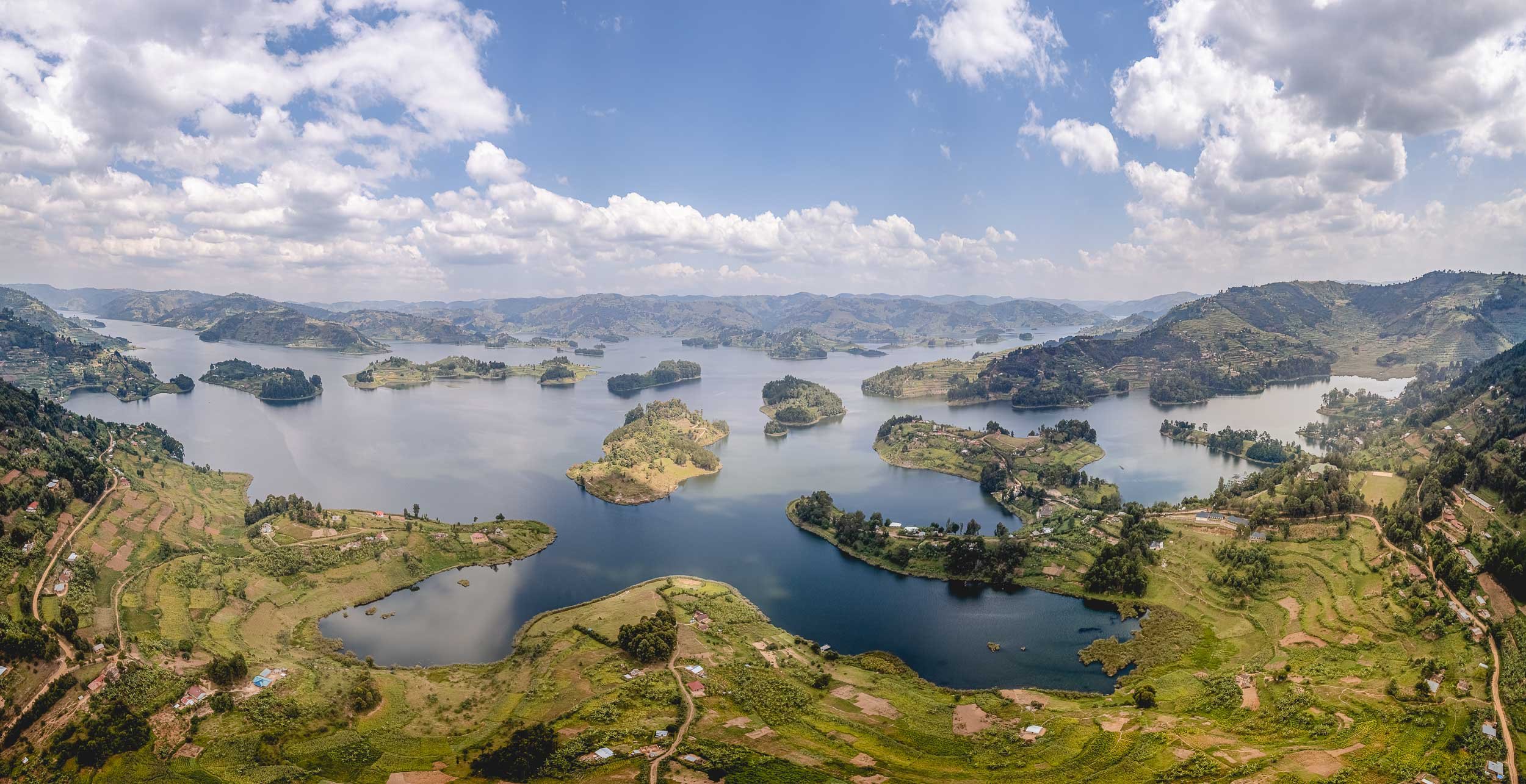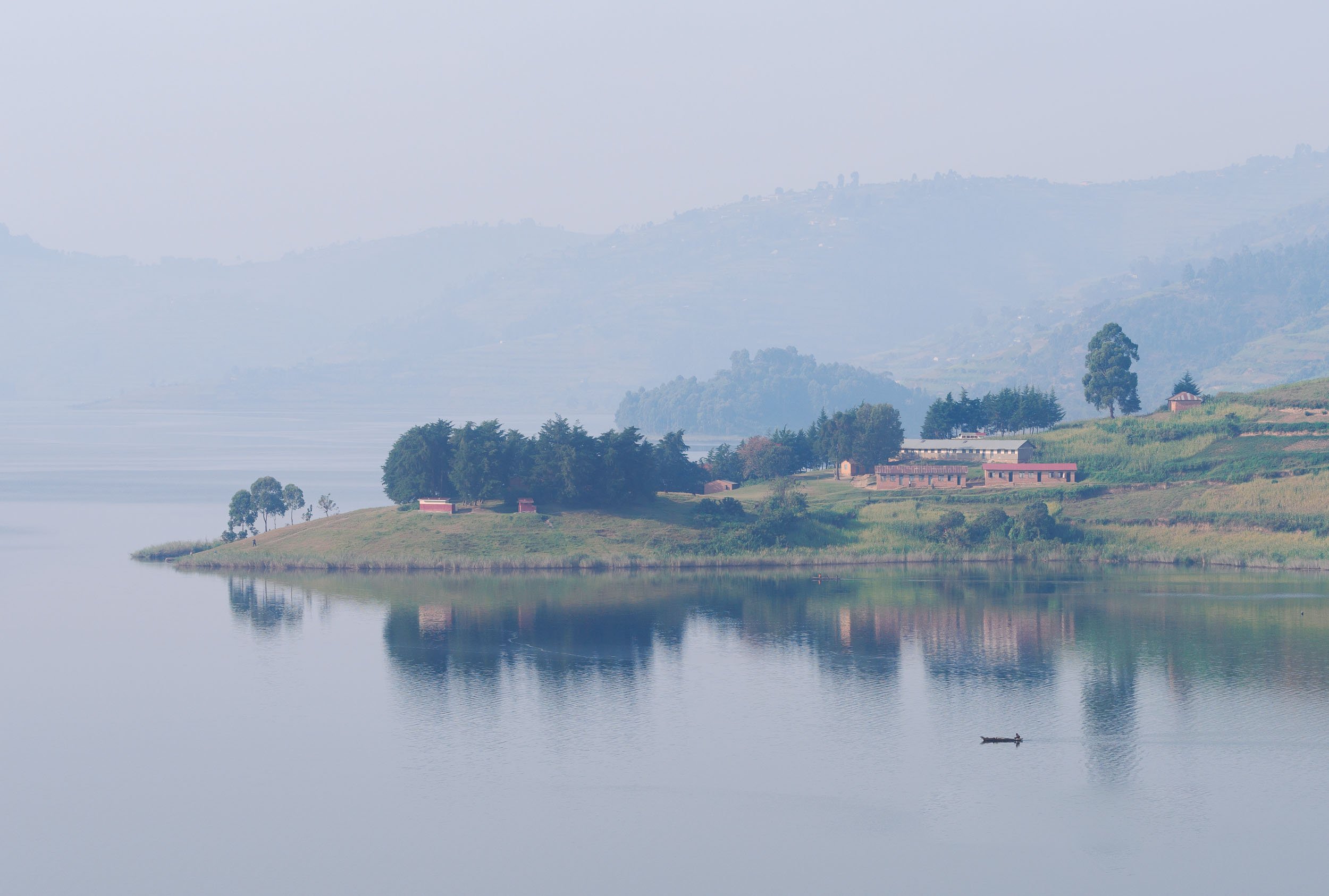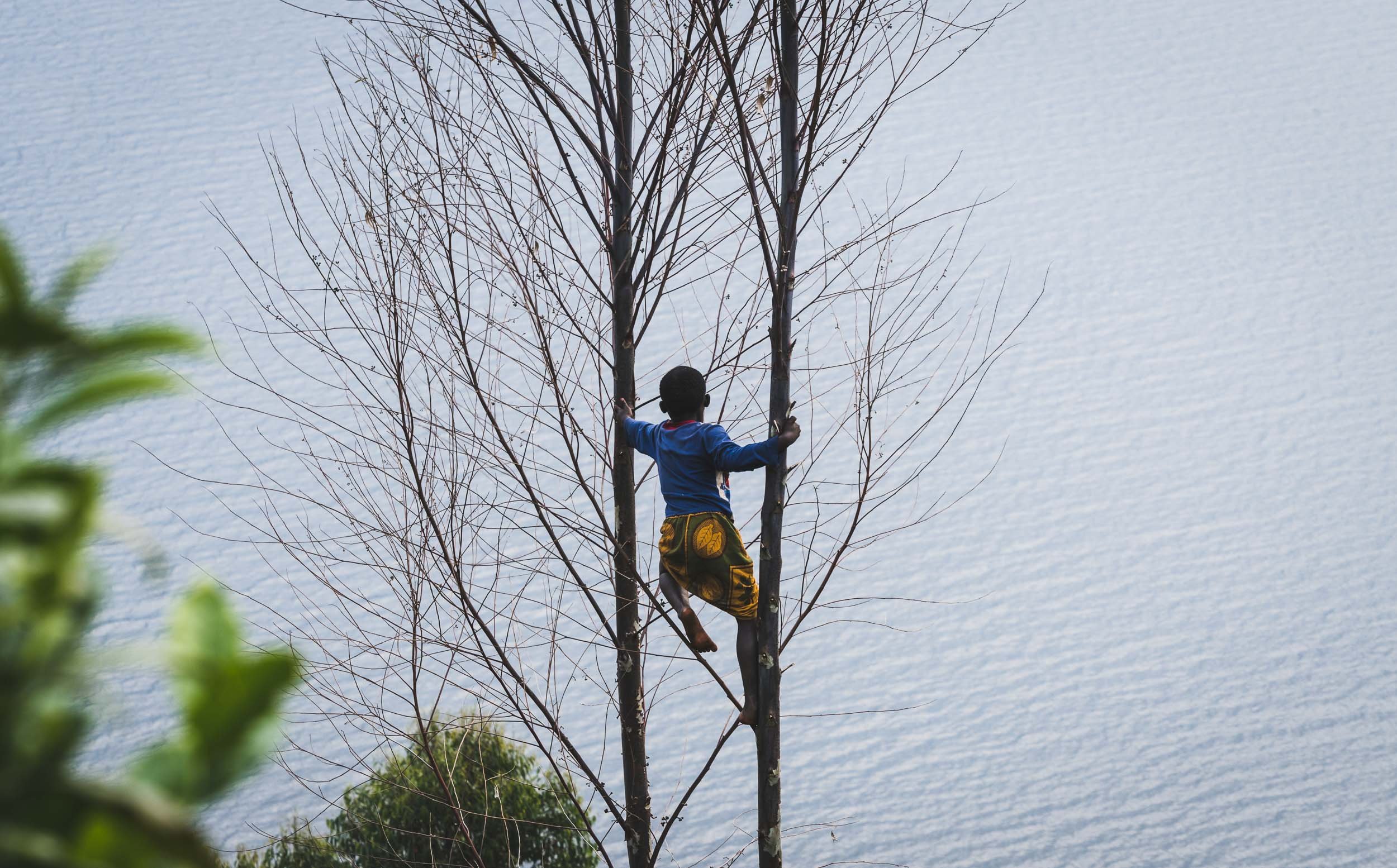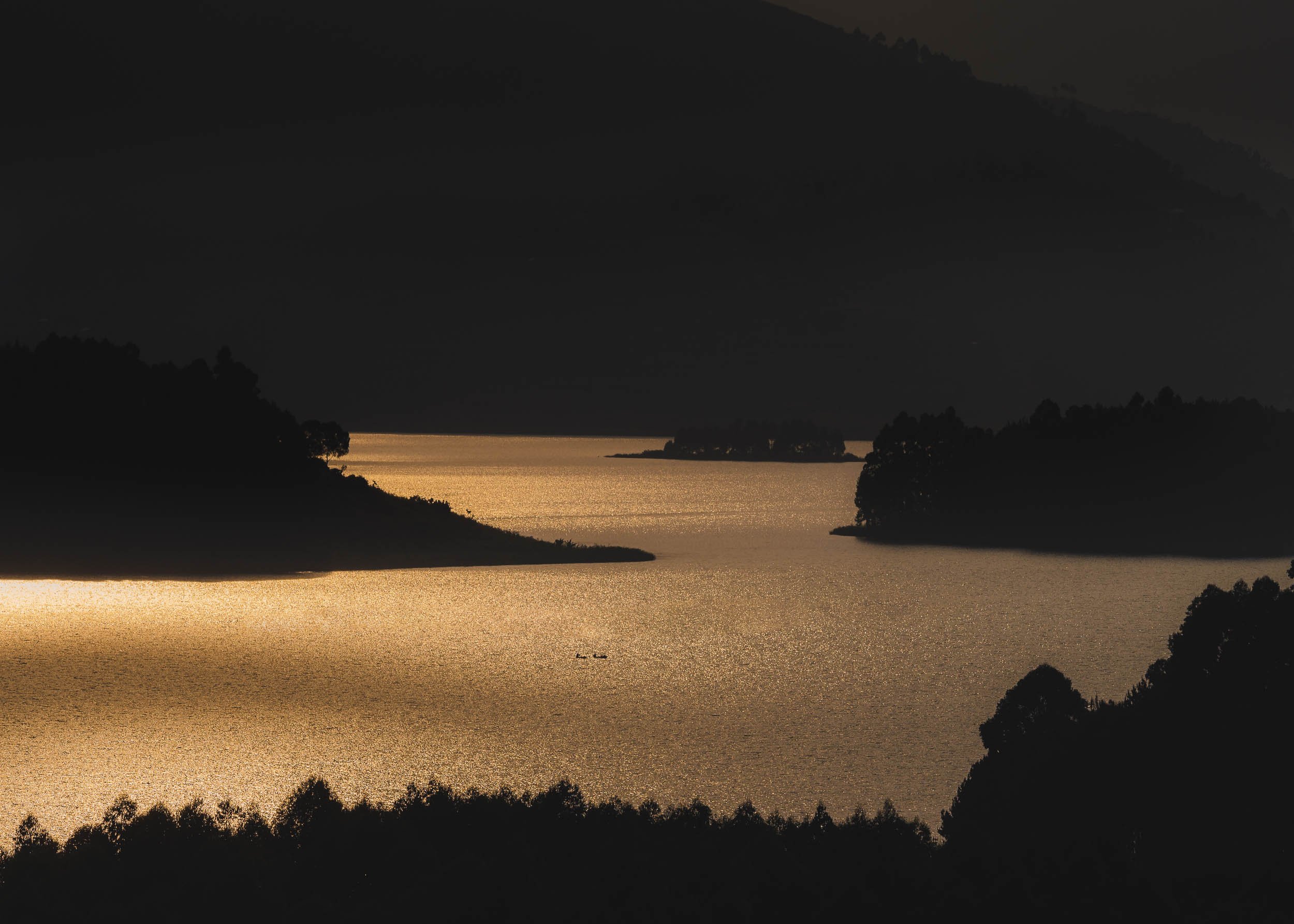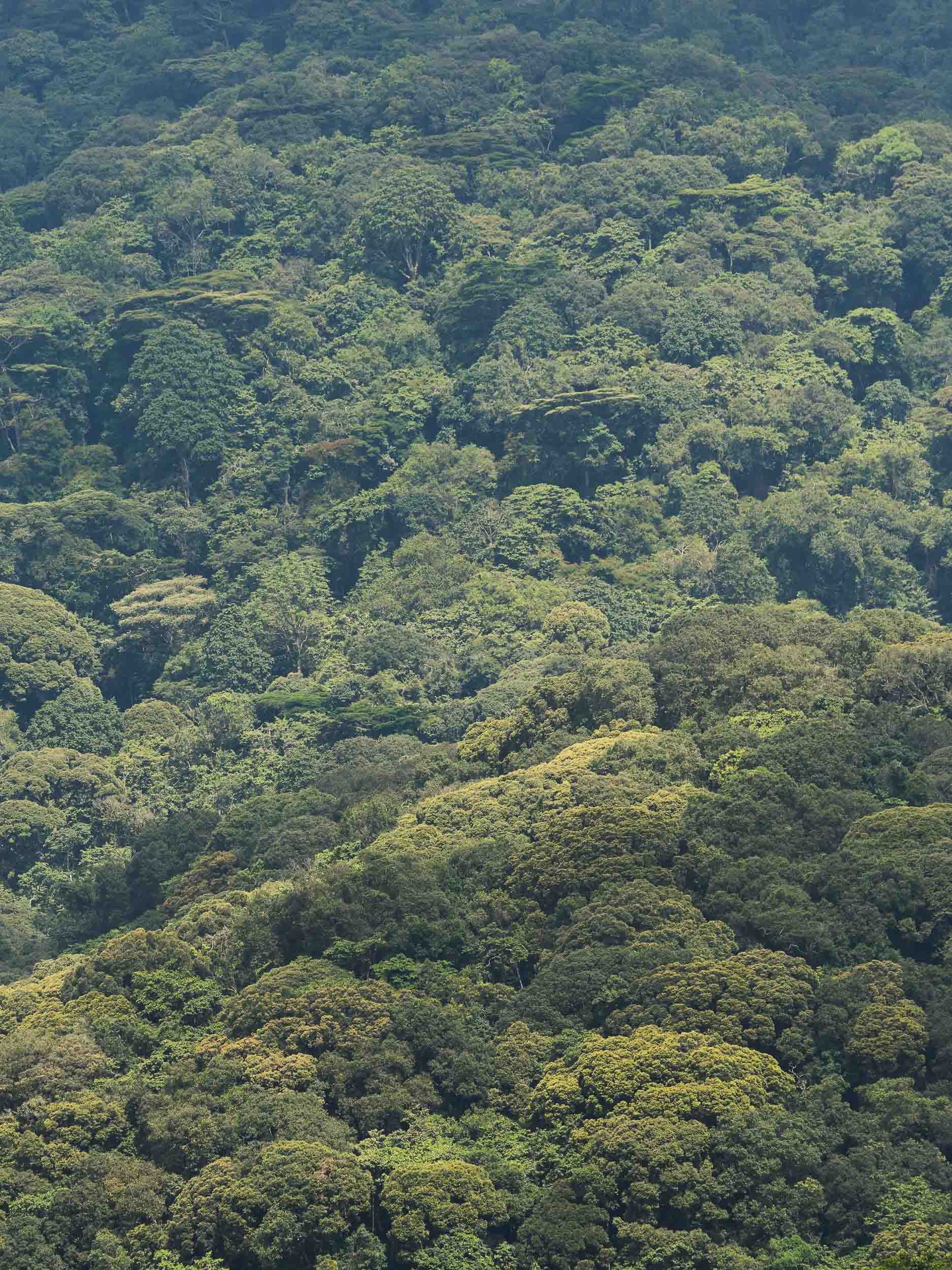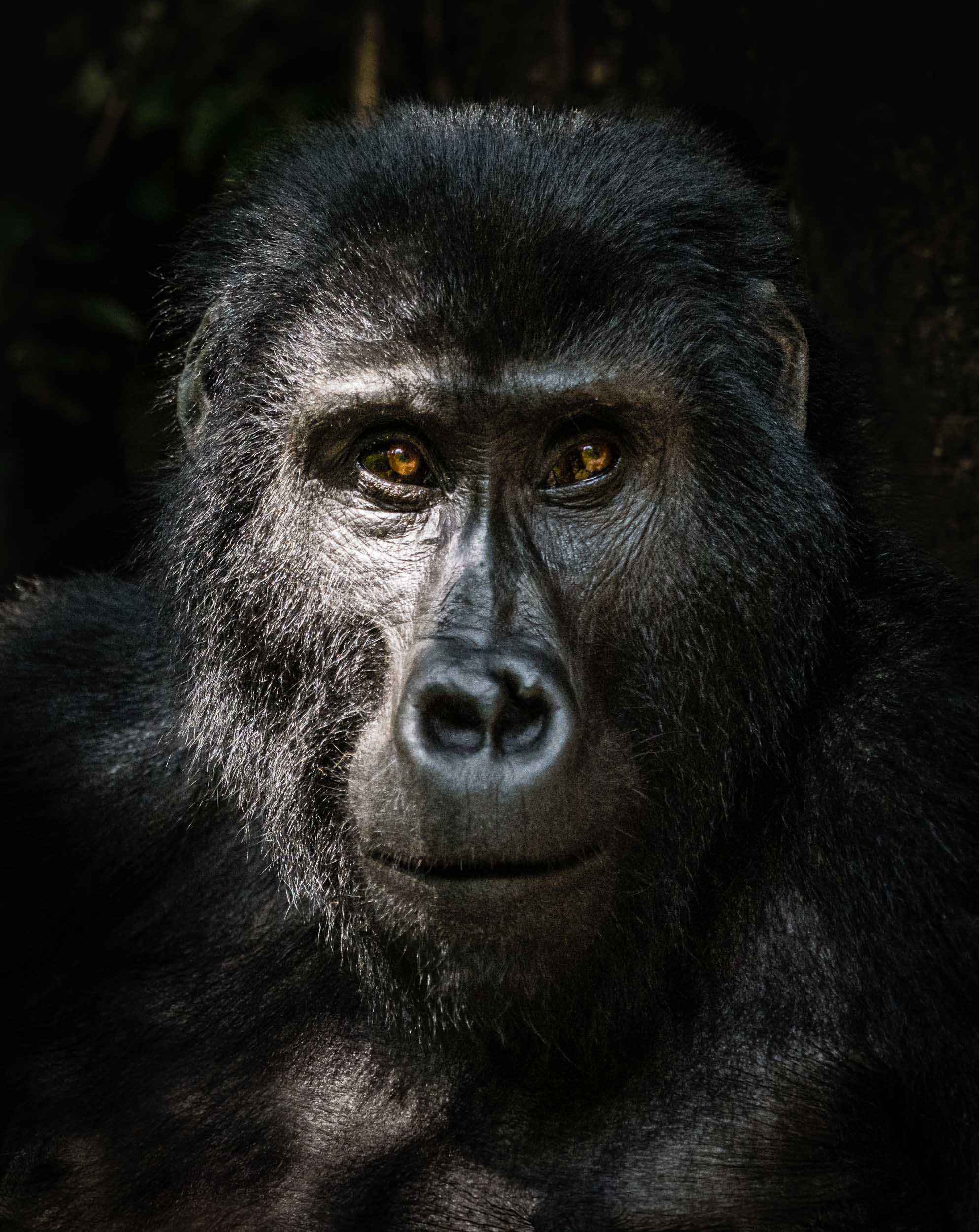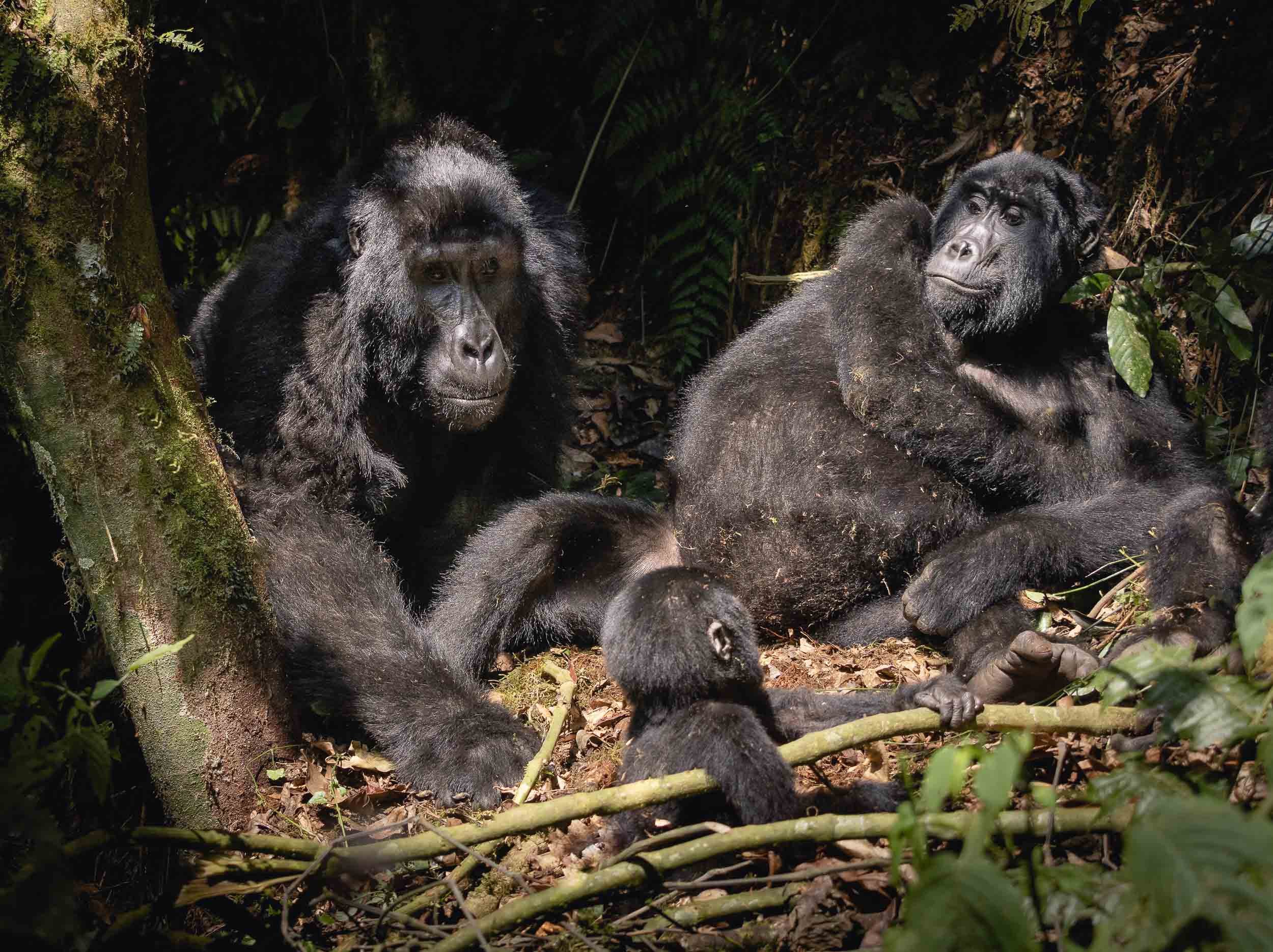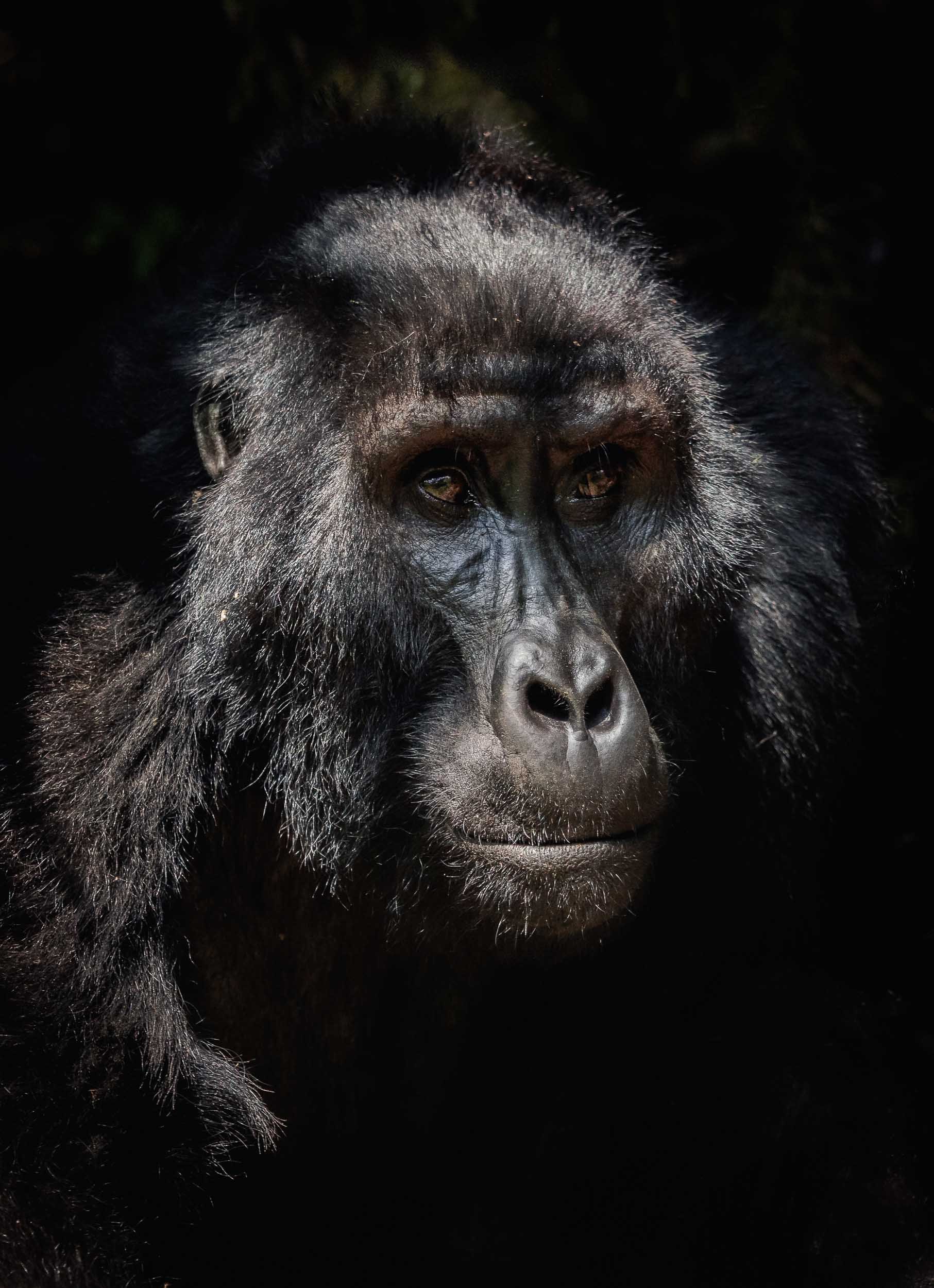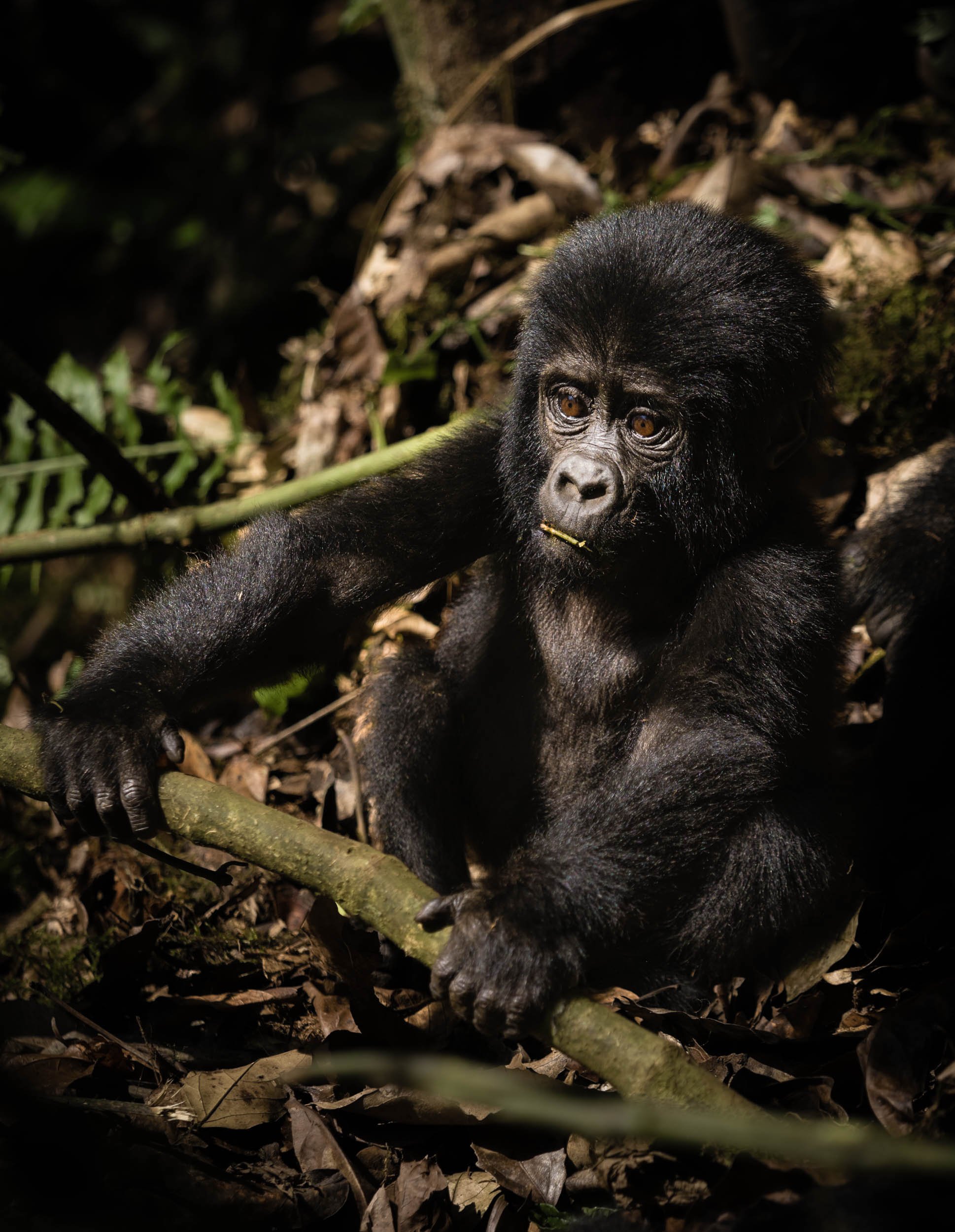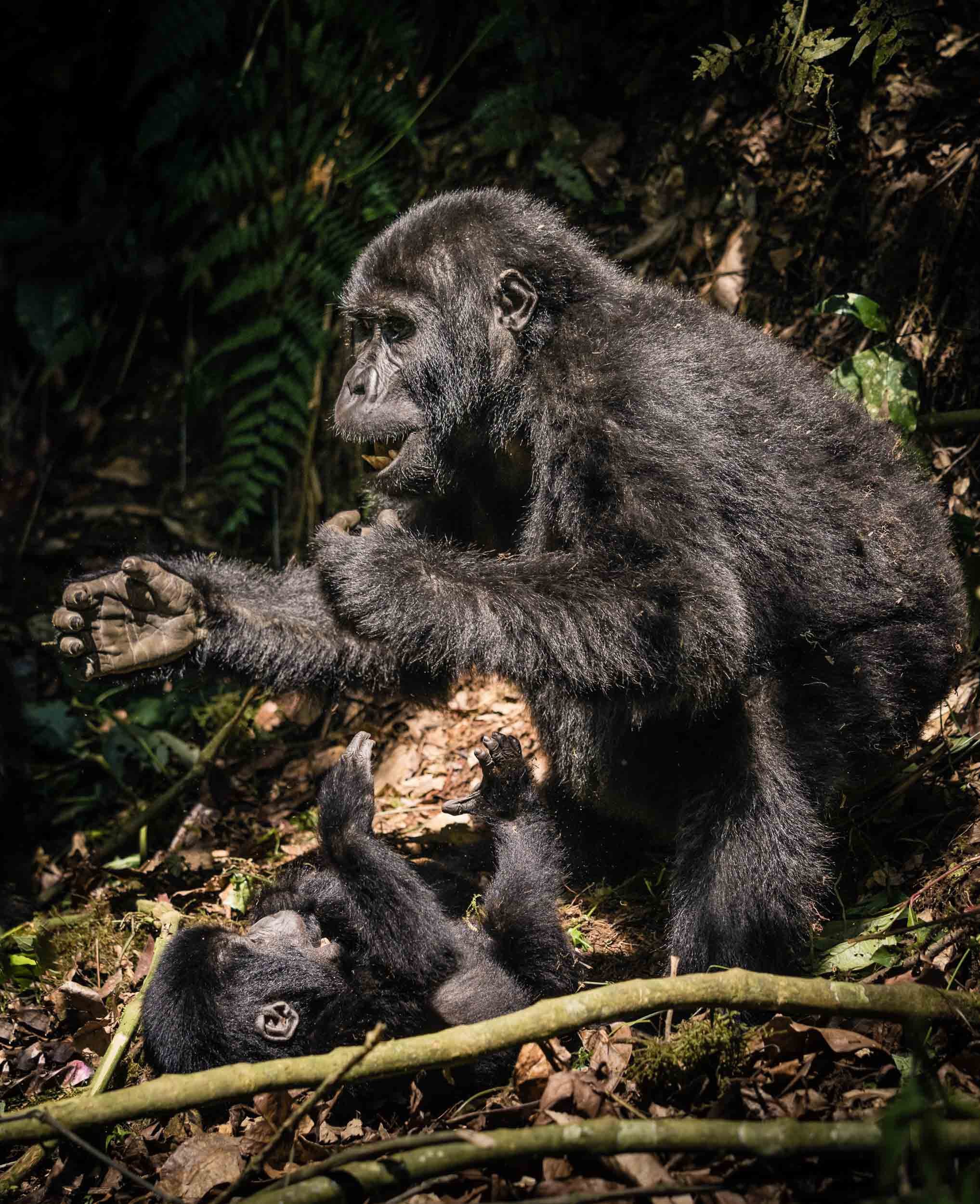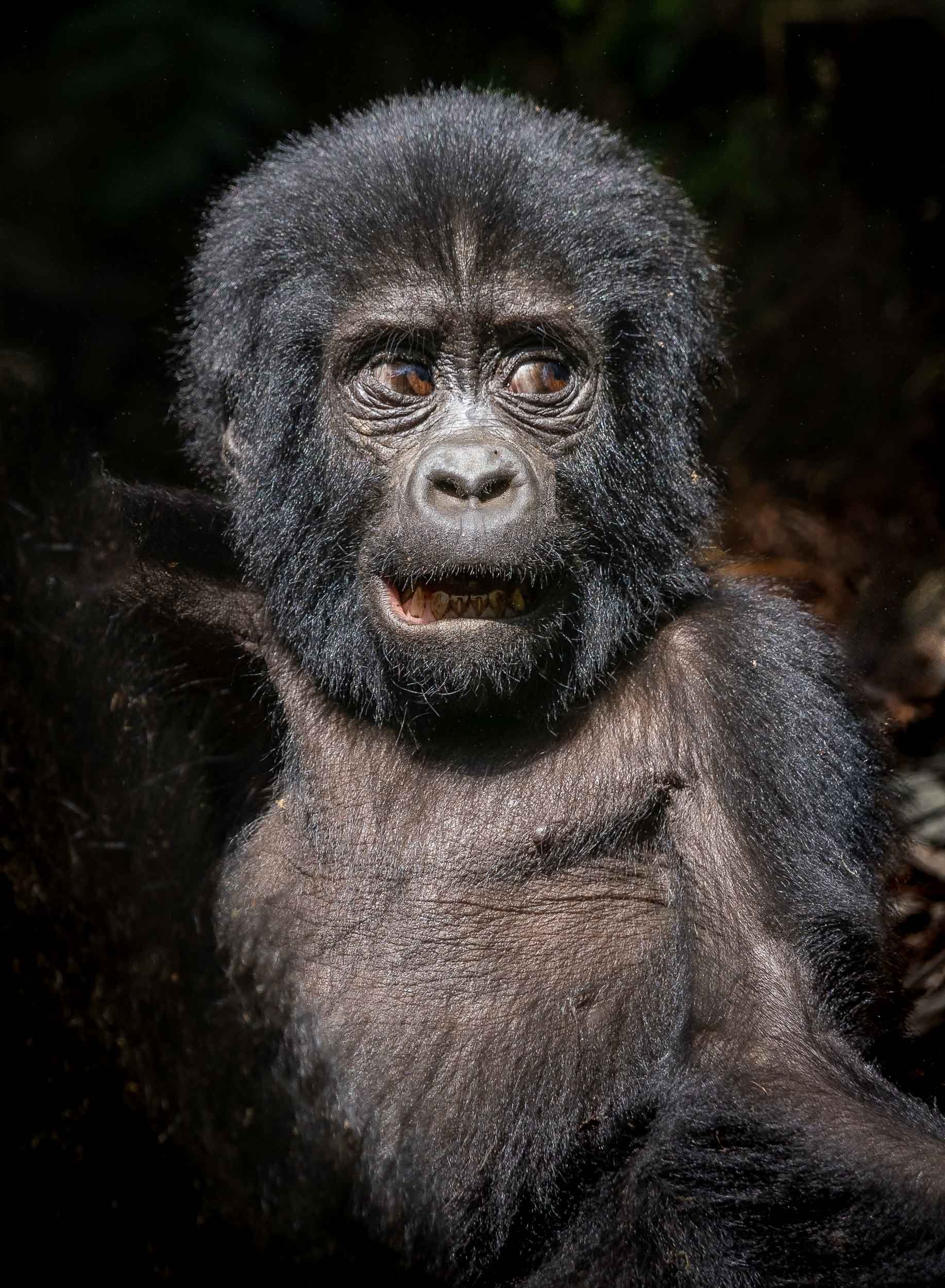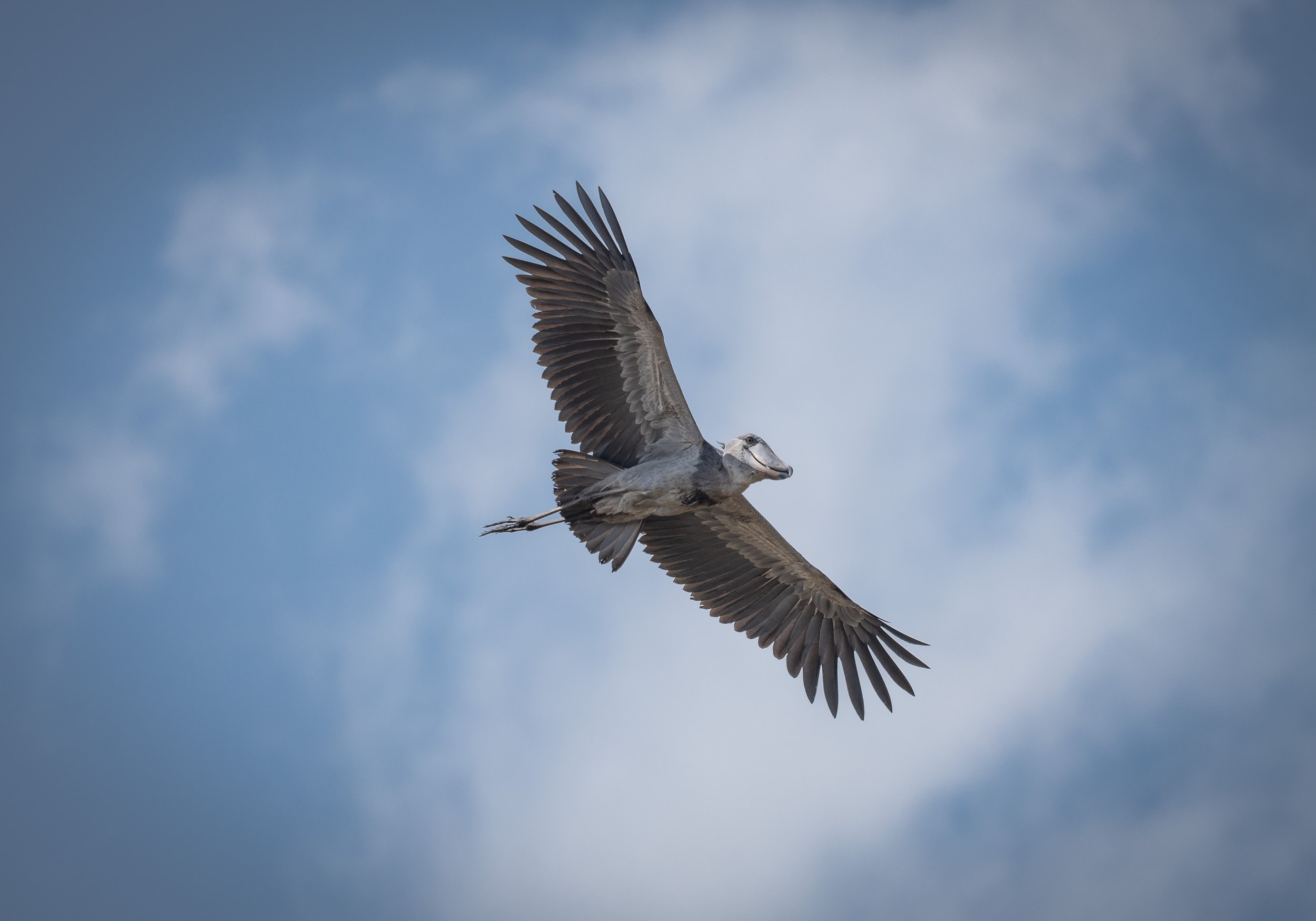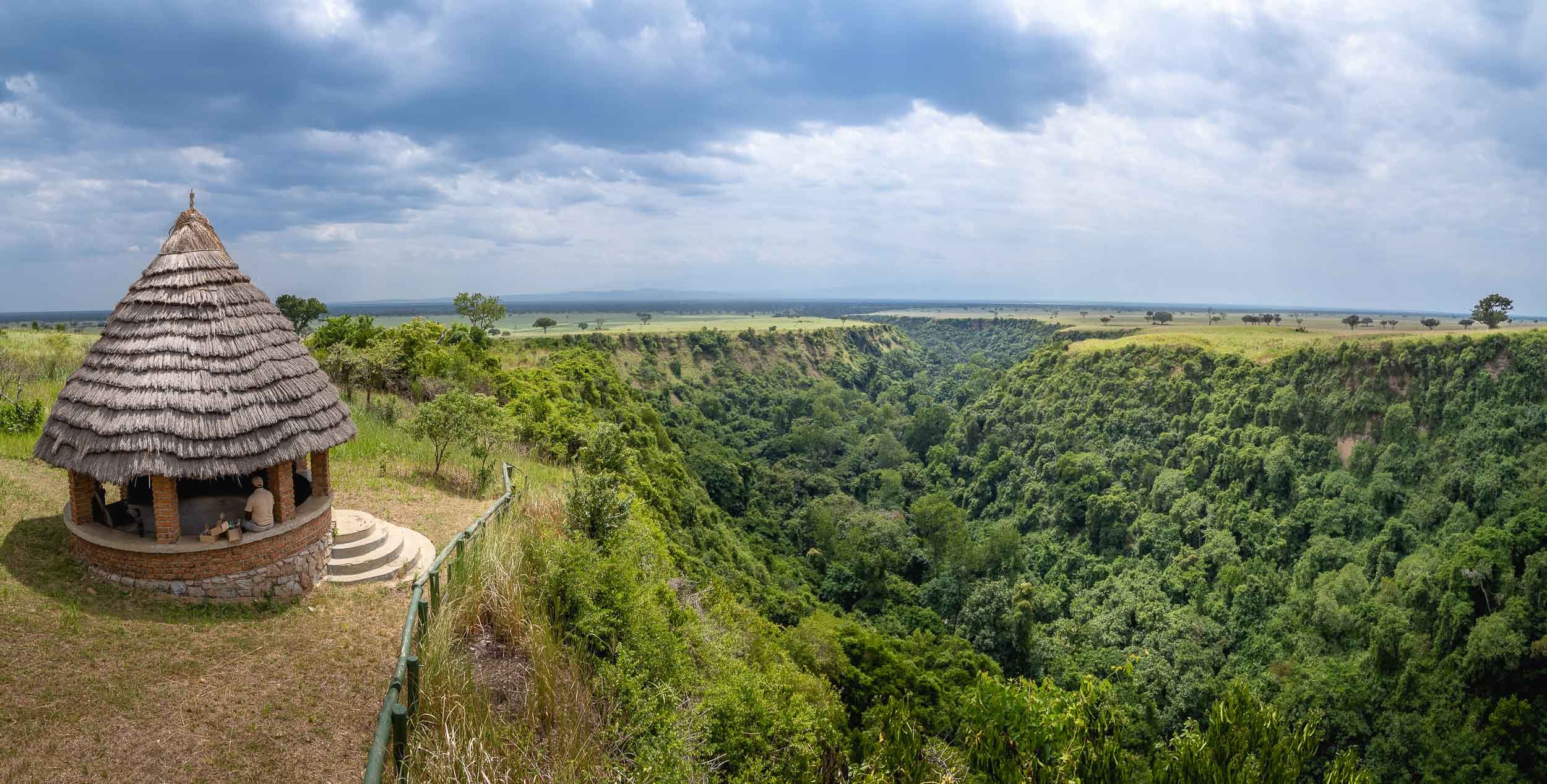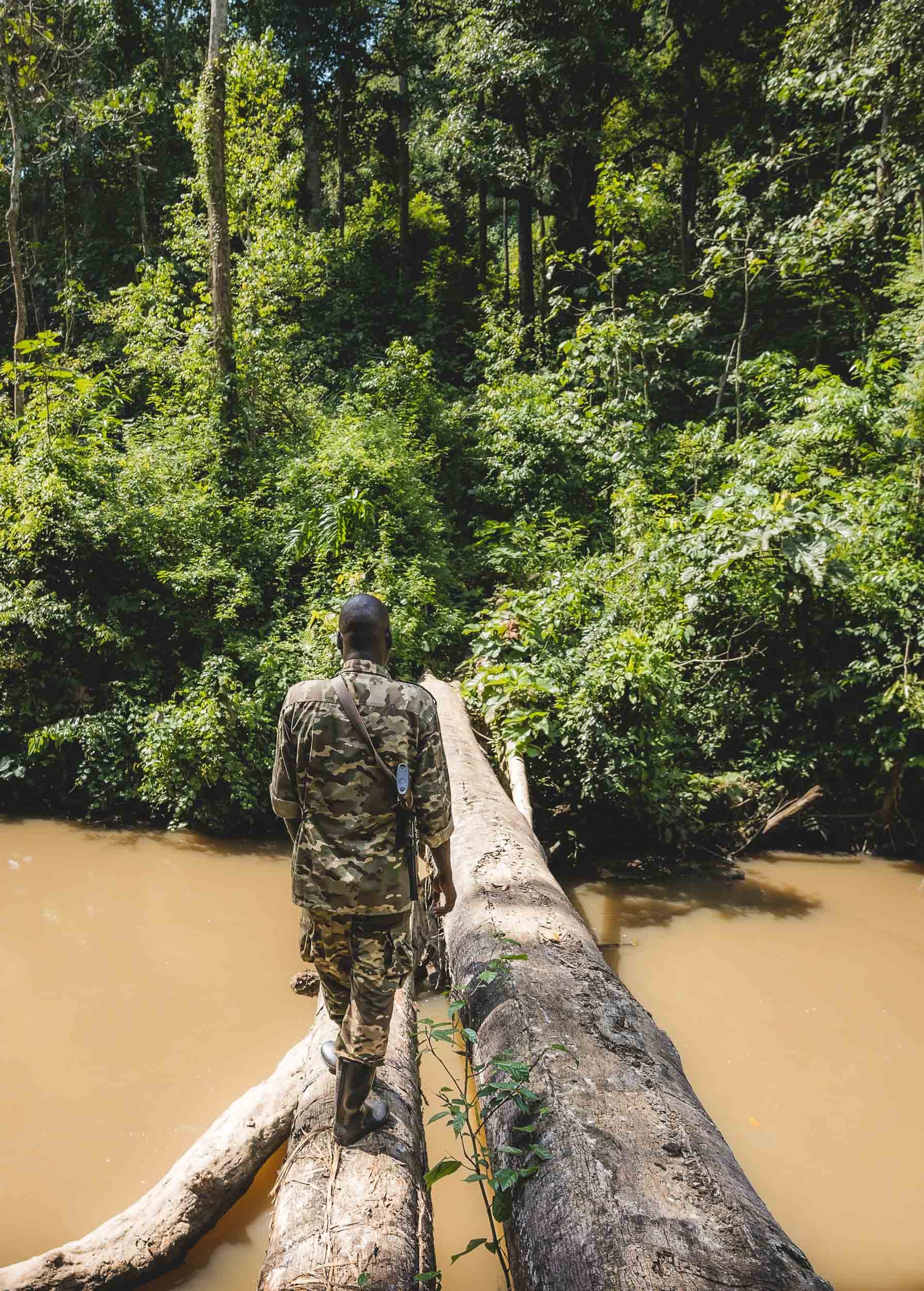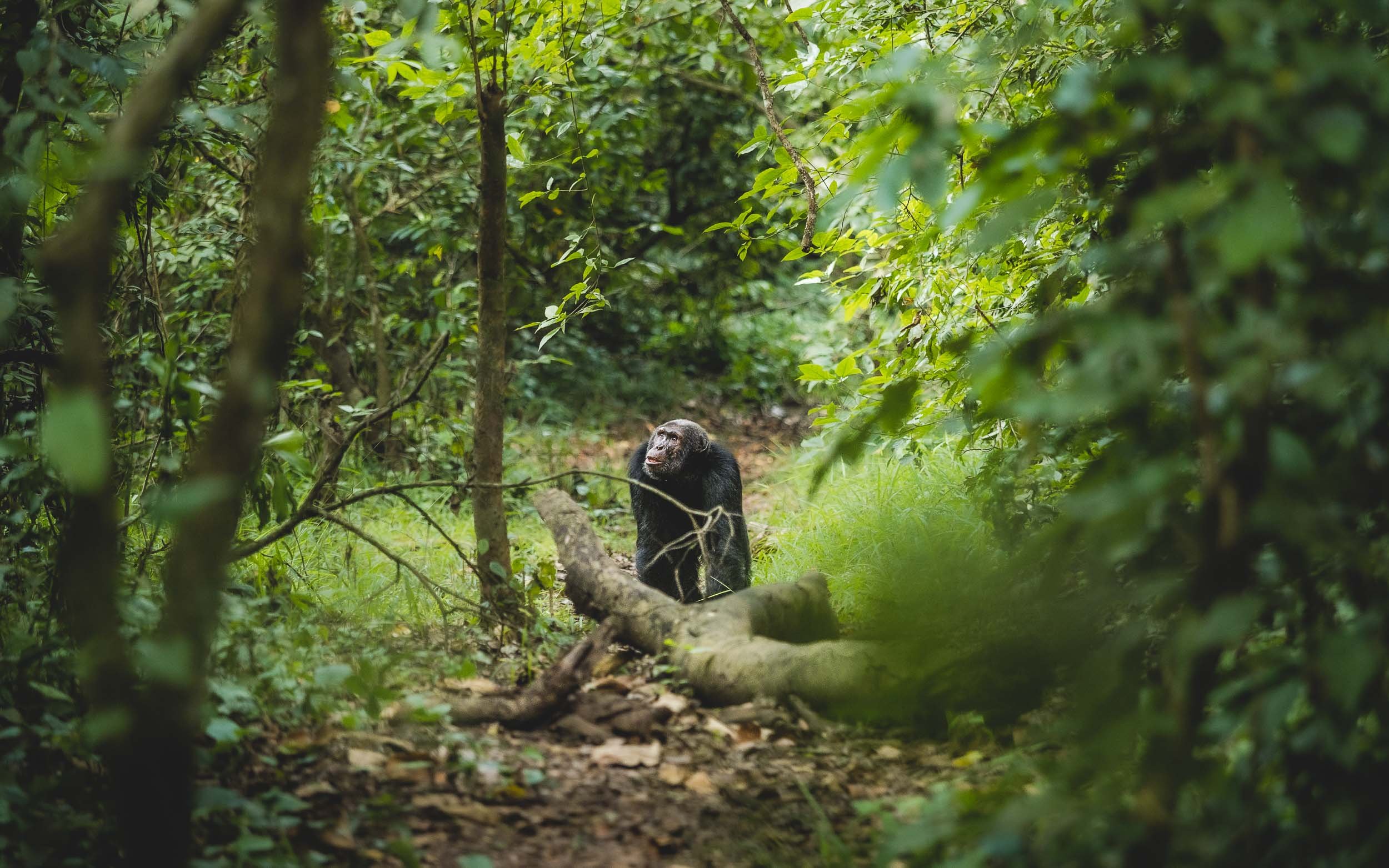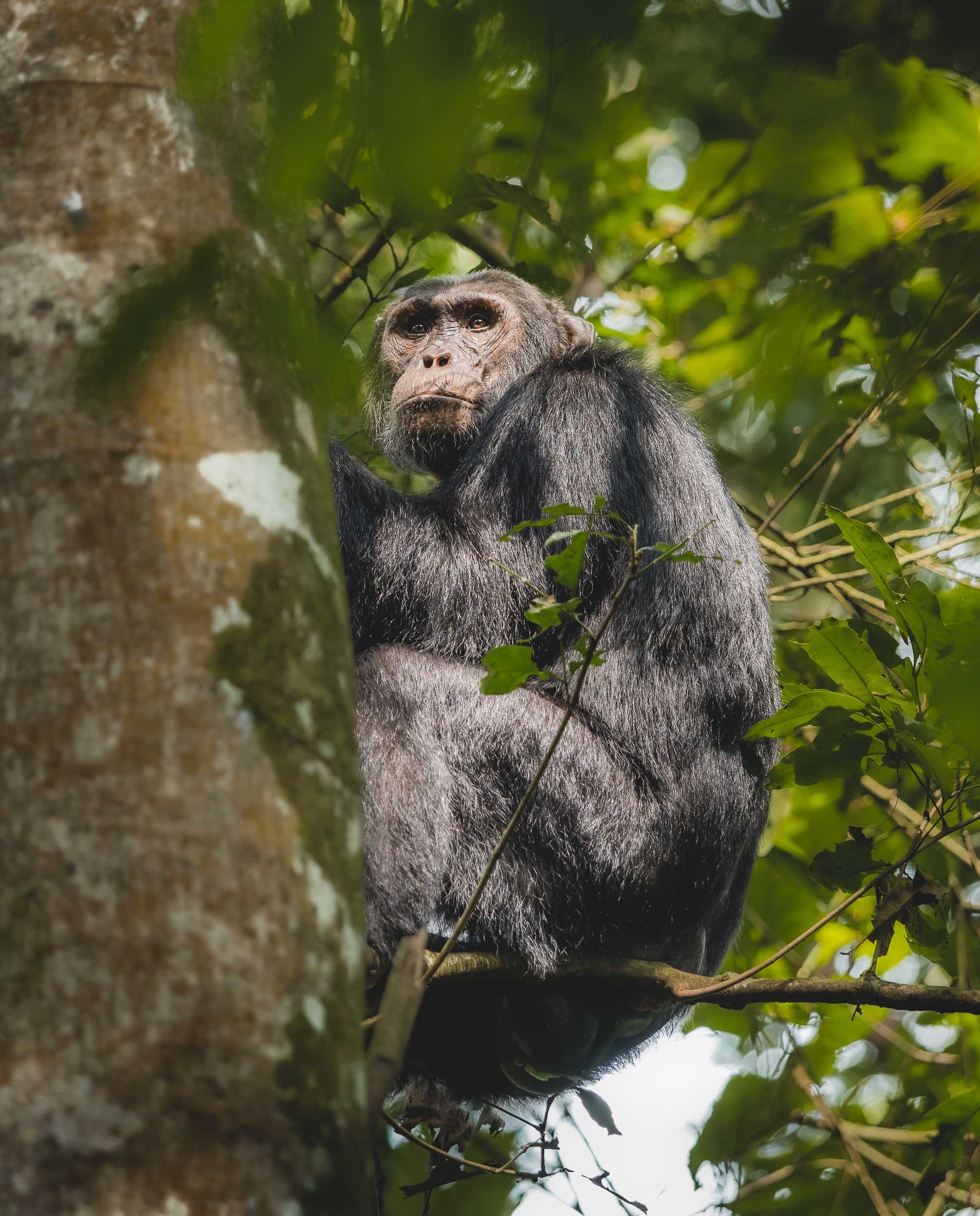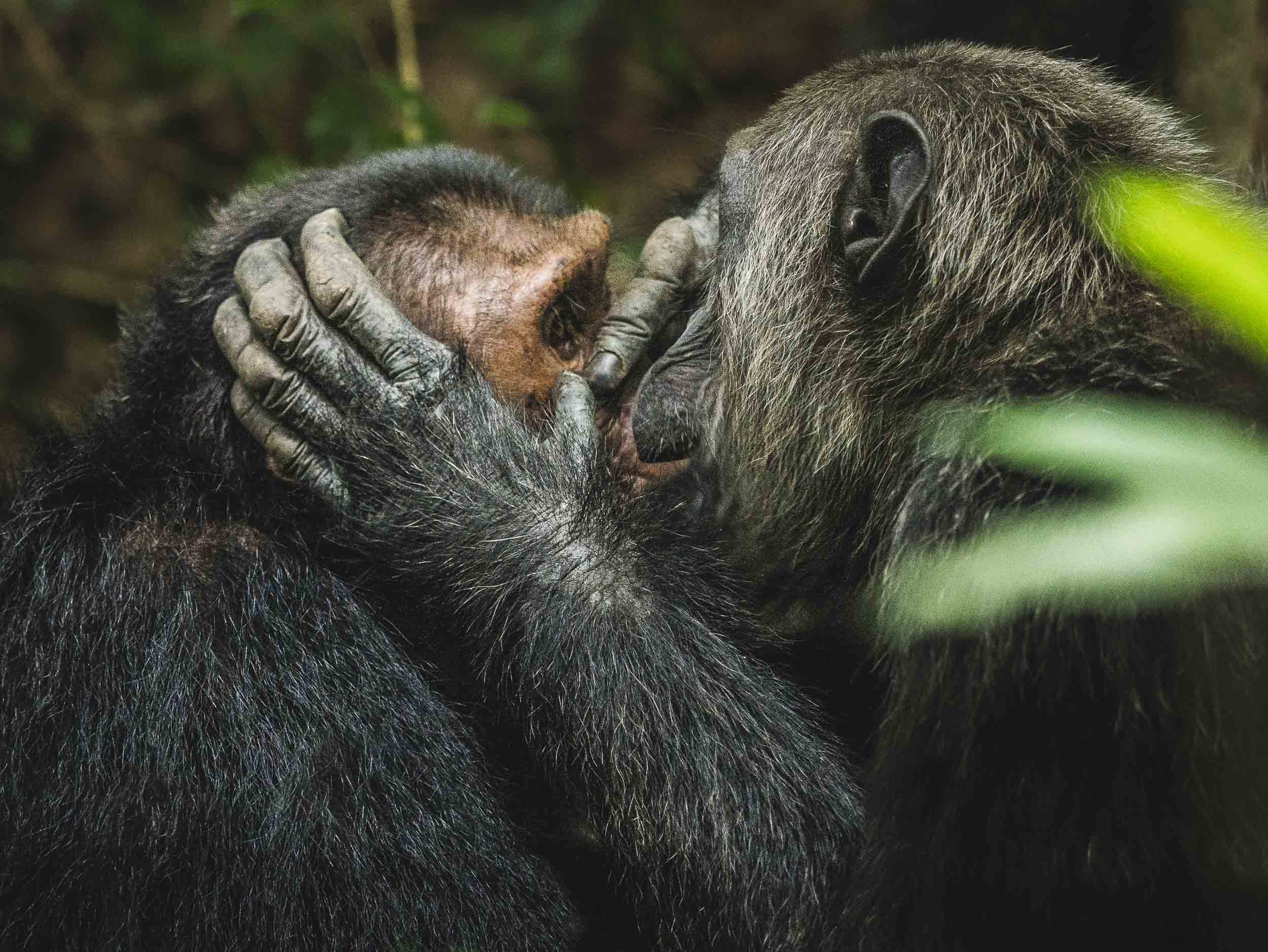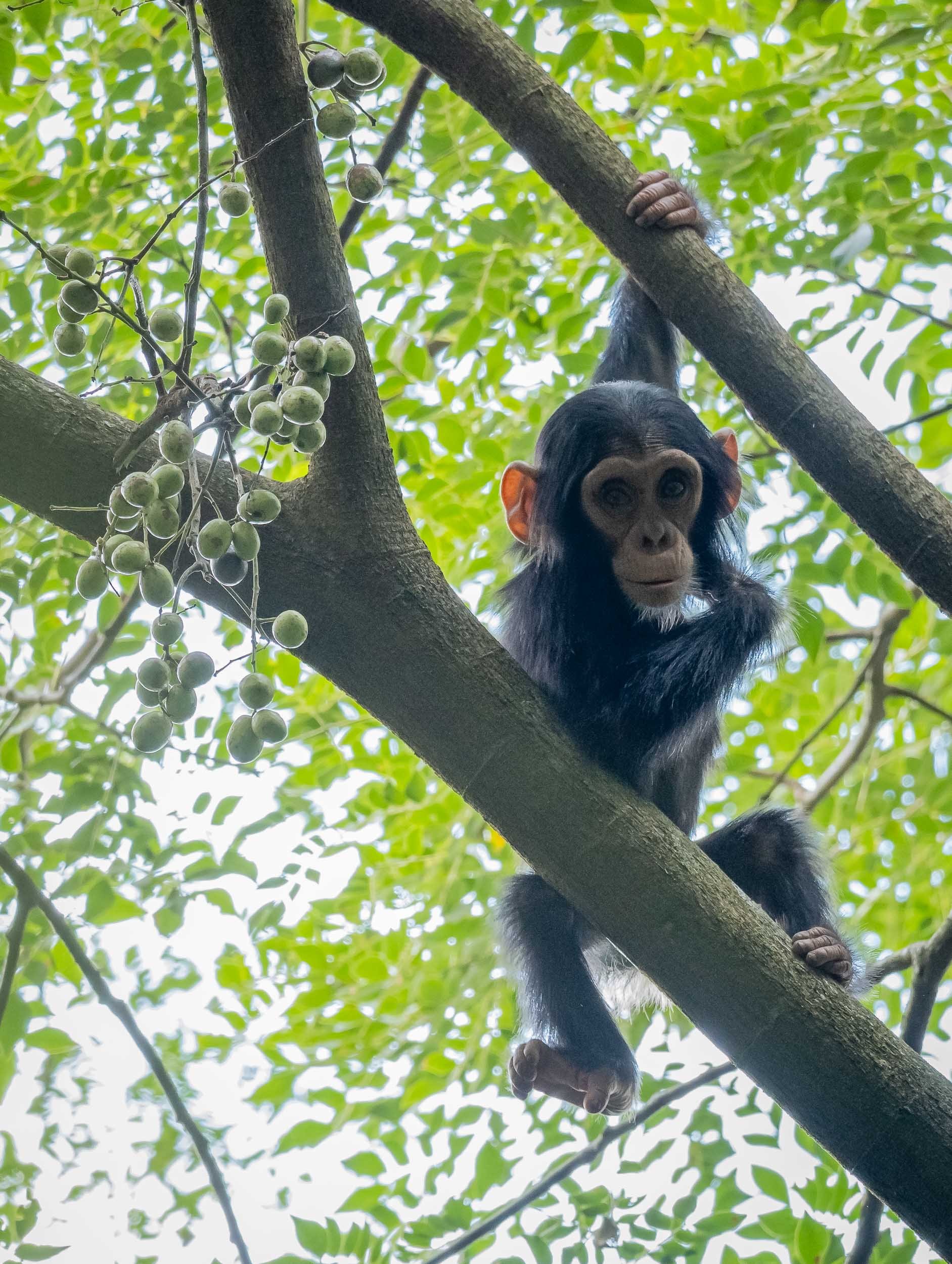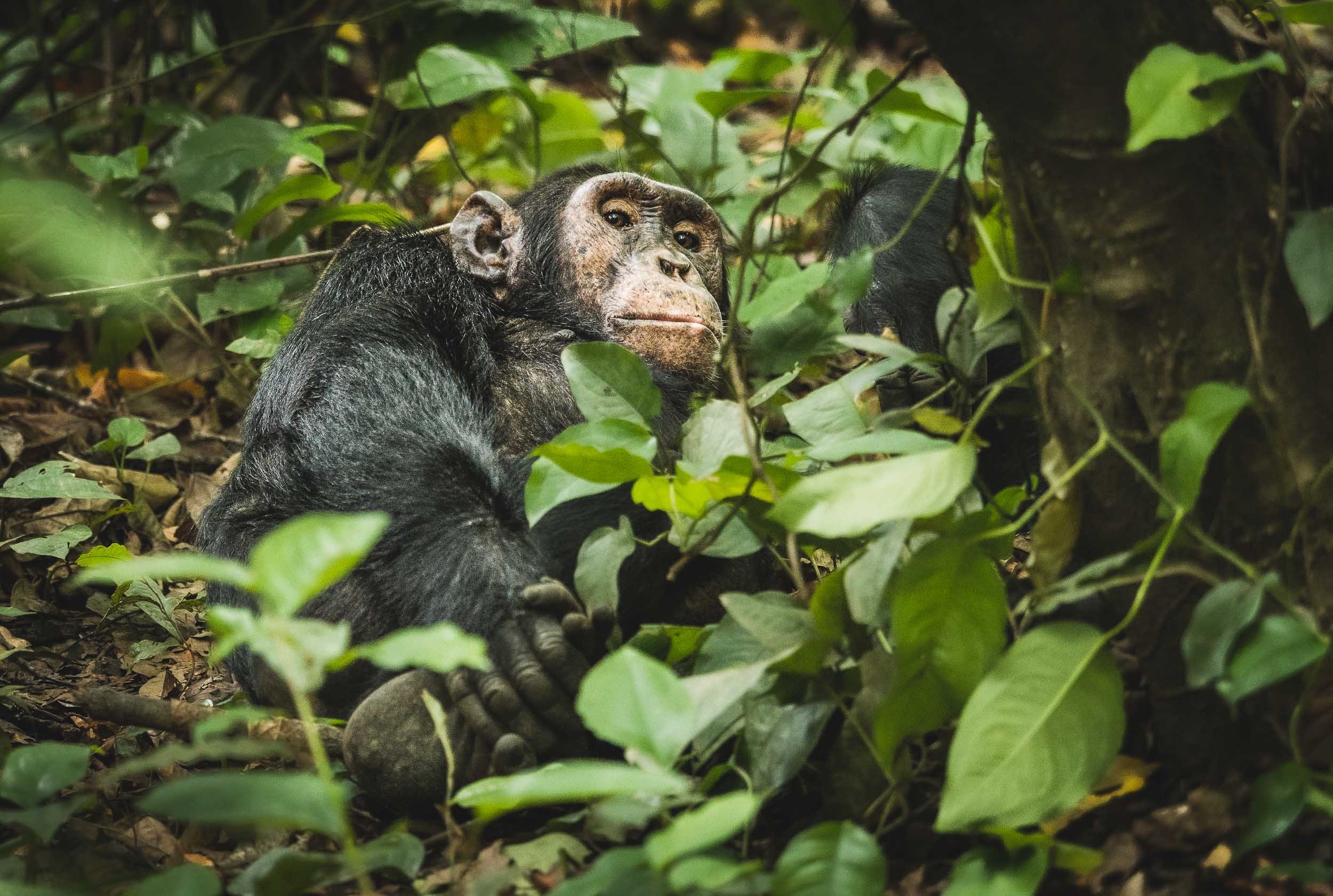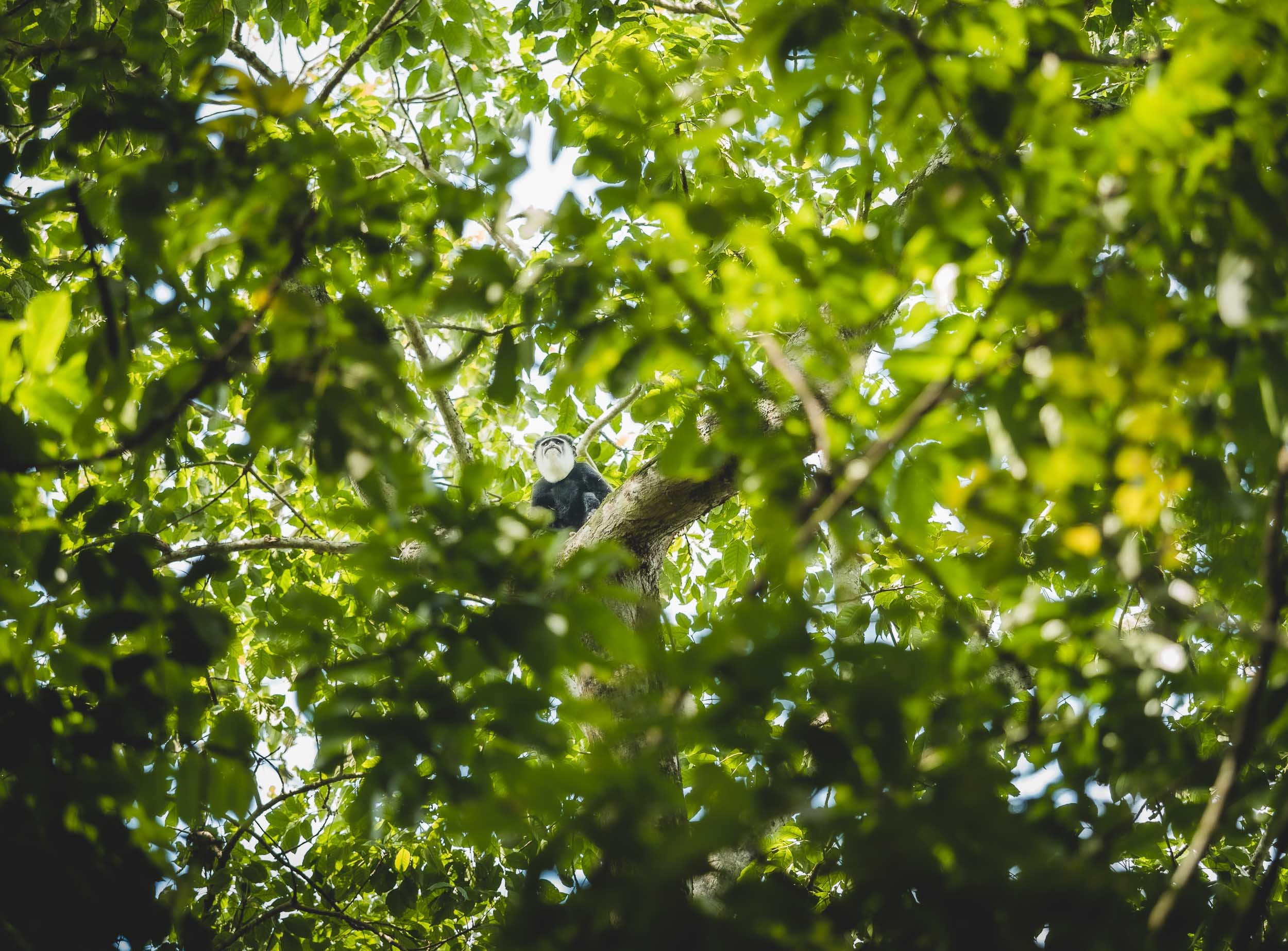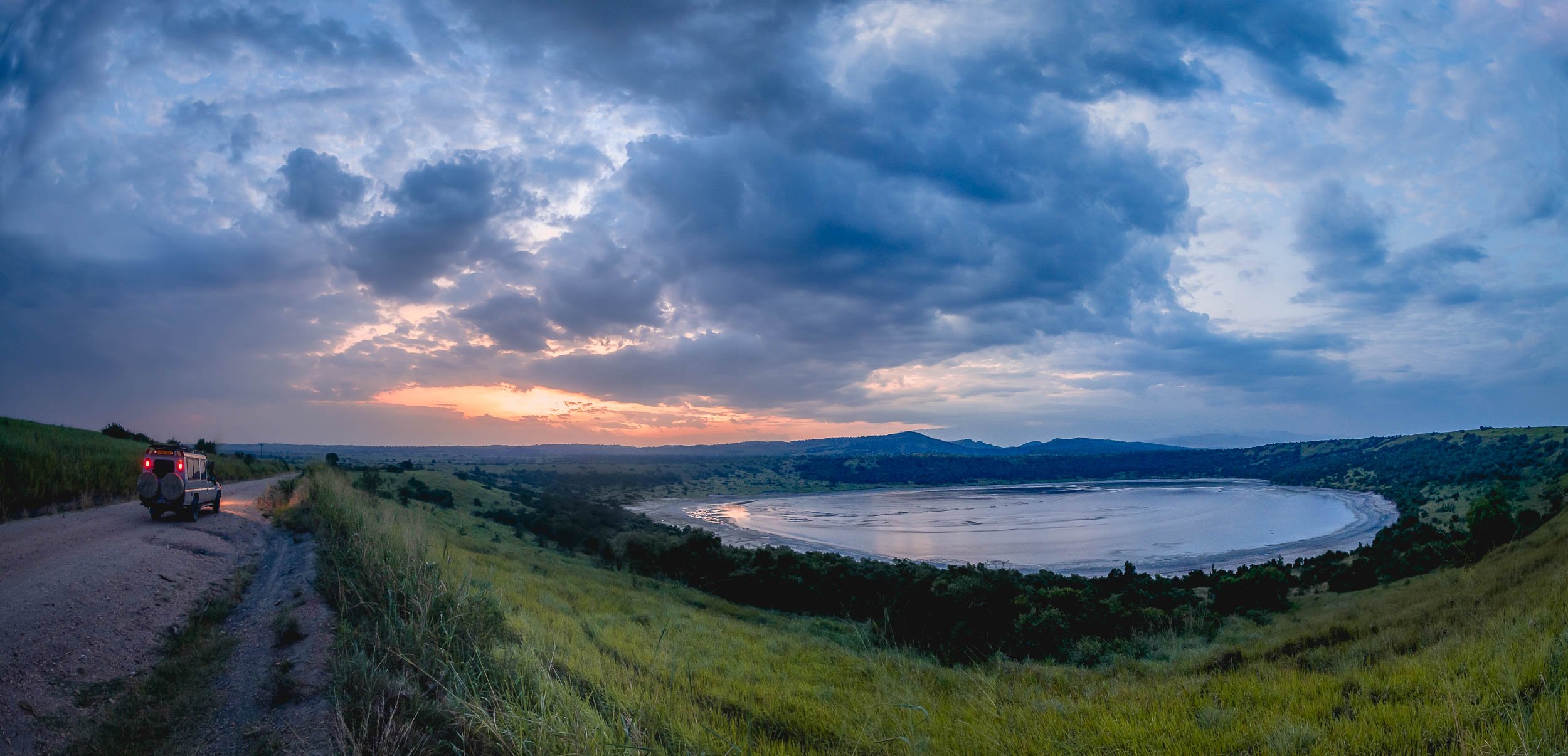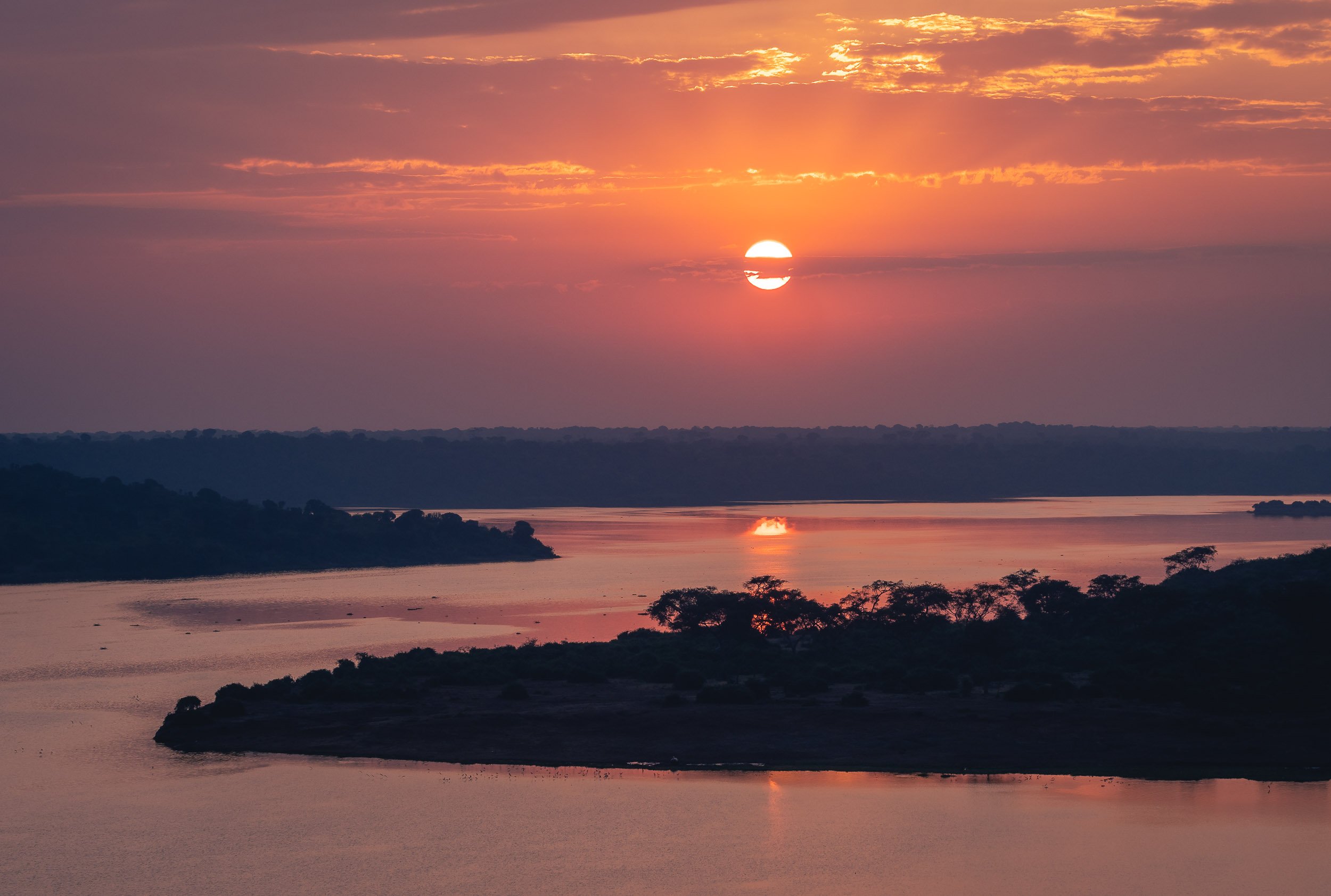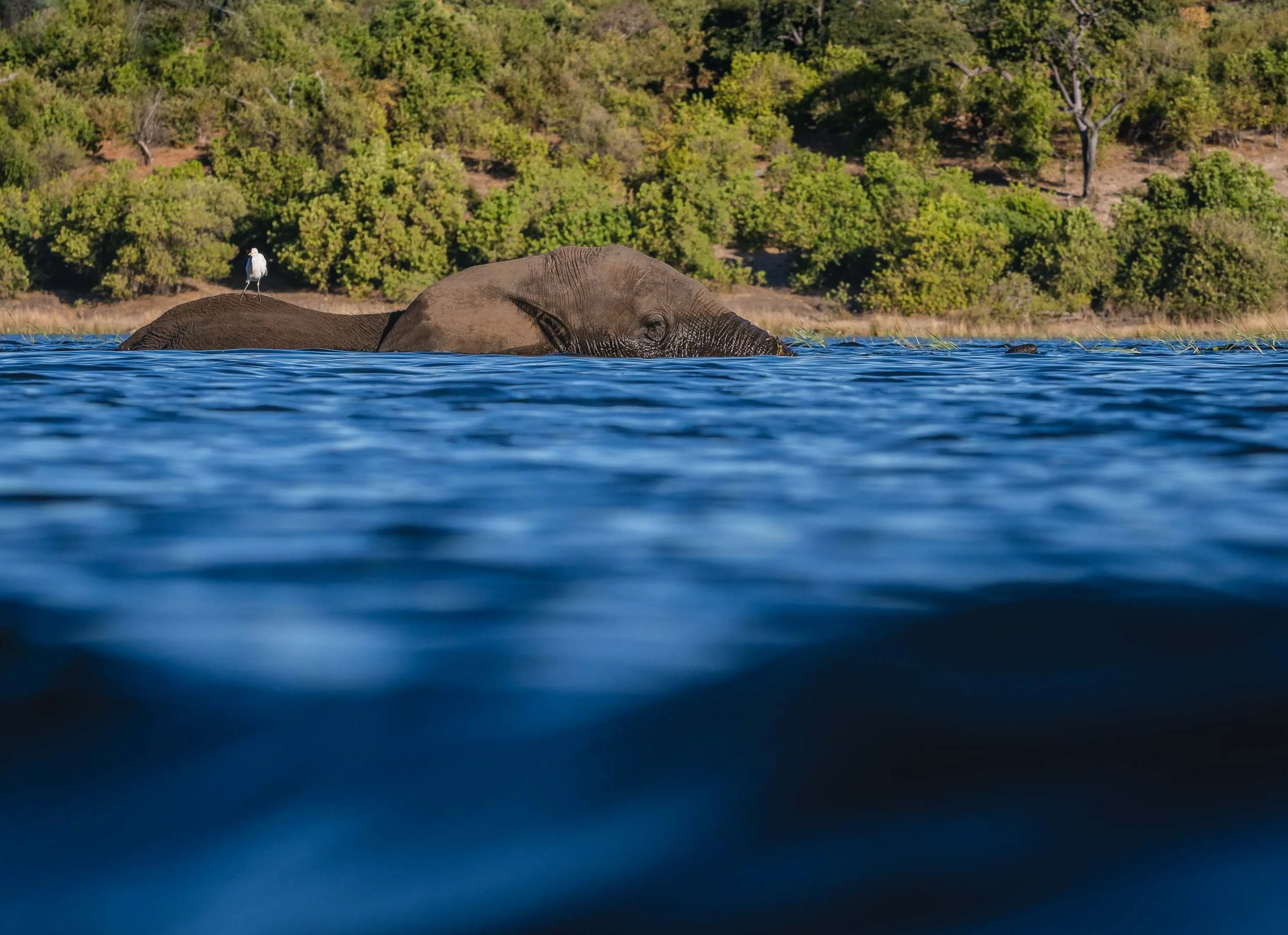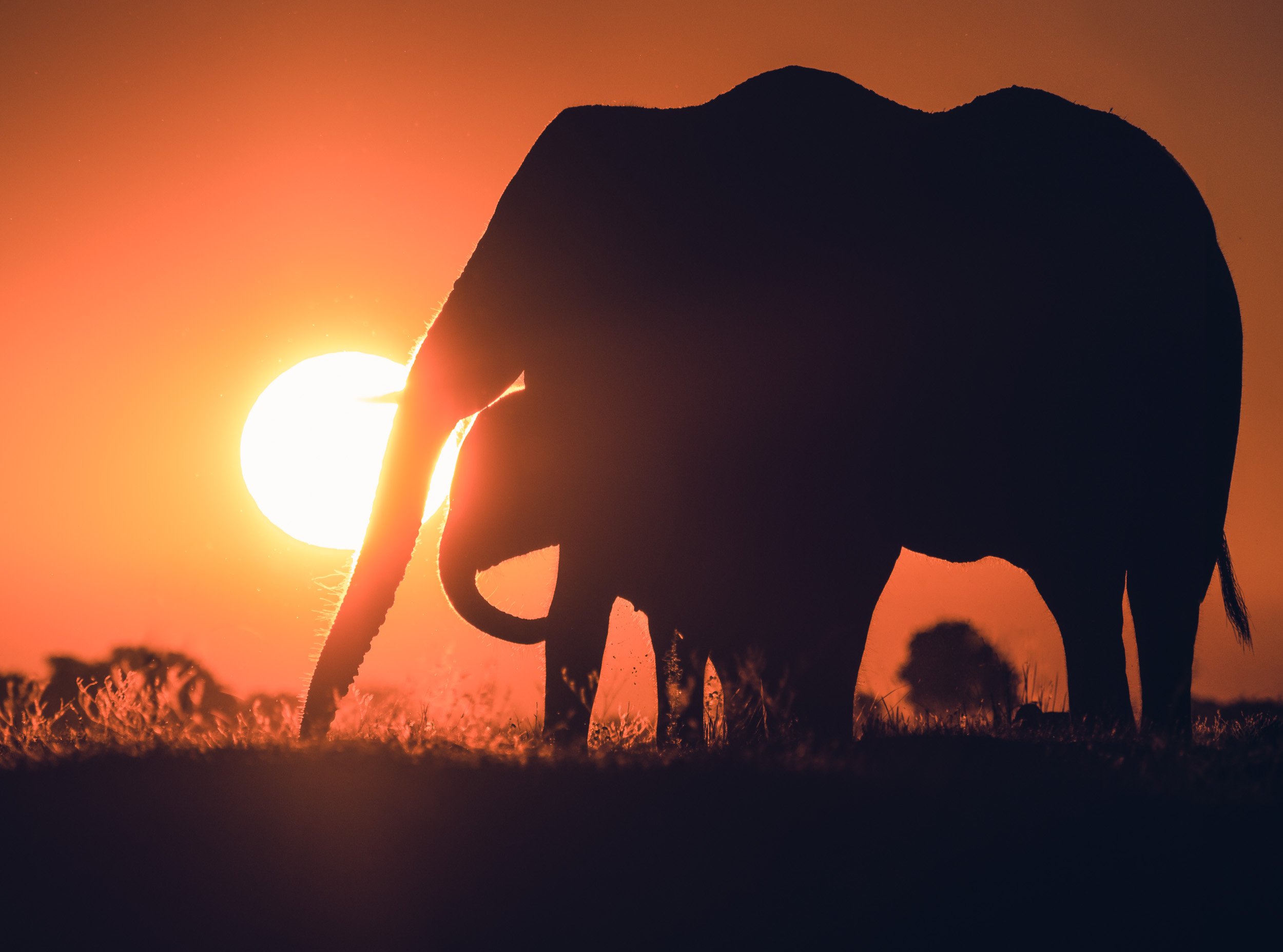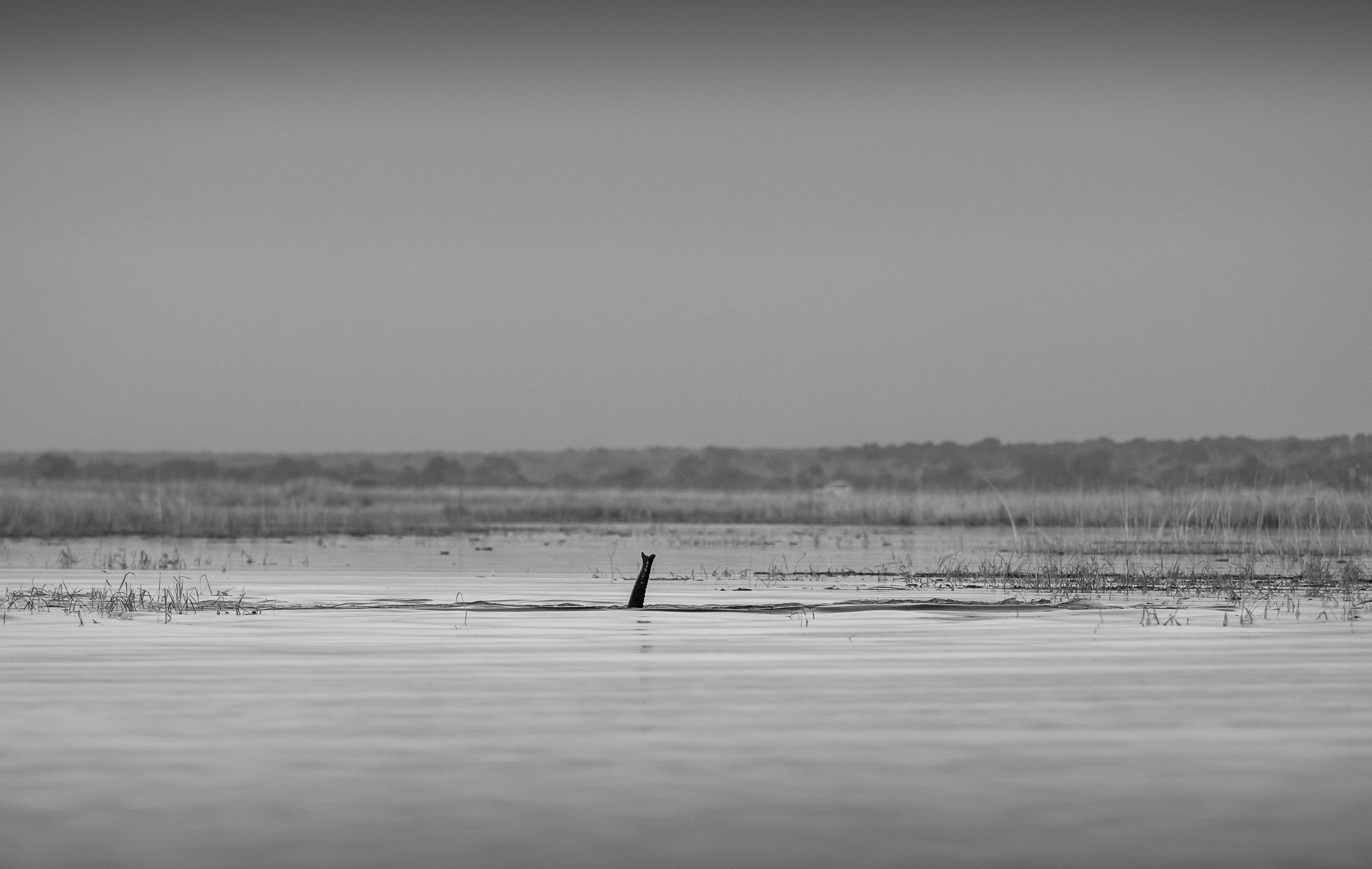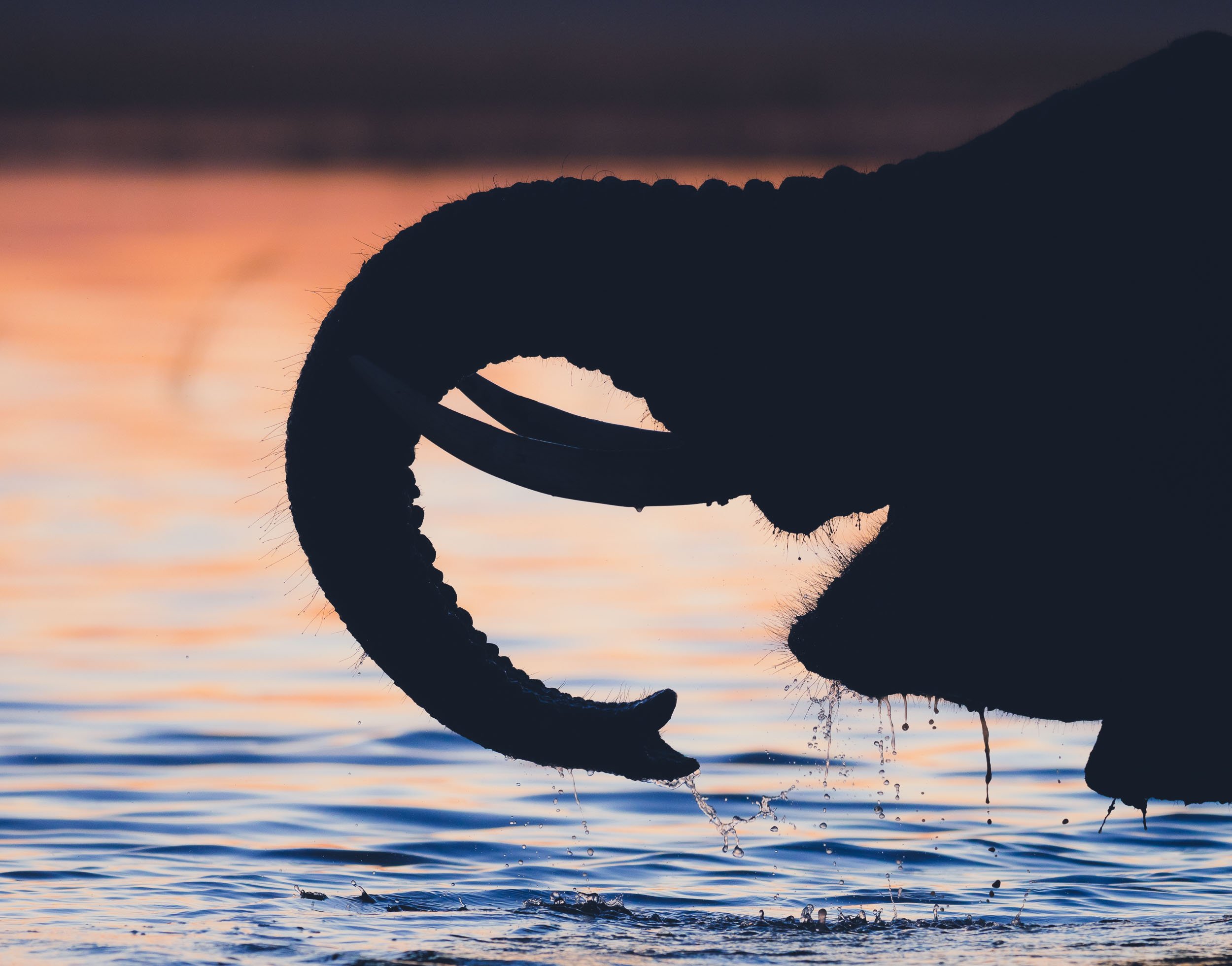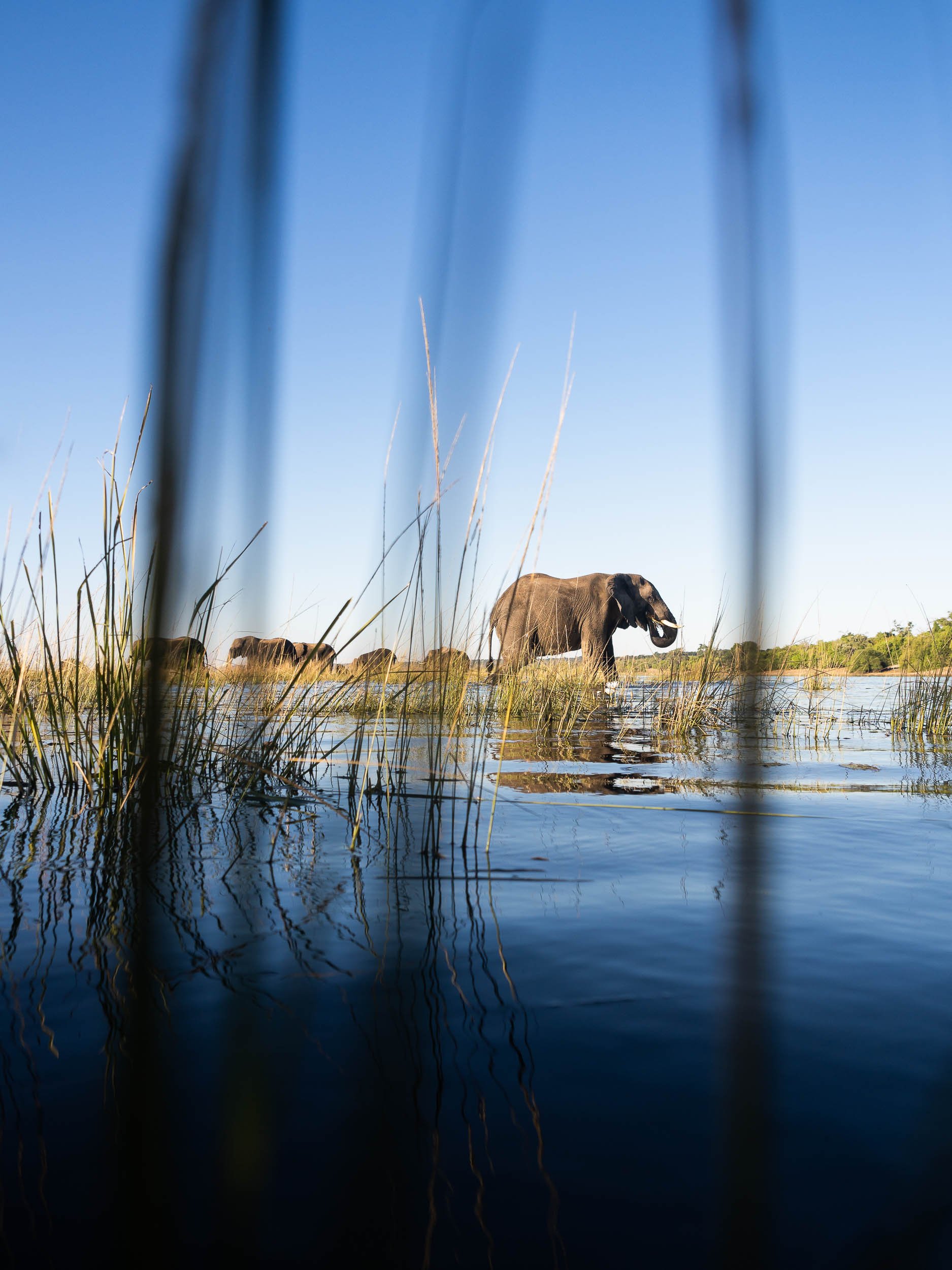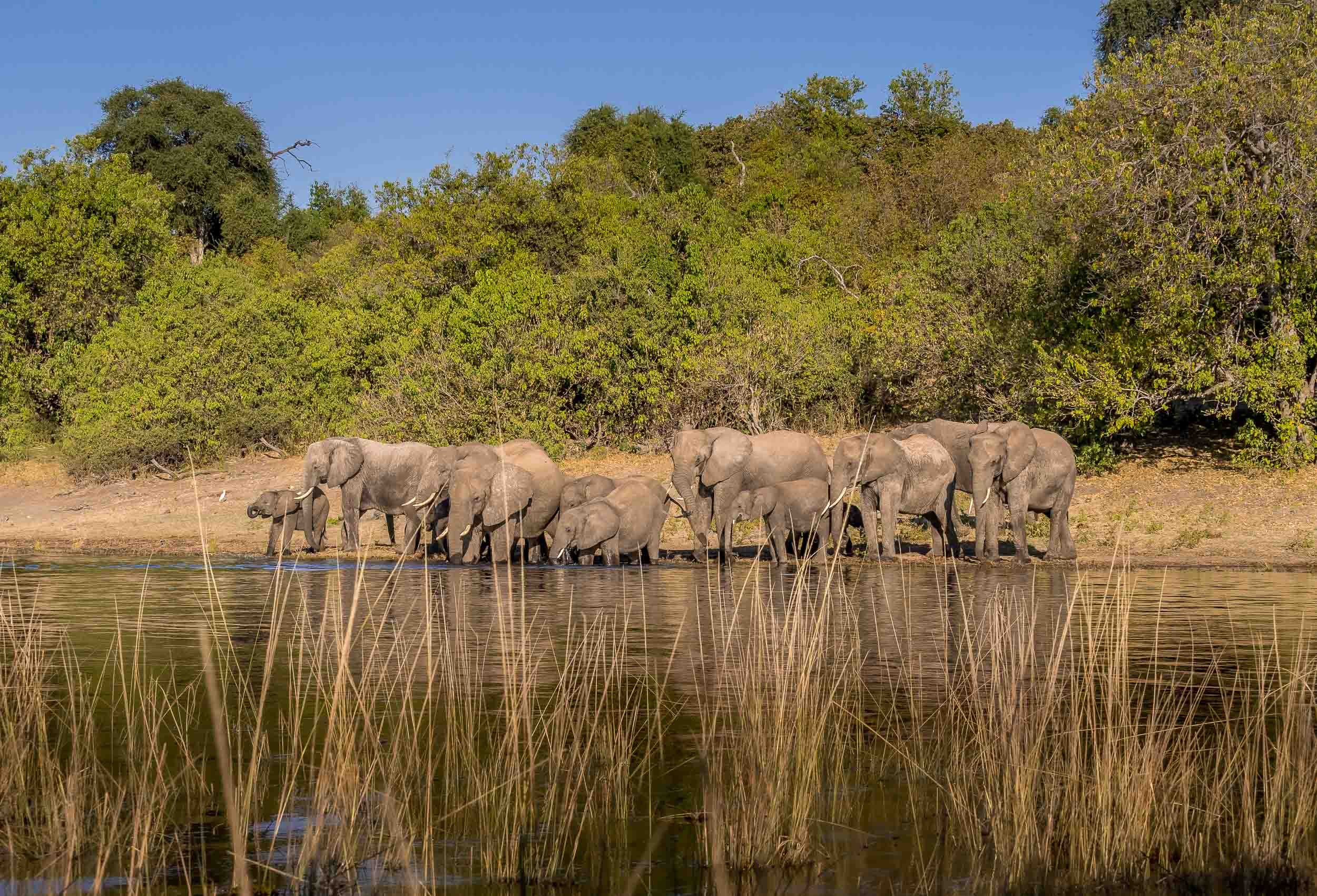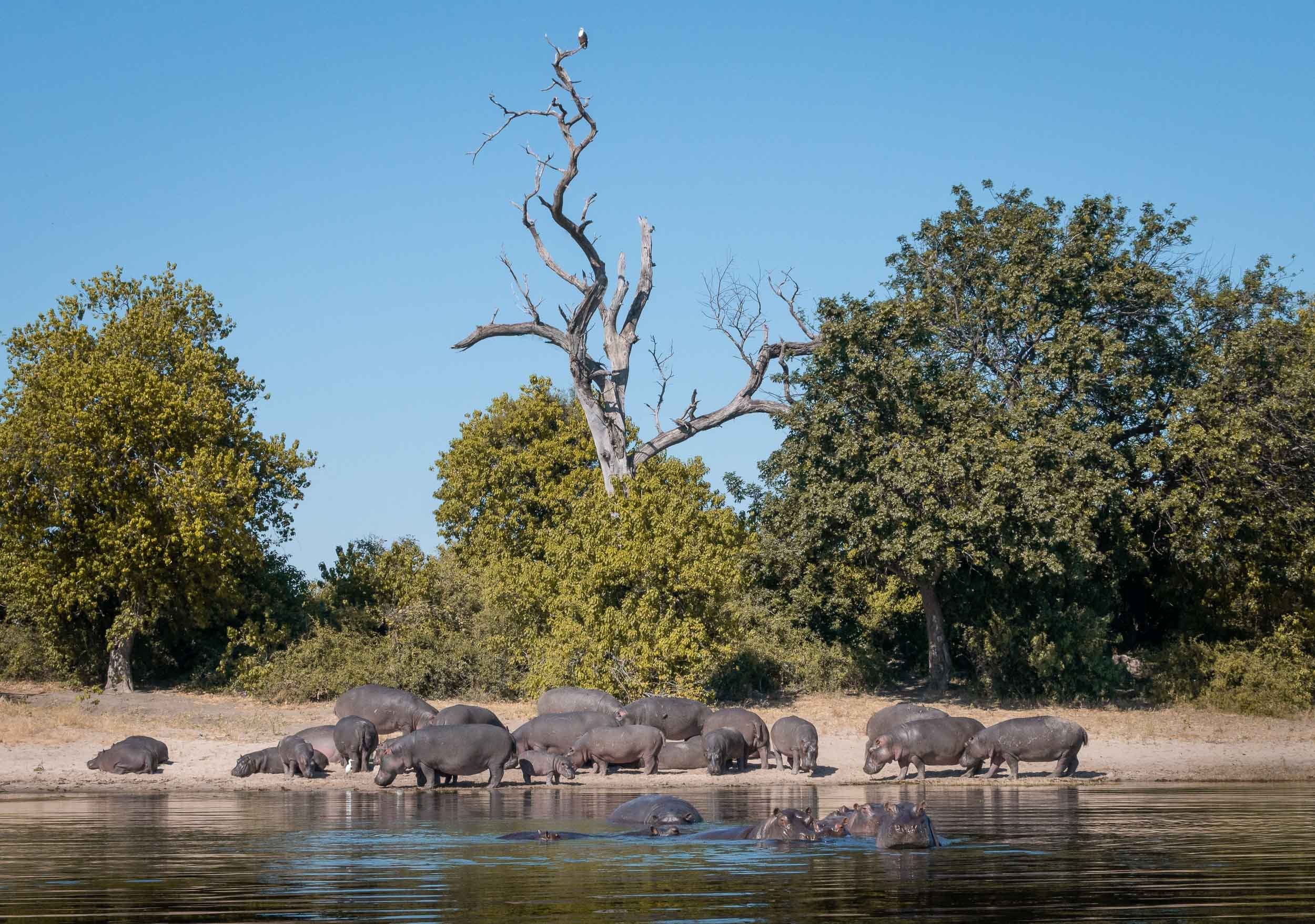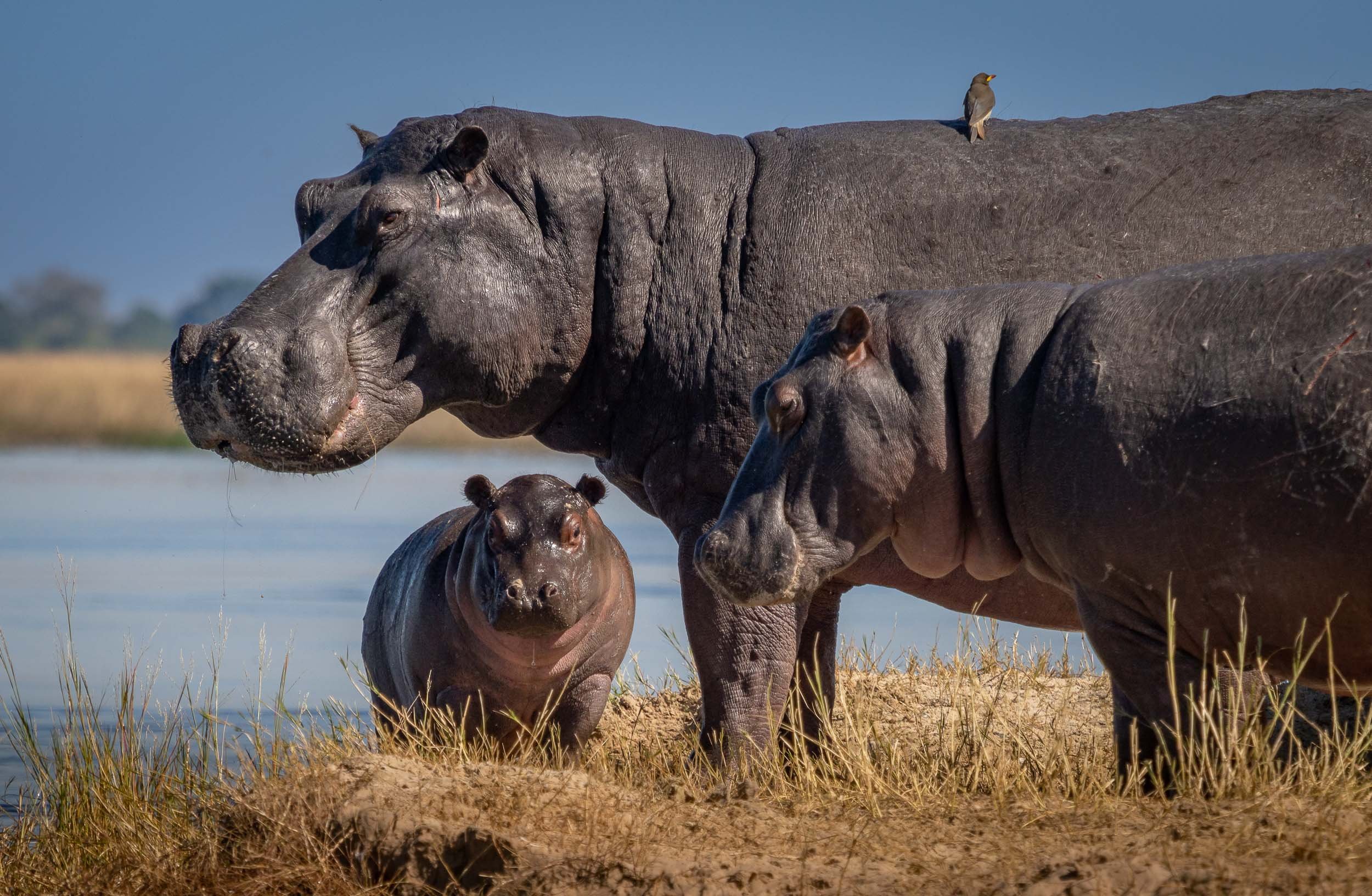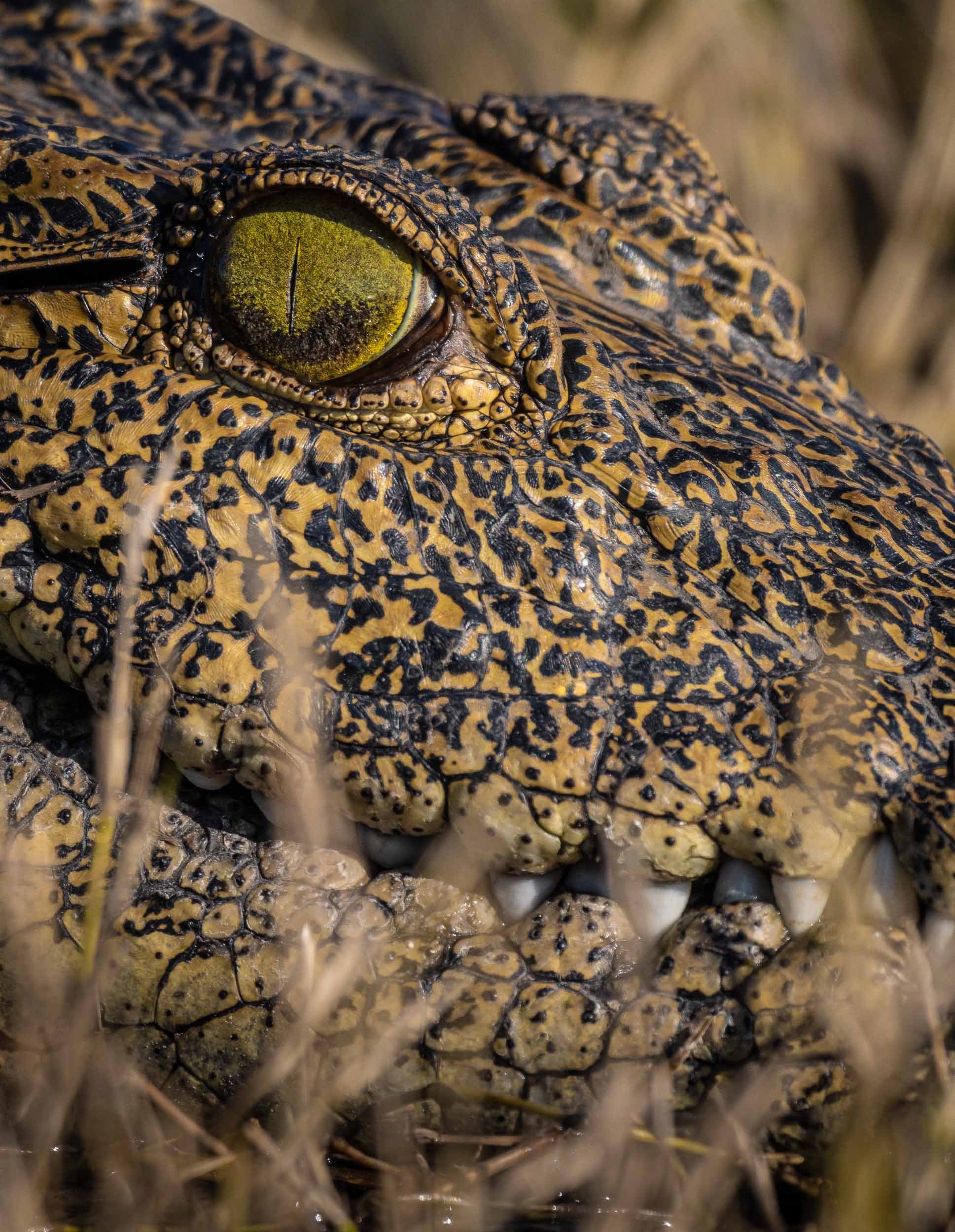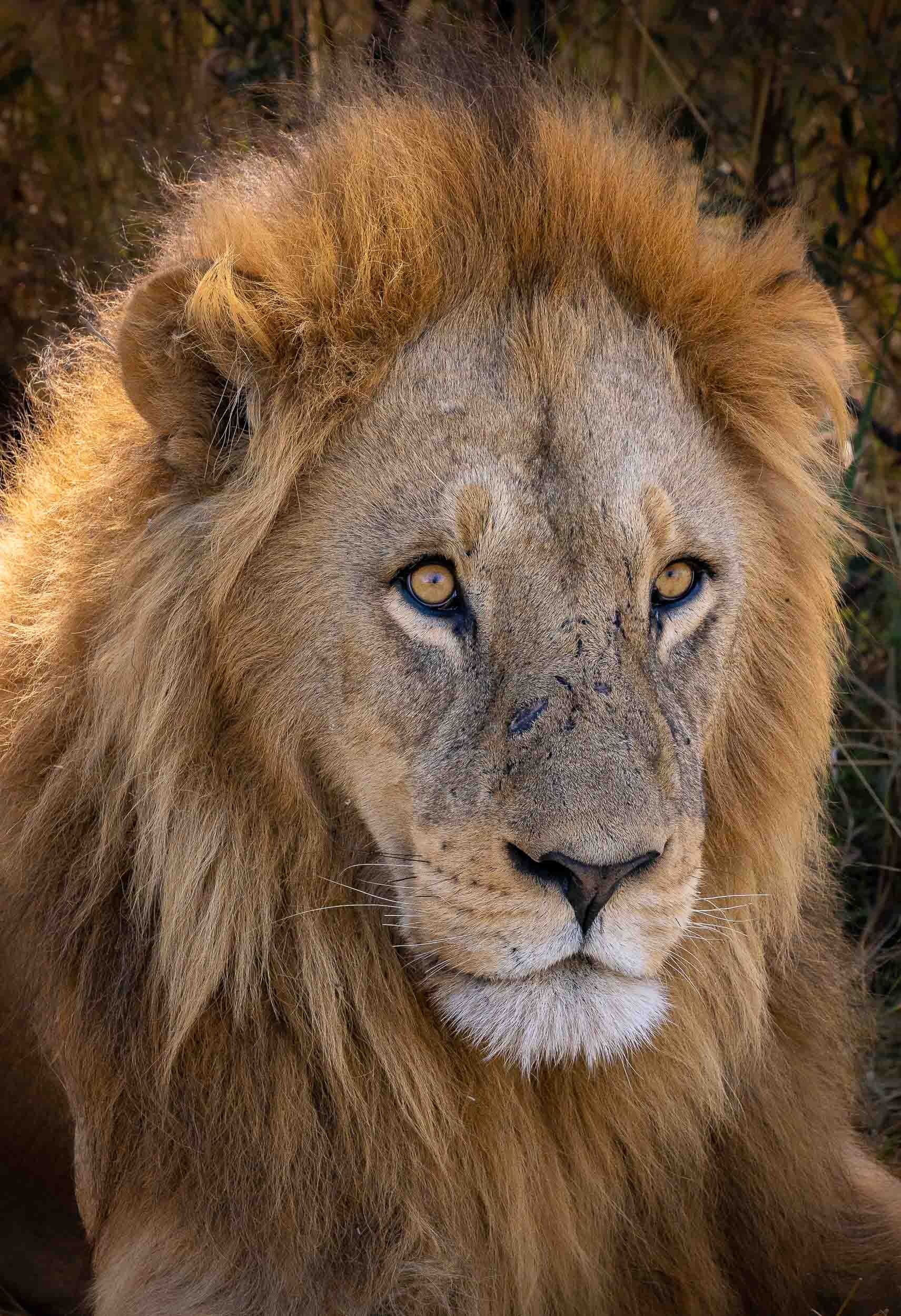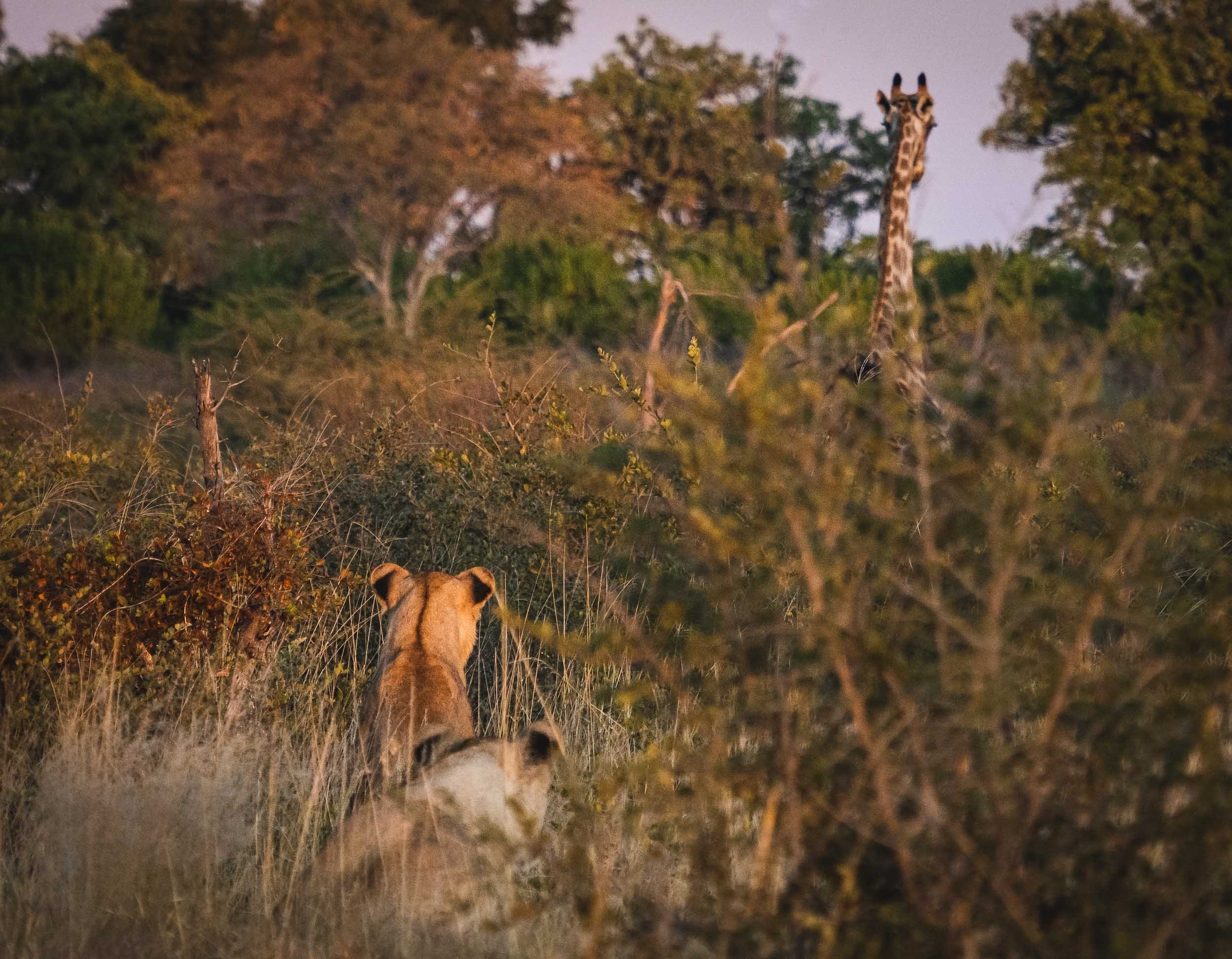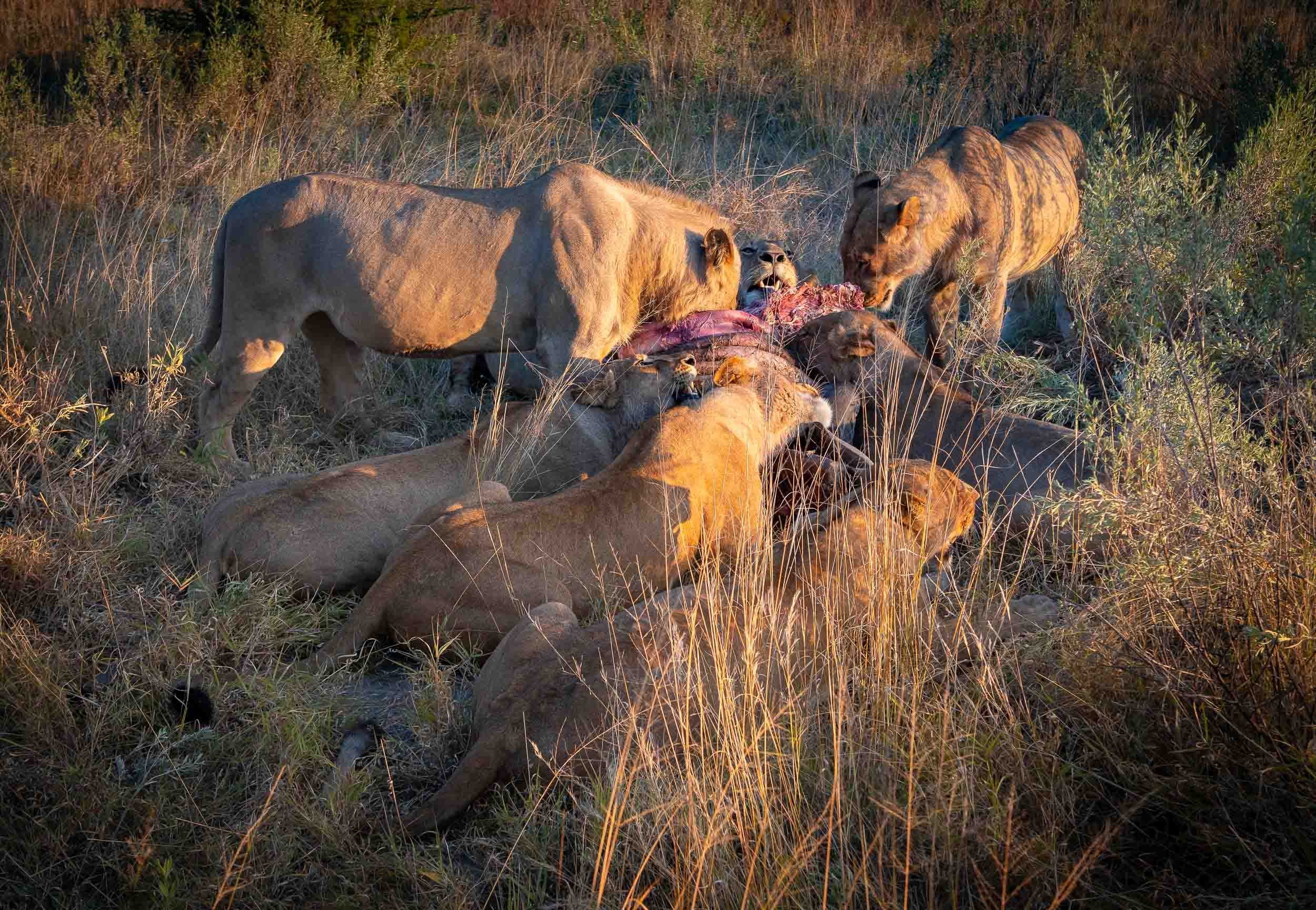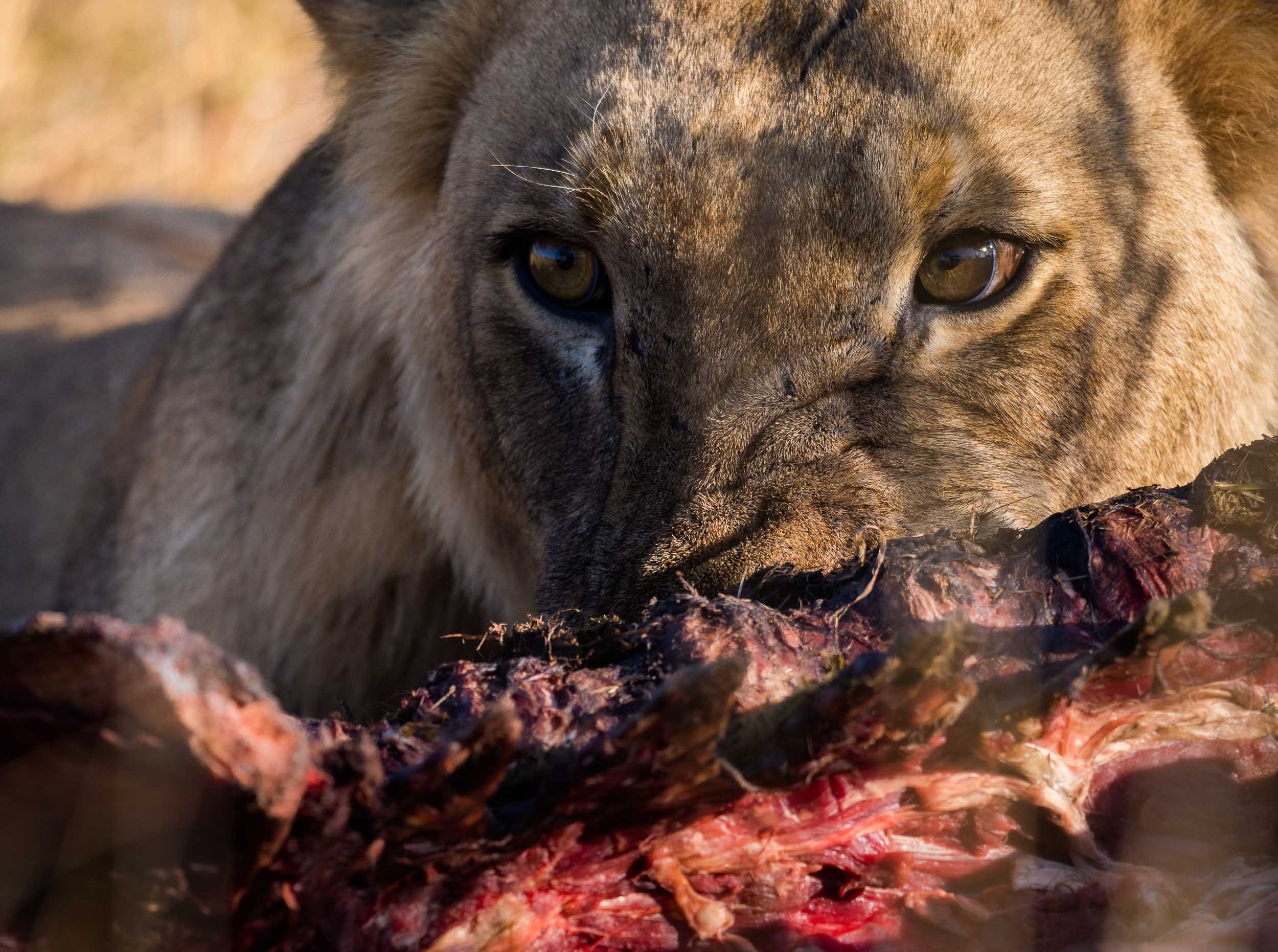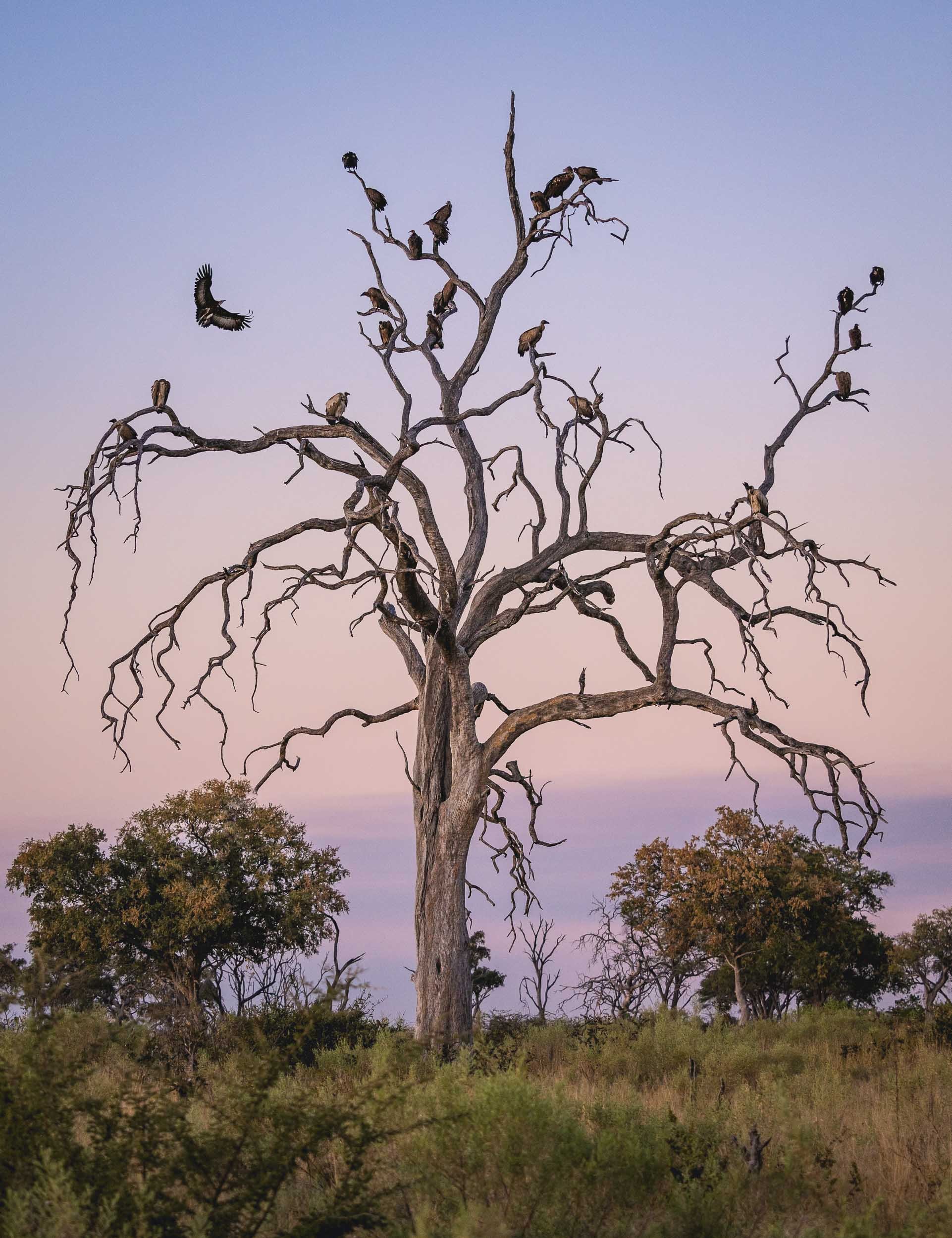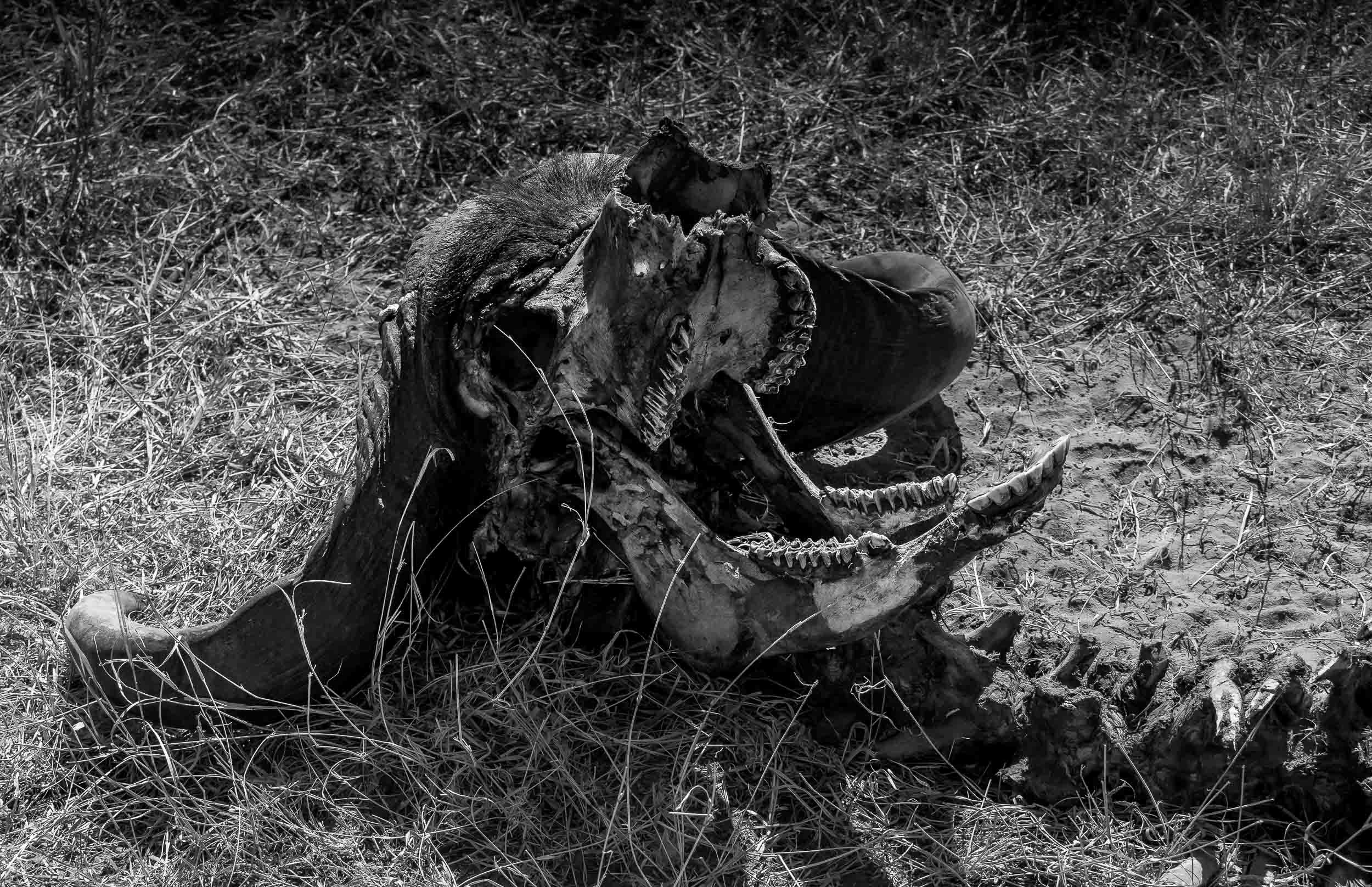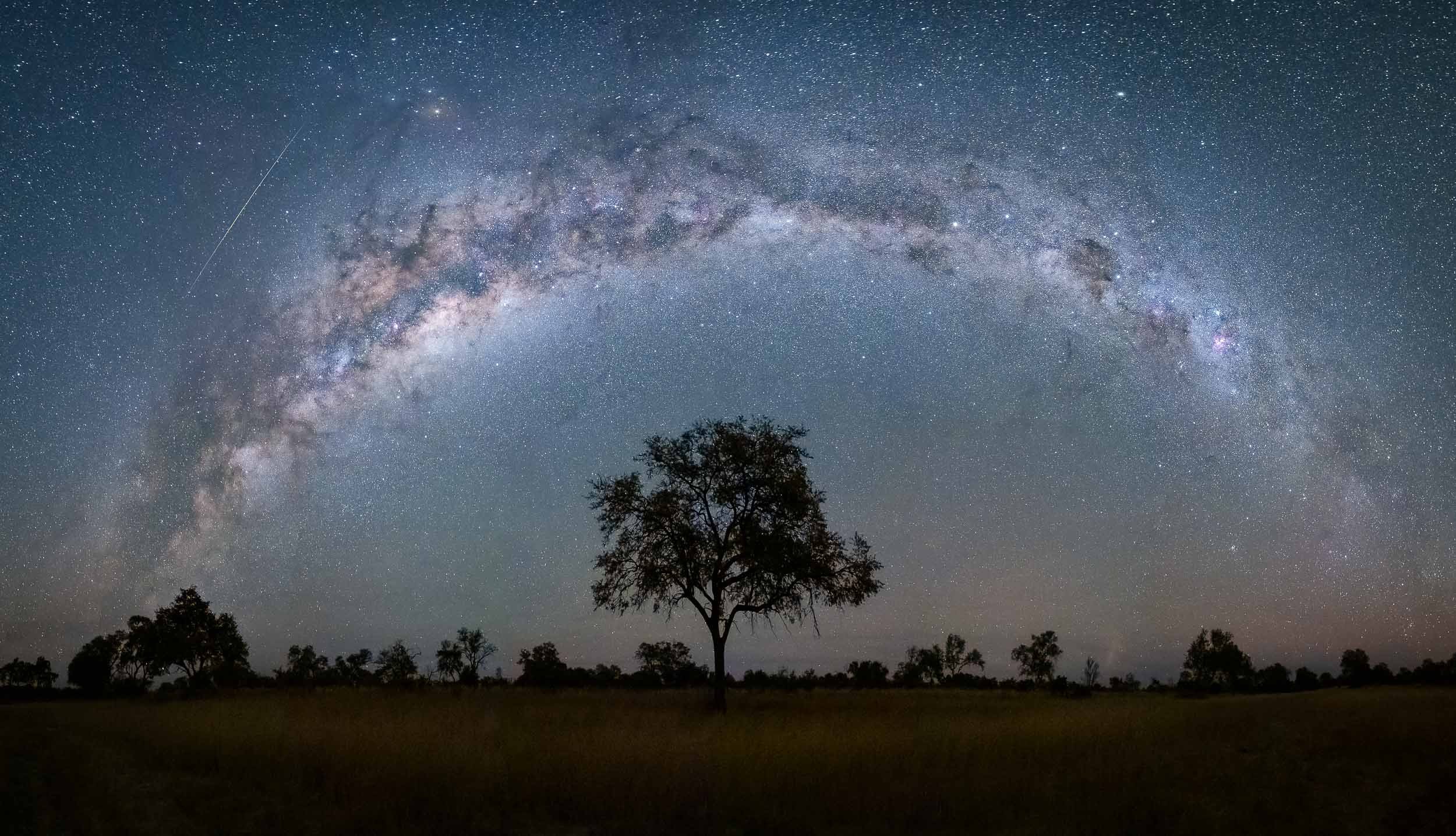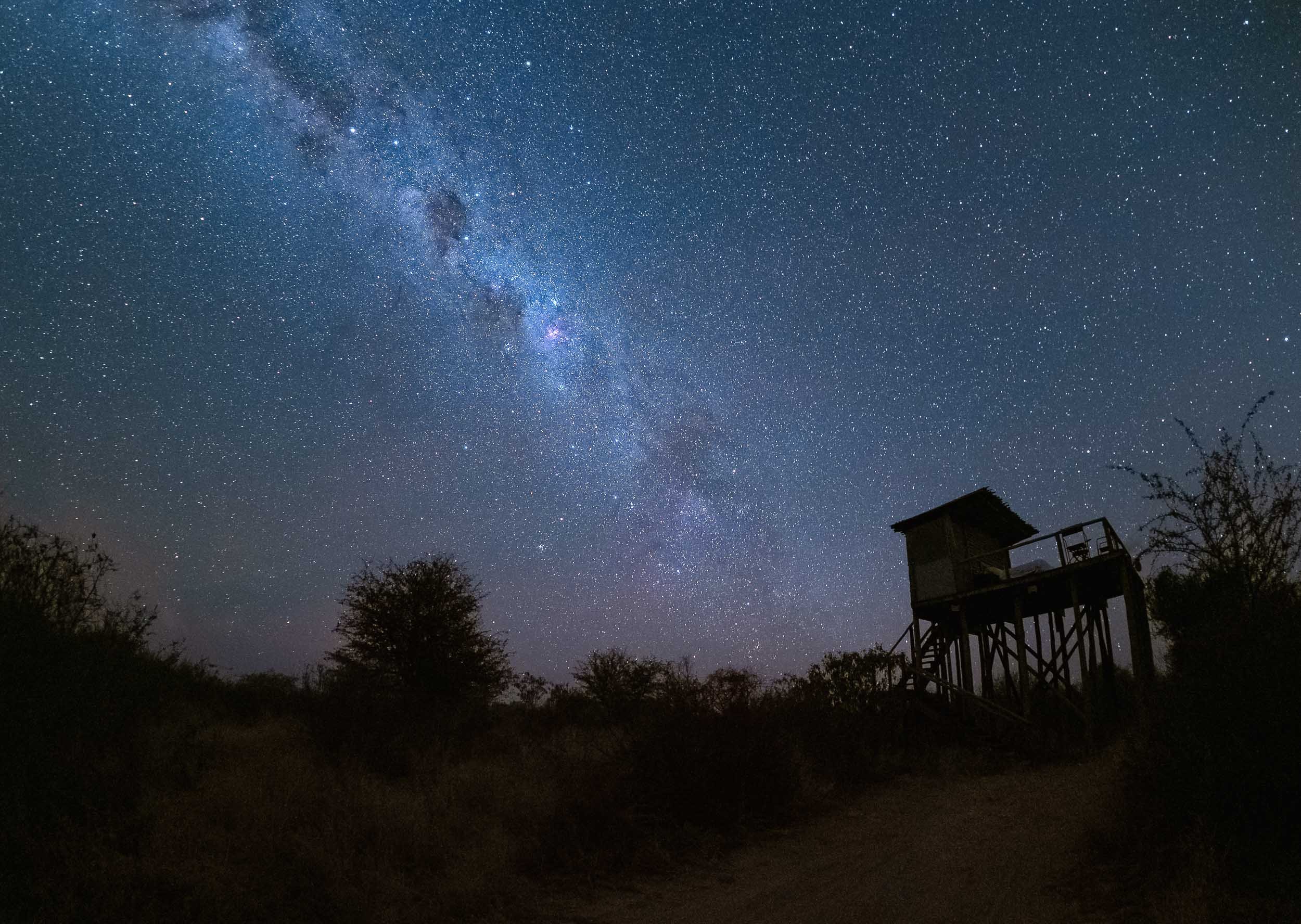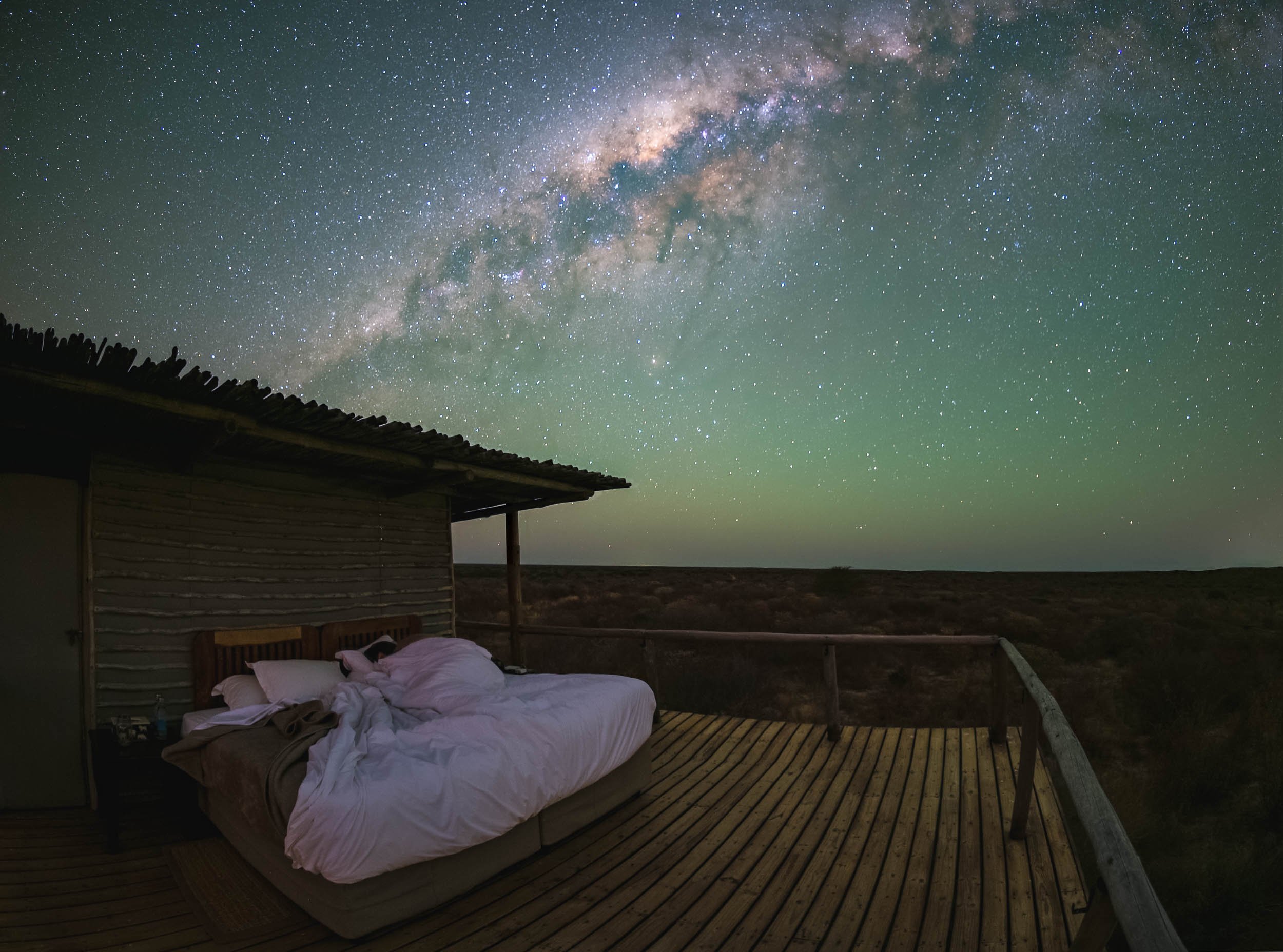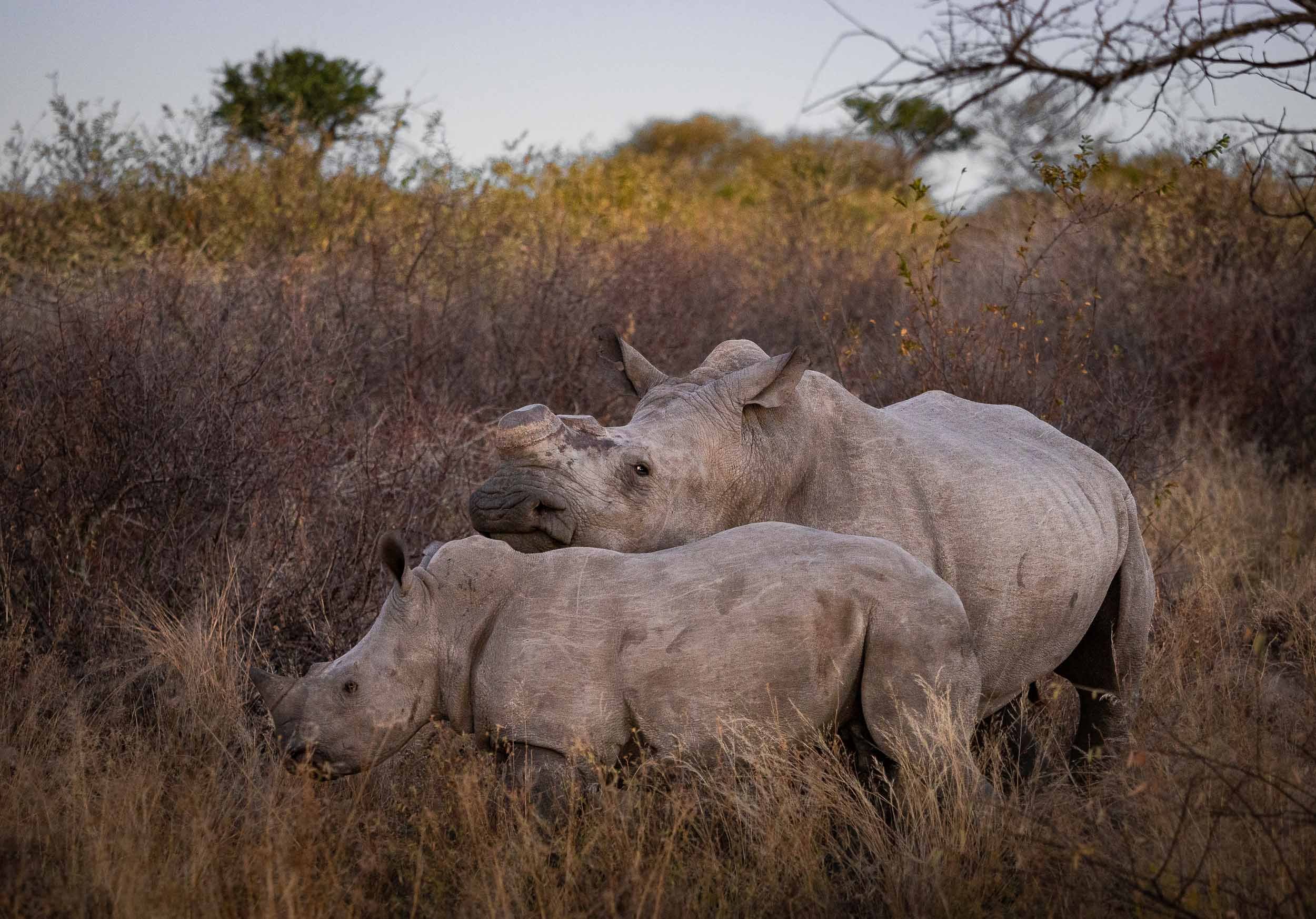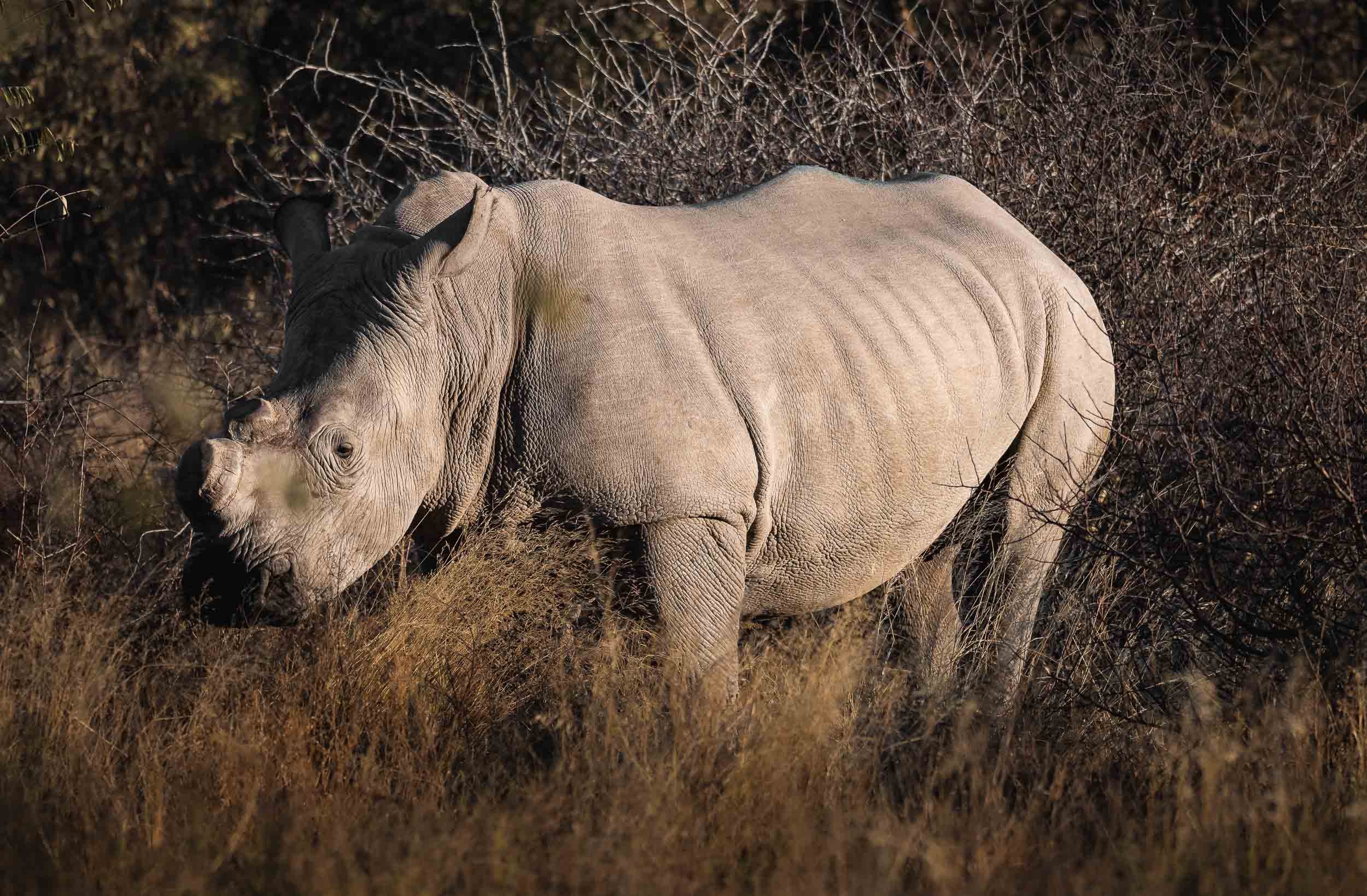Patagonia - Pumas & Peaks
The Chilean side of Patagonia is home to incredible landscapes and wildlife, and I spent a week here to document some of it during the winter months.
In August of 2024 I finally embarked on a trip to one of the last regions on earth I had not explored at all: South America. The first blog posts are in: Tales of the Atacama Desert and the Wildlife of the Pantanal. There is more to come, and this is the third post covering my trip to Brasil and Chile: The beautiful mountain landscapes of Patagonia, and one of the incredible animals that inhabits them…
From Puerto Natales to the Peaks
I arrived in the small city of Puerto Natales from Santiago (with a short stopover, there are barely direct flights in the winter time), but didn’t spend much time in town, other than a short photography walk to the shoreline with my great expedition guide Rodrigo and his wife, who were to become friends with a lot of laughs on the following days.
Puerto Natales was formally founded in 1911, but its history goes back further than that, with Spanish explorers making visits to the area in the early 16th century in search of the Strait of Magellan and indigenous people having occupied this remote part of the world. First human evidence dates back more than 10,000 years.
Two black-necked swans with the Hotel Costaustralis of Puerto Natales in the distance. My actual destination here was the Torres Del Paine National Park, around 100km to the north, a UNESCO World Heritage Site (one day I should make a list of which ones I’ve seen…).
Torres del Paine
As we drove towards the park, the namesake mountain range came into view, with a beautiful sunrise awaiting at the Amarga lagoon.
Calm Waters
While the weather is a little colder in the winter, it’s much less windy (reflections galore!) and the late sunrise and early sunset makes the life of a photographer a little more enjoyable…Here is the same spot a few days later in different conditions.
The Paine massive with its three individual peaks reaching almost 2500 meters above sea level are definitely its most iconic sight, and the many lakes and lagoons provide a beautiful foreground. The peaks make for endless compositions, and we spent quite a bit of time around the area.
The park is quite popular - but that still only means around 250,000 tourists a year. Most of those come during the summer months, making the trails, camping spots and roads a little more busy - in August when I visited other people and cars were a rare sight.
The same can’t be said for the guanacos, which were definitely quite a common encounter. Closely related to the llama (and their cousin the vicuñas, which you will see in my Atacama blog), they generally live in herds and don’t mind the high altitude - their blood has 4 times the number of red blood cells as humans.
To the north of the park entrance is this viewpoint of the Cascada Rio Paine, a small waterfall on the Rio Paine, the water of which finally makes it into the Lago del Toro.
We made our way through the park for the rest of the day, stopping at a few more spots, including the Salto Grande waterfall that comes from Lake Nordenskjöld away from the mountains. Can you spot my guide in the left photo?
The waterfall flows through a narrow canyon into Lago Pehoé. A bridge once crossed the lake here, but it collapsed during flooding from what I recall.
Konkashken Lodge
My sleeping place for the next few days was this little hut on the banks of the Serrano river, just outside the park boundaries - amazing place to stay with a very hospitable owner and his family.
The river landscape in this area is incredible, with a number of small lodges and hotels scattered around on the right, and the nearby confluence of the blue Serrano river and the discharged water of the grey glacier - the latter was still on the agenda for my last days here, keep reading!
Contrasts
A few dozen semi-wild horses live around the park, one of which was grazing in the muddy waters and spotted by my drone.
A sunrise like no other…
The next morning had what was probably the most beautiful sunrise I’ve ever seen in store - and I almost missed it. In fact, I did miss the early blue hour, because for what was maybe the first time in my traveling life I actually properly overslept, falling back asleep after waking up and getting ready a little too early…Luckily Rodrigo banged on my door and we were off to capture the colors lighting up the mountain peaks from a small lagoon.
Cerro Paine Grande mountain is the tallest mountain in the park at 2884m, and reflected back on us in a different colour every 5 minutes. It’s peak has only been climbed four times.
The Cuernos (Horns) getting kissed by the first light. No editing needed - sometimes nature increases its saturation without human help…take a look at this clip of a few more beautiful landscape moments taken with my drone (flying outside the perimeters of the park is permitted).
Not every morning was equally as colorful of course, so sometimes you need to add your own bit of human made colour. This little red bridge leads to a small island which houses the Hosteria Pehoe, a restaurant and refugio - it was still closed, just preparing for its summer season.
Icey Start
While overall bearable, Patagonian winter temperatures at night fall way below freezing.
A morning photo as the moon set, and an evening impression from one of the many little lagoons around the park, with a small lenticular cloud wrapping itself around a peak. Winter is the time for reflections here, with very little wind, which is rare in the summer, when there are warning signs on many of the roads and wind speeds commonly exceed 100 km/h.
Burnt Victims
A few parts of the park show the devastating effects of fires caused by tourists. Over the last decades, three incidents that destroyed over 150 sqkm each occurred, the last one in 2012.
While the dead trees that remain make for beautiful haunting photos, they are a reminder of how fragile the ecosystem is. Having said that, research has shown that naturally occurring fires have not been uncommon in the area for thousands of years.
Puma Quest
Although the landscapes were beautiful and not to be missed, my primary priority was to find and photograph another big cat for the collection (see here for some jaguar, snow leopard, and leopard photos, for example). This area is probably the world’s most famous to see the puma, often referred to as cougar and - aptly, given their appearance - mountain lion. Many documentaries by the BBC and National Geographic have been shot in and around the park, which would probably mean it’s good enough for me as well, just about…
On the lookout
Rodrigo scanning the mountain ranges for signs of the elusive cats.
We dedicated most of the mornings and late afternoons of the six days I spent in Patagonia to areas where pumas are frequently sighted, keeping an eye out for alert guanacos (or their complete absence, which is also a good indicator), prints, or other cars tracking them. Although there are estimated to be around 200 individuals in the territory, the first three days were not successful, and as the days dwindled, so did my hope for a good sighting.
While there was no pumas to be found for the moment, the guanacos served as decent alternative wildlife subjects.
Another common sight is the crested caraca, one of the large birds in the area, and they have gotten used to humans. In fact, the ones living near the Pehoe camping site, where we stopped a few times, are almost pets.
One more interesting species to observe when looking for pumas is the Andean condor, as they often follow the cats in the hope to scavenge on the remains of a kill, or even harass them to get their share. With a wingspan of over 3m and weighing 15kg, they are considered the largest bird of pray in the world and have an impressive lifespan of 70 years. The species is considered vulnerable today.
On the fourth afternoon, we once more made our way through one of the roads less travelled in and around the park, sleepily looking for puma clues after a nice lunch. But the sleepy vibe changed within a second, when suddenly, not one, or two, but three puma appeared just a hundred meters away from us as we crossed a small hill. Before we even realised what was happening, two of them dashed off over the hills into the distance. We suspected they were two younger brothers but could barely catch a glimpse of them. That left a large female gently walking on the slope besides the car, just 20 meters away.
The Sighting
At first she stalked and smelled the tracks of the two young puma that had just ran away, but didn’t seem particularly eager to chase after them.
A few moments of focused observation in the taller grass and bushes seemed enough to be sure the youngsters would not bother her again.
Crossing
Once she had made sure the intruders were nowhere to be seen, she changed direction, came down the slope and crossed the road, at which point we slowly scrambled backwards to give her space. Pumas in this area have gotten used to humans around, and don’t see them as a threat (or source of food) - that’s unlike anywhere else in the world, where this would be a very dangerous situation.
That’s not to say you should try and pet these large cats - keeping a distance, never cornering them, avoiding sudden movements and sounds, and observing their behaviour closely, are the key.
Notice the huge paws, the cut in her ear and slightly grumpy face, which gives her a very characteristic look - if anyone knows the name of this individual, please leave a comment!
She took a moment to chill in the short grass on the other side of the road, with the dramatic Patagonian mountain ranges in the distance, before making her way across the ridge, where it became impossible to follow her.
Queen
What an encounter! We probably spent almost 1h with her, observing different behaviors with no other soul in sight, in beautiful conditions.
Tip: One thing that I always find really useful when photographing unpredictable scenes like wildlife is to carry two camera bodies with different lenses with me - it’s hard to switch lenses in the field, and you risk missing the action. I used a previous Olympus flagship model for the wider angle photos here, and it is quite affordable nowadays, perfect for these situations.
Take a look at this video for a few clips of this amazing moment.
A few days later we did in fact have another Puma sighting in the very last light of the evening - this is the best photo I could get before it disappeared, putting the quality of the first sighting into perspective…
Puma Presence
We came back to the same area the next day, but she and her two companions were nowhere to be found. Instead, we opted for a small hike along the hills - probably crossing her territory. Guides are mandatory due to the presence of the cats, but the goal this time was to see evidence of humans, rather than cats.
There are a few places in and around the park with pre-historc rock art - this one is fairly easily to reach after about an hour of moderate hiking. These petroglyphs are from the ancient Aonikenk / Tehuelches culture, the nomadic tribes that once inhabited this area. The paintings on the cave ceiling in the left image are about 6500 years old.
Lago Grey & its Glacier
The quest for these big cats was also the reason landscapes and the longer hiking routes to or around the peaks (which can take 5-10 days) had to take a backseat - plus, the rising moon (and frequent clouds) didn’t make Milky Way photography an option during my visit, but I may be back for that…
Having said that, I moved to a different hotel for the last two nights, this time on the west side inside the park to explore its most famous glacier, feeling a little bit more relaxed after the successful Puma quest.
The calm shoreline of Lago Grey at sunrise, with the glacier just about visible as tiny bright blue spec in the distance on the left. In fact though it’s almost 6 kilometers wide, and the front face over 30 meters tall.
Iceberg Alert
It regularly calves, leaving large floating icebergs in the water, which gently make their way to the shores of the lake, where they slowly melt away.
The goal was to get much closer though, taking a boat across the glacier lake for a better look at the details. I had the chance to explore glaciers in Alaska before, and while there are always similarities, every one is its own incredible feat of nature, with the heavily compressed blue ice slowly pushing its way down the slopes.
As the boat approaches, temperature drop noticeably and more and more ice appears on the lake, with the beautiful backdrop and earthy colors of the mountain ranges.
The glacier belongs to the Southern Patagonian Icefield - at almost 17,000 sqkm, it the world's second largest contiguous extrapolar ice field (the biggest being in Alaska).
Patagonia Aesthetics
Thev view towards the glacier from Hotel Lago Grey. Look closely to spot the boat that takes you close to the glacier.
One last morning view over the Cerro Paine Grande and its icey snowcapped mountaintop from a small waterfall near the (very expensive) Explora hotel. We saw a number of Puma prints here, and the accompanying smell also indicated they may have been here the night before, leaving their marks, but remaining unseen - to us anyway. But we had our moment.
And that was it from my trip to Patagonia, but I would say chances are high I might be back...
Disclaimer: This post contains a sponsored link from which I earn a small amount, but all the content absolutely represents my true opinion and is factual to the best of my knowledge.
Subscribe to my newsletter to get notified and don’t miss out on more Wonders of the Globe.
Other Recent Posts:
Rwanda - A Gem Of Africa
Rwanda - one of the smallest African countries, but for sure with a lot to offer.
Rwanda - one of the smallest African countries and one of the youngest populations in the world. The “land of a thousand hills” (its lowest elevation is just under 1000m) suffered from terrible tragedy less than 30 years ago, and since then has been on an incredible path of recovery - economically, socially and through its conservation efforts.
We only had 6 days in Rwanda, so the schedule was relatively packed as there is a lot to see - and as I learnt, more to explore than what I had time for. The first impression of Rwanda is Kigali, and it’s a positive one - the city is modern and clean, and well organized. Corruption is rare, and the country is united in building a better future for themselves - so far, relatively successfully.
Great Apes and Golden Monkeys
More on Kigali and Rwanda’s history later, as we immediately left towards the country’s western parts: The Volcanoes National Park in the Virunga mountains, home to the world’s second remaining Mountain Gorilla population, aside from Bwindi Impenetrable Forest, about which you can read in my Uganda blog.
In Dian Fossey’s Footsteps
This was also the mountain we had to climb to see Rwanda’s most famous attraction - luckily not all the way to the top! With our guide, porters, and armed rangers, we started from the very western part, just a few kilometers from the border to the Democratic Republic of the Congo, where the national park area is currently closed due to the civil war. The trek was intense, although less so than in Uganda’s aptly named impenetrable forest.
Even though it was my second Gorilla trek, it was not one bit less exciting than the first one. The varied behavior of the Gorillas, the different natural setting, and simply the fact you only have one hour with them definitely makes you want to experience more of it once you had a taste.
Rwanda’s Gorilla conservation effort and the conflict with poaching has been in the global spotlight for many years, starting with Dian Fossey’s work from the 1960s, culminating in her famous book “Gorillas in the Mist”, later adapted into a movie. She was instrumental in stopping the decline of the Mountain Gorilla population, and her work is now eternalized in the newly opened “Ellen DeGeneres Campus of the Dian Fossey Gorilla Fund”, a modern research centre and museum dedicated to the plight of these animals - definitely worth a visit when you’re in the area. Fossey’s life was not without controversy, and ended in her murder, which remains a mystery until today.
A Feast
The second species of primate that is special in this area are Golden Monkeys, an endangered animal that can only be found in the Virunga volcanic mountains, with an estimated population of 2000-4000.
Watch one of them stuffing its face.
The Golden Monkey Trek is a lot less intense (and the permit much cheaper) than the Gorillas, and while not quite comparable they’re an interesting species, so it’s definitely worth combing the two if you visit Rwanda.
Into the Darkness and a Nice Place to Stay
A rather obscure attraction (my favorite ones) of the park are the Musanze caves. Their entrance lies literally under the main road through the area, and you’d never know what lies beyond unless you descend down for the guided tour.
The last night at Volcanoes National Park was spent at One & Only Gorilla’s Nest. Definitely the most spectacular place to stay in the area, located in its own private Eucalyptus forest, featuring the restored cottage of wildlife expert Jack Hanna.
From Lakes and Volcanoes
I had one more place to see before heading back to Kigali - the Twin Lakes of Burera and Ruhondo, on the border to Uganda. These two lakes have an almost identical shape (hence the colloquial name), although they are at different elevations. The existence of a small channel (now a hydropower pipe) meant that water was flowing from one lake into the other in the past. They are separated by a small elevated hill, from which you get to experience beautiful views of the volcanoes and lakes - Byiza Lodge is probably the best spot.
My last day in Rwanda was spent exploring Kigali and its surrounding areas. That includes one of its last independent milk bars (yes, that’s a thing) called Kuruhimbi, for the famous Ikivuguto drink. If you know me, you’ll know that’s my kind of bar, but the story behind the importance of cows and milk in Rwanda is an interesting one, worth a read in this article - there’s a reason why the phrase for “wishing someone well” here literally means “may you have a cow”.
Lessons Learnt from History, or not?
Beyond that, an agenda point no one should miss out when visiting Rwanda is to explore some of the country’s most significant monuments of the genocide in 1994. We visited three such places: Kigali Genocide Memorial, Nyamata Church, and Ntarama Church Memorial Centre, the latter two about an hour outside the city. They each provided a different insight and perspective on the genocide, but the theme of invoking incredible sadness about what occurred here is shared across all of them - it’s a rough emotional journey. For instance, Nyamata church still features holes in the wall that were used to throw grenades into the building when people looked for shelter, and blood stains on the altar cloth caused by machete massacres. Over 50,000 people are buried here, many of them displayed as rows of skulls and in coffins filled to the brim with bones, often unidentified. New victims are still found in mass graves of the area.
While I recommend reading the articles linked above, another way to start is the (albeit Hollywood-ized and not without its controversy) movie “Hotel Rwanda” which took place in the historic Hotel des Mille Collines, (where I stayed, as it happens).
While estimated numbers vary, around 800,000 people were killed in the span of just over 3 months, the vast majority of Tutsi ethnicity, slaughtered by the Hutu perpetrators with the most brutal means. What makes learning about the events of this period particularly intense is their recency - as a consequence, literally everyone you meet in Rwanda is somehow directly or indirectly affected - and secondly, how the seeds for the genocide were planted long before, and, as so often, by Western occupants. At the same time, the country has taken a path of unification and forgiveness, and you don’t ever have the feeling of lingering tension or divide. While Rwanda is not without its political challenges, it makes the progress and development over the last 25 years all the more impressive.
When visiting memorials such as these, one often has the feeling that “this can never happen again” or “it wouldn’t happen today” - the problem is, that’s what everyone thought after genocides in Armenia over 100 years ago, or the Holocaust 80 years ago, and yet history keeps repeating itself. I found this banner particularly prescient and it makes you think about where the next risk lies and how to prevent it, given the complexity of the root causes.
A Sunset in Kigali
The last evening was spent on capturing the city from day to night. We found this elevated viewpoint which was perfect for capturing some cityscape scenes and this timeslice video.
Uganda - From Lakes to Apes
The Republic of Uganda was another East African country on my journey, and it had beautiful lakes, rural villages, savannah landscapes, and a forest that deserved its name on the agenda.
The Republic of Uganda was another East African country on my journey, and it had beautiful lakes, rural villages, savannah landscapes, and a forest that deserved its name on the agenda.
Entebbe and Lake Victoria
I started my trip from Entebbe, a small city south of the country’s capital Kampala, and home to its only international airport (famous for the 1976 hostage situation), but also place of residence and office for the president. Our first mission was to visit Mabamba Swamp on Lake Victoria, to find what they call the “holy grail of birding”: The endangered Shoebill.
Alas, it was not a successful trip beyond a very brief glimpse, but the area was still beautiful and it turns out this would not be the last chance to see this rare animal...
Tarzan’s Home
We also visited Entebbe’s botanical garden, which was started in 1898 and contains both endemic and imported trees, some of them more than 400 years old.
Punishment Island, and 28 more
A long drive from Entebbe through the beautiful landscapes and towns of southern Uganda brought us to Lake Bunyonyi, a 46 sqkm lake very close to the border of Rwanda.
A Flight Above the Lake
Towards the Impenetrable
After two days at Lake Bunyonyi, it was time to head further west, approaching the border of the Congo. On route, we passed some of Uganda’s beautiful mountainous areas, dominated by farmland and small rural villages.
Our goal was a different one though, bordering the farm land. The Bwindi Impenetrable Forest, and its corresponding National Park. One of the most biologically diverse areas on earth, it is World Heritage Site that truly deserves its name, as I would later find out.
Parts of the forest are accessible - with a guide - through very basic hiking paths, and lead to some beautiful waterfalls, small rivers, and diverse flora and fauna.
The Greatest of the Great Apes
However, the real attraction of the Bwindi Impenetrable forest lies in something much less accessible, and it’s for a reason the meaning of the forest’s name in the local language is “a place full of darkness” . An armed ranger, a guide, and the stamina and shoes to survive several hours of trekking in the thick cover of plants and over muddy ground, climbing slippery and steep slopes, and wading through many small rivers, are all requirements to find the reason most people come here: The Mountain Gorillas.
There are only just over 1000 individuals left on earth, living in two populations. One of them makes up about half of the entire species and lives in this forest, broken down into around 50 families. Only 21 of them are habituated, i.e. used to human presence, and can be visited. The one I trekked was the Oruzogo family made up of 17 individuals, led by the dominant silverback Bakwate.
Seeing these rare and endangered animals in the wild, and observing their gentle and social behavior for an hour (this is the maximum amount of time you can stay with them) from just a few meters away is an experience that is hard to describe in words or photos.
From Tree Climbing Lions to Gorge Climbing Chimpanzees
Leaving Bwindi with a sad eye, I made my way northwards to the Queen Elizabeth National Park and the Kazinga Channel.
We encountered these young lions in a tree, where they spent the afternoon being lazy. Tree climbing lions are not common, but Queen Elizabeth National Park in Uganda is famous for them. They usually move up for a better view, shade, and to escape insects.
The Infamous Shoebill
Remember the quest for this elusive bird? Well, after an unsuccessful try in the swamps, the park came through for us. It is home to several of them, and one individual put on a show, even circling above our heads, which is quite rare as these birds are very large and heavy - up to 1.5m in size, weighing 7 kg - and rarely fly long distances. Their peculiar look and the large beak make them appear almost prehistoric - a modern dinosaur!
A Cruise on the Channel
Great Apes - The Second Round
The park is also home to another Great Ape species which can be tracked and observed closely in the wild: Chimpanzees. The location is equally as spectacular as the Bwindi Forest: The Kyambura Gorge.
While they are both part of the Great Ape family, Chimpanzee observation feels very different from trekking and observing Mountain Gorillas. It’s a very distinct experience that I’m glad I didn’t miss.
Botswana - On The River, Above the Ground, And Under The Stars
My time in this landlocked country on south-western Africa was mainly focused on animal photography.
The third destination I visited during my Africa trip, was Botswana. My time in this landlocked country on south-western Africa was mainly focused on animal photography. Having said that, I could not help sneaking in a few rather unexpected Milky Way photos, read on to find out why that was the case.
This trip was with Pangolin Photo Safaris, specifically their 10 day - 3 location trip, which was well organized and covered a variety of wildlife and landscapes.
The Chobe River
Over the first 3 days in the country, we spent time on a houseboat cruising and mooring along the Chobe river. In fact, we were anchored on the Namibian side, so one could argue that some of these photos show Namibia, and some show Botswana, depending on which side of the shore the animals stood ;).
Elephants in the Water
It was the first time I was able to observe elephants in the water, not just bathing and drinking, but properly swimming - in fact, literally under water. The park is widely known for its many elephants. Botswana has the largest elephant population in Africa estimated at over 200,000, to the extent that their presence causes pressure on the environment and other animals, as well as conflict with humans.
Bird Life
The river has amazing bird life, from Kingfishers, to Fish Eagles, Storks, and Jacanas. Not something I was previously too interested in, but observing their behaviors is intriguing, and trying to catch them in flight is a photographic challenge (which I never shy away from).
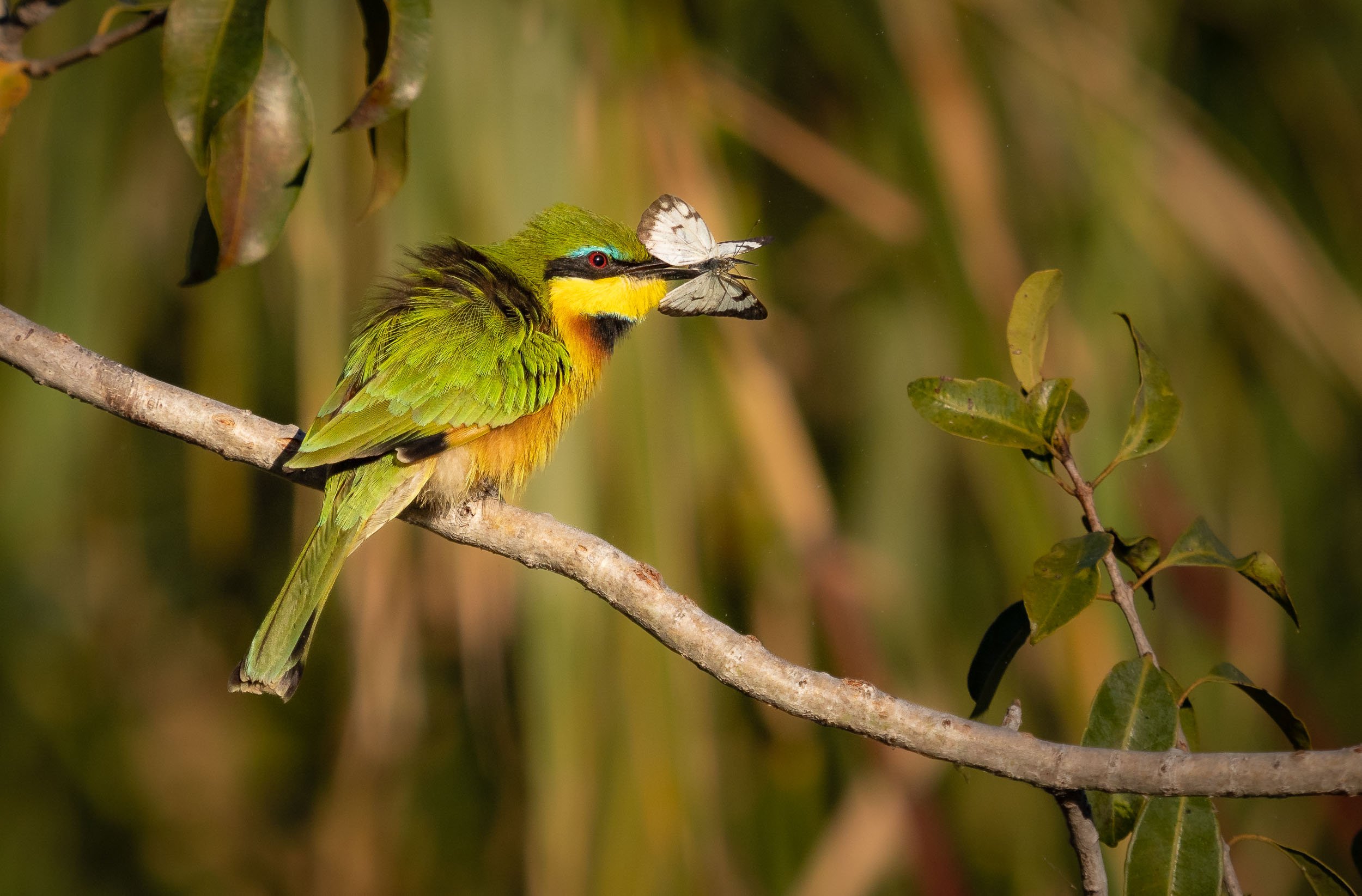
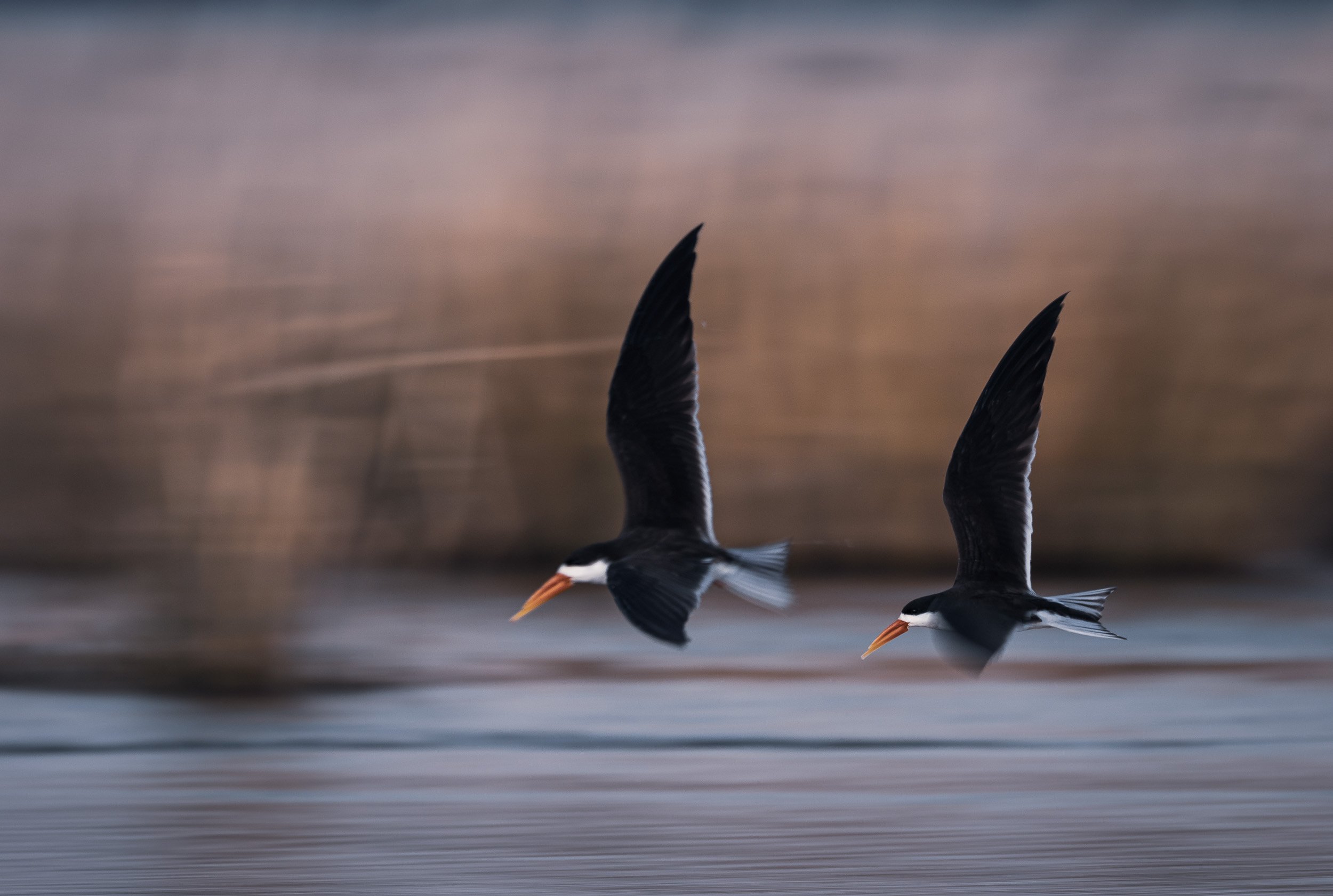
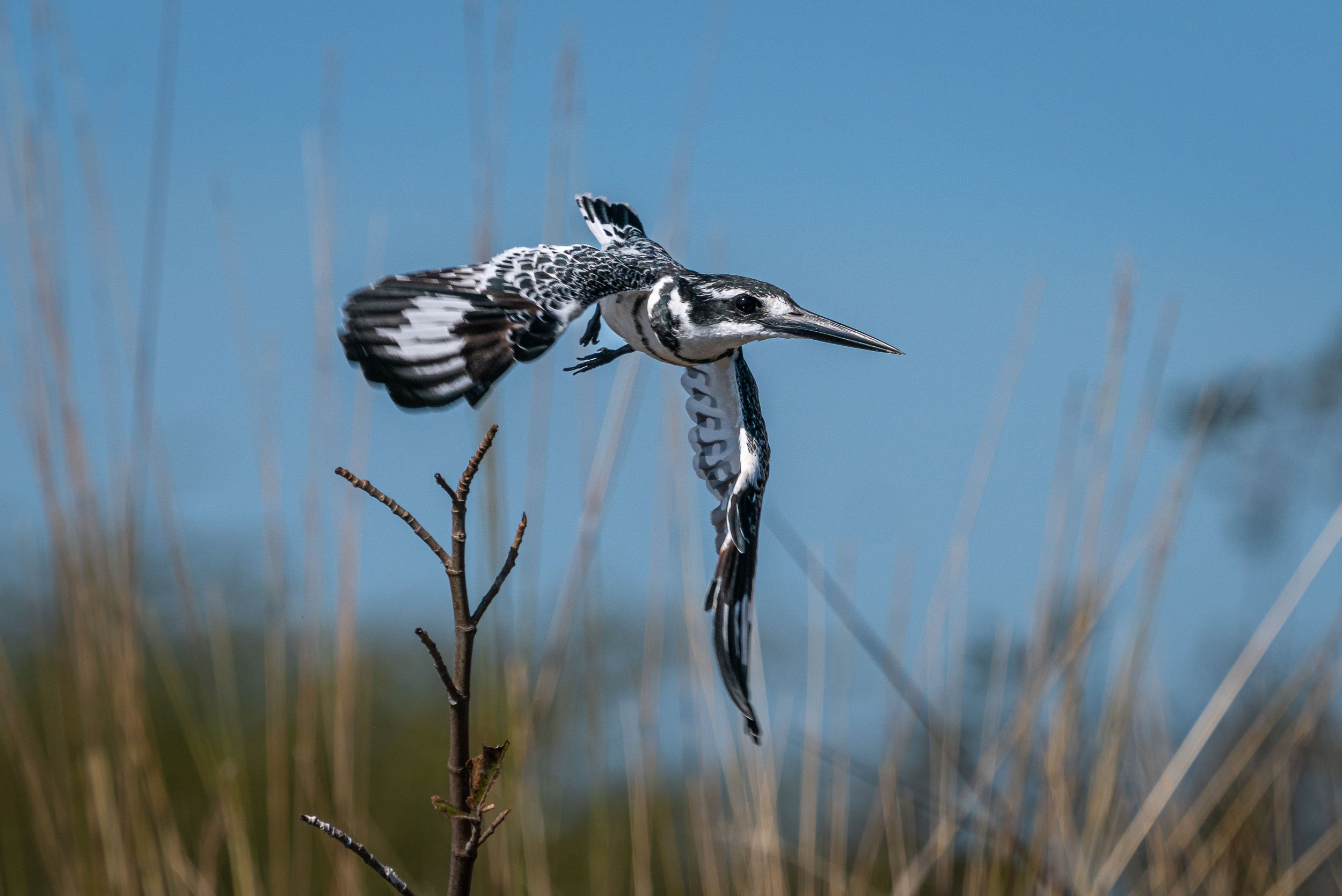
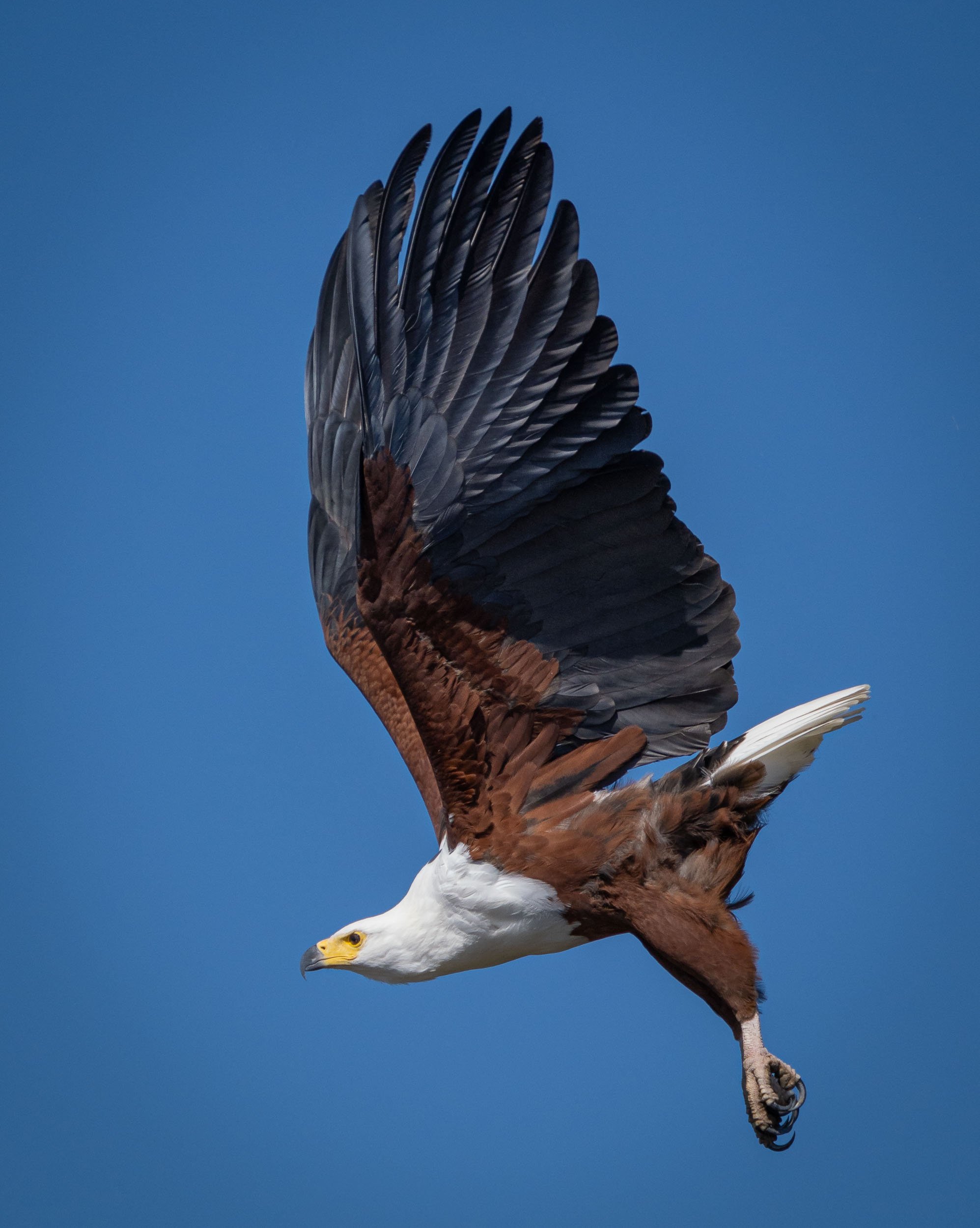
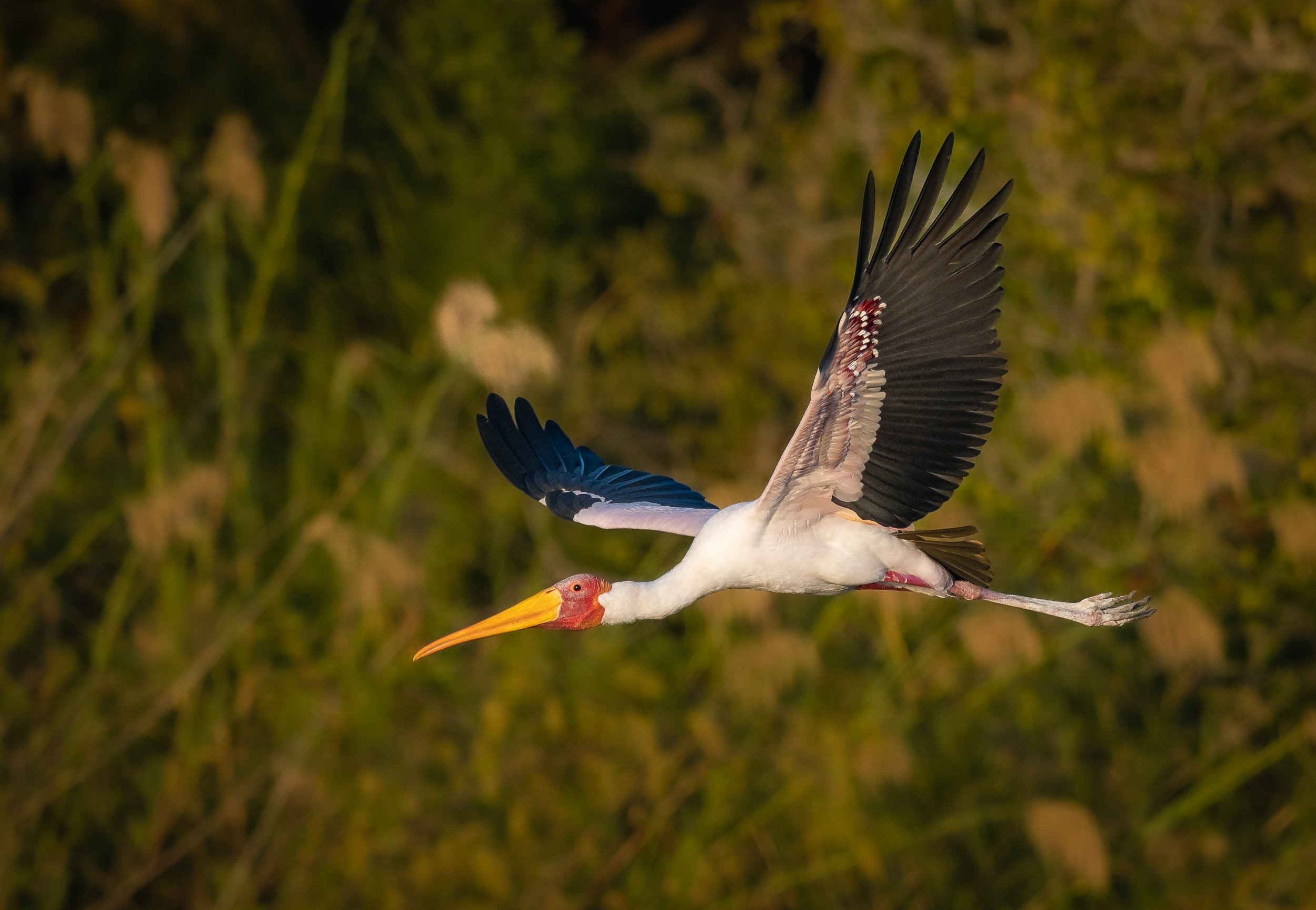
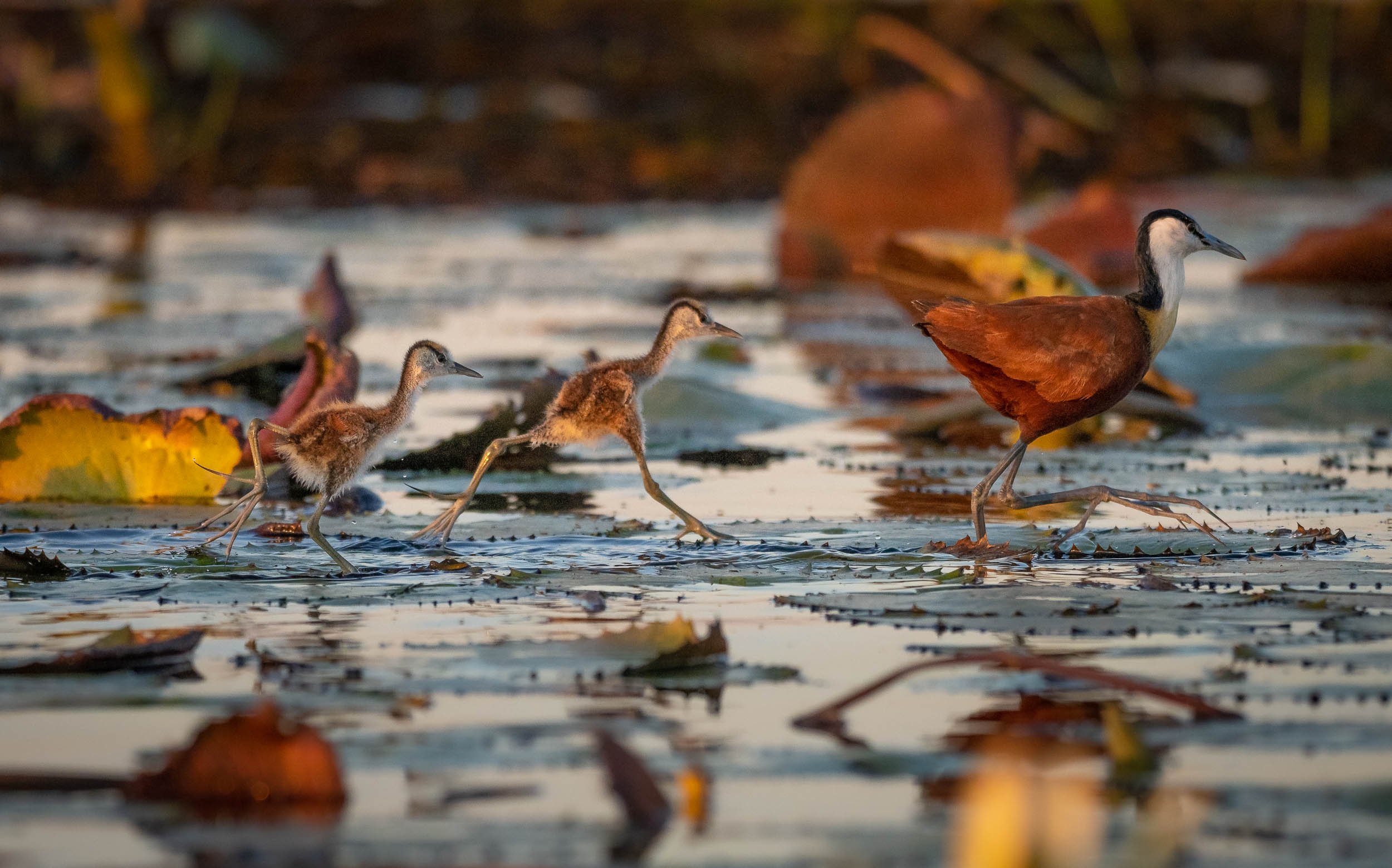
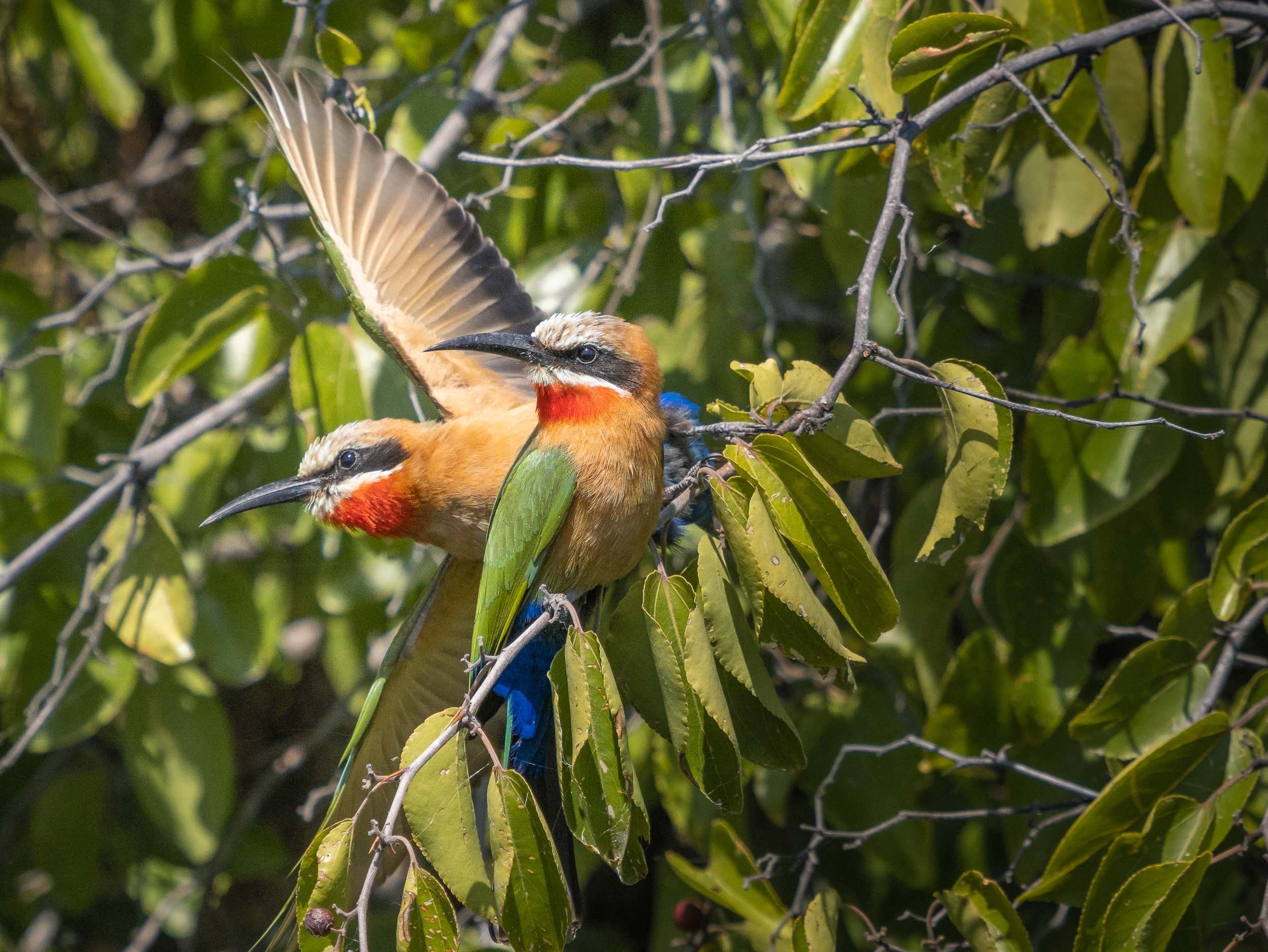
We were also lucky enough to observe some lions with a kill directly under the bushes on the shore.
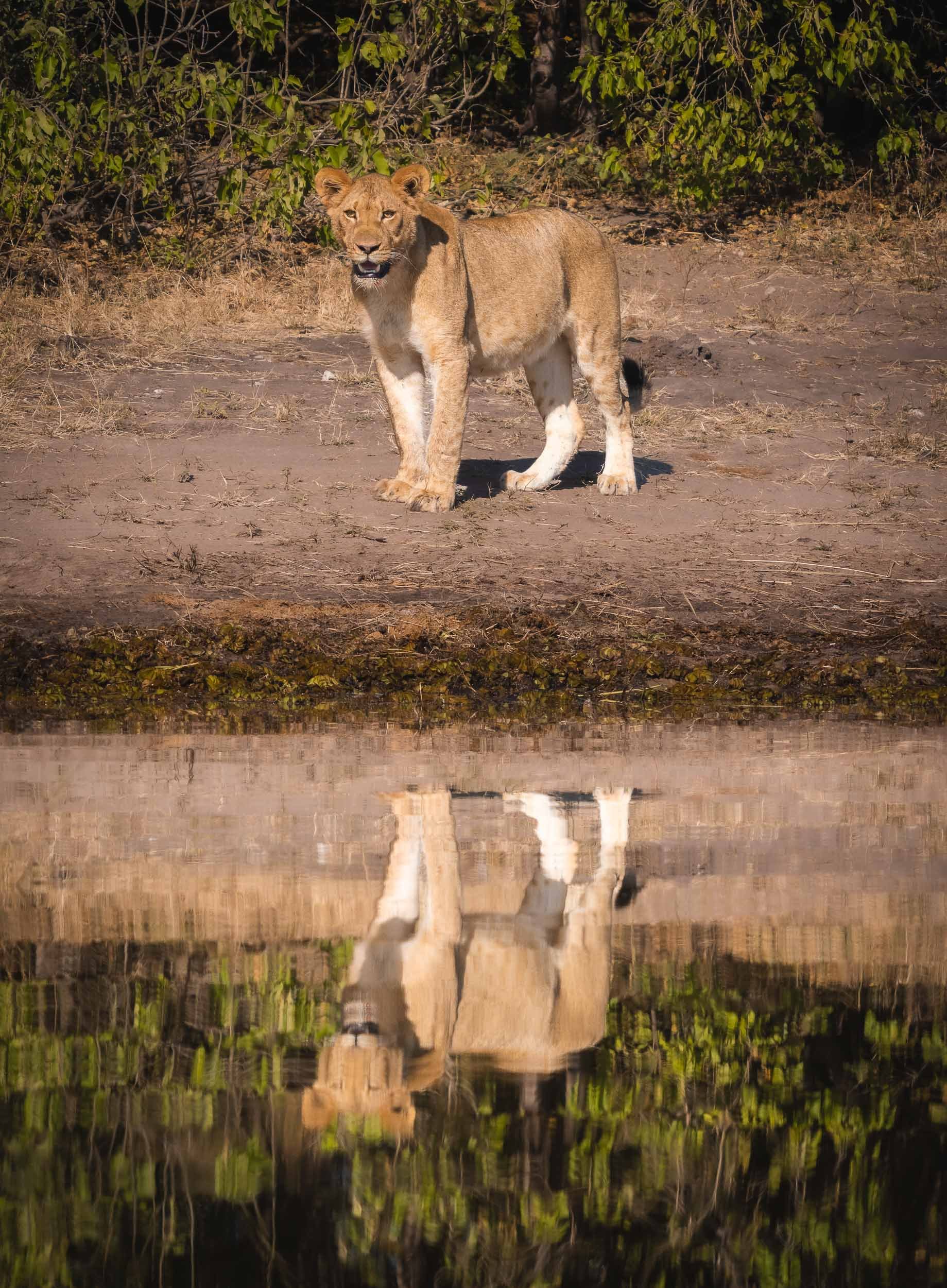
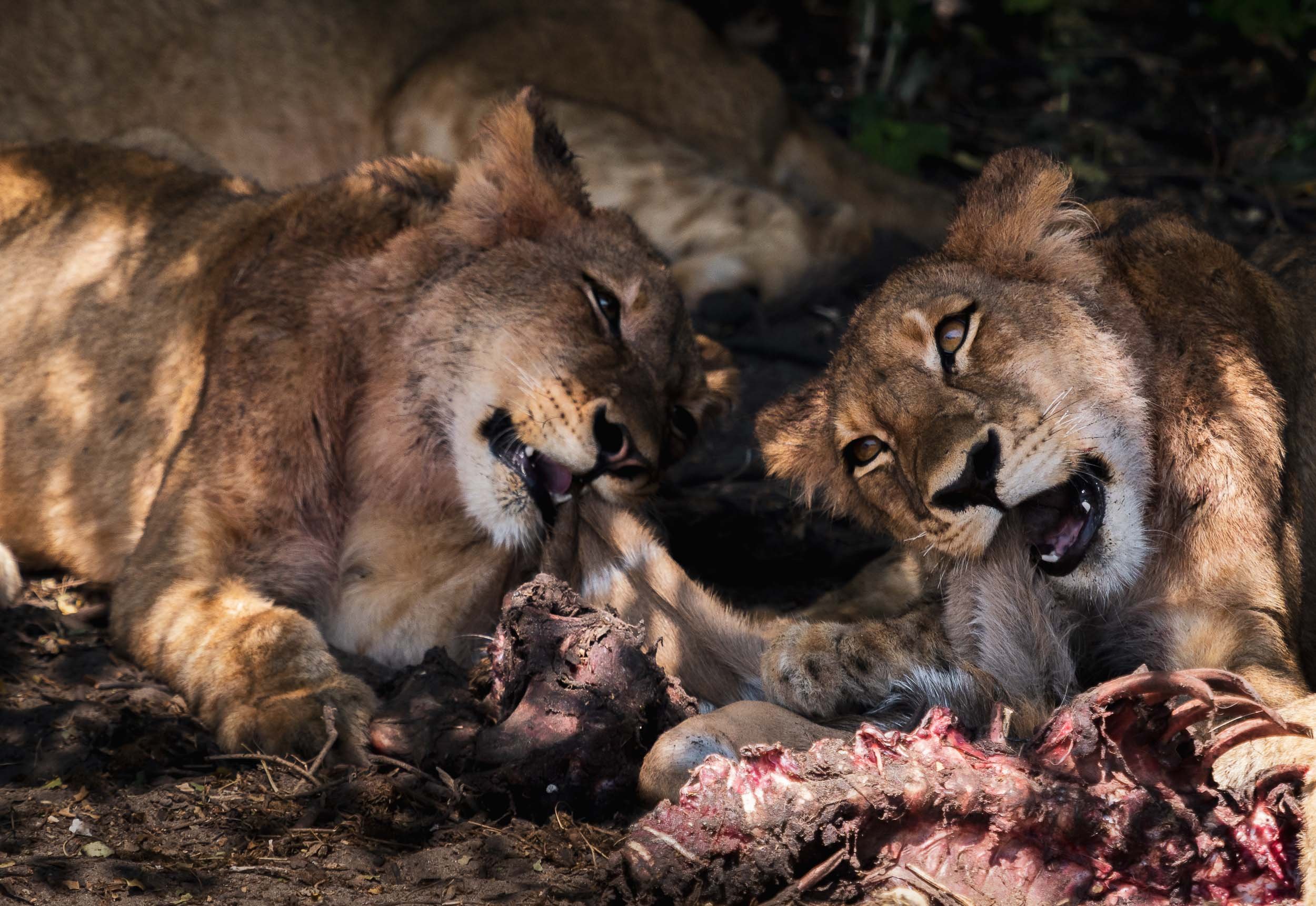
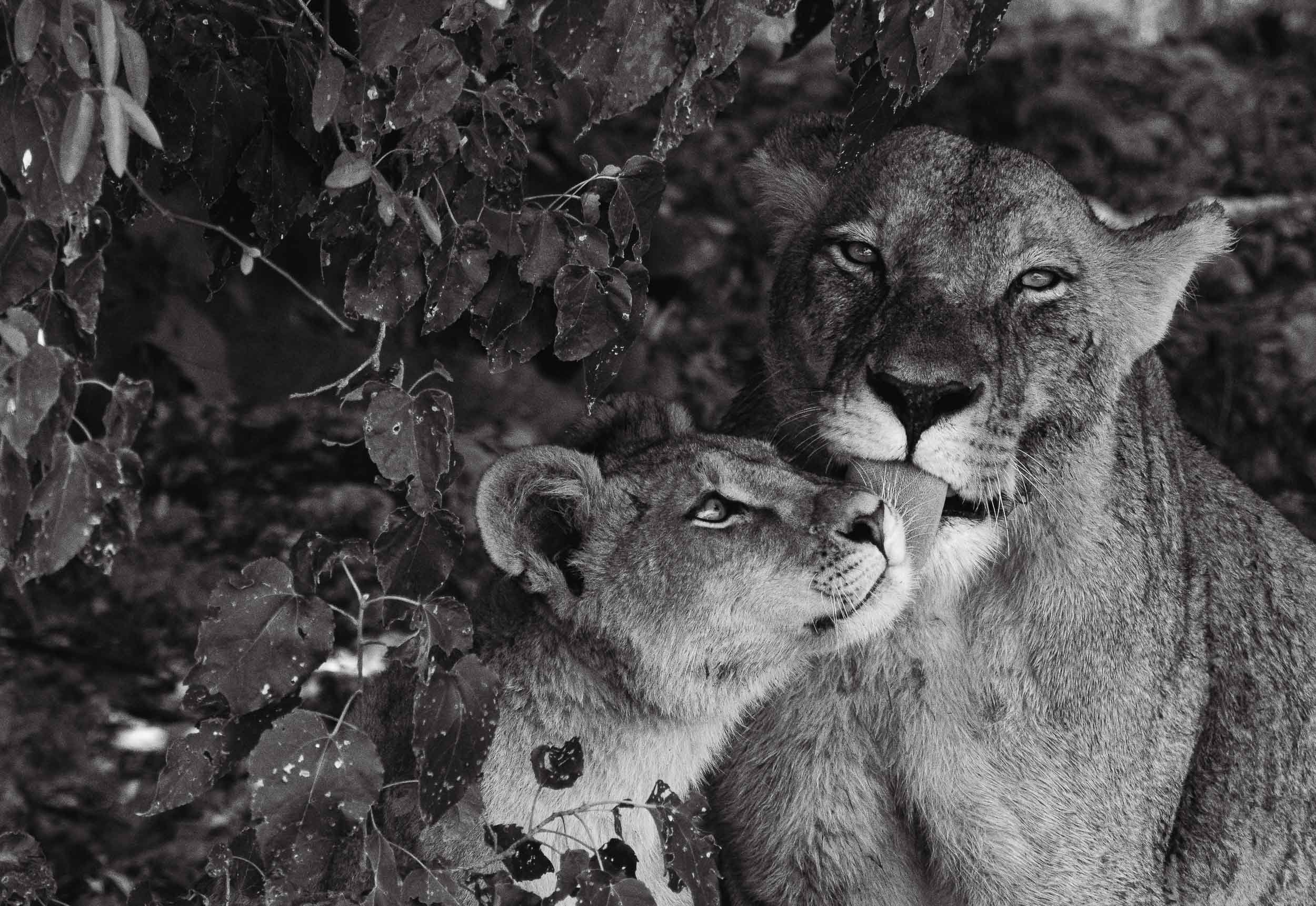
A few more animals by the water…
The Chobe river is actually the name of the eastern Cuando river, before it flows into the Zambezi. The National Park around it was Botswana’s first, and is its most biologically diverse.
The Selinda Reserve
From Chobe we took a short flight to Selinda, a private concession in the greater Okavango Delta region. The Selinda spillway links the Delta with the Linyanti Swamps, and up until 2009 has been dry for decades. Now, its floodplains and channels have water flowing for many months of the year, becoming a home for wide variety of wildlife.
From Above
It was a good place for some aerial views, and what’s better for that than a helicopter? A 45min flight above this amazing landscape is the source of these bird’s eye views of elephants, crocodiles, heartbeests, and hippos in their environment.
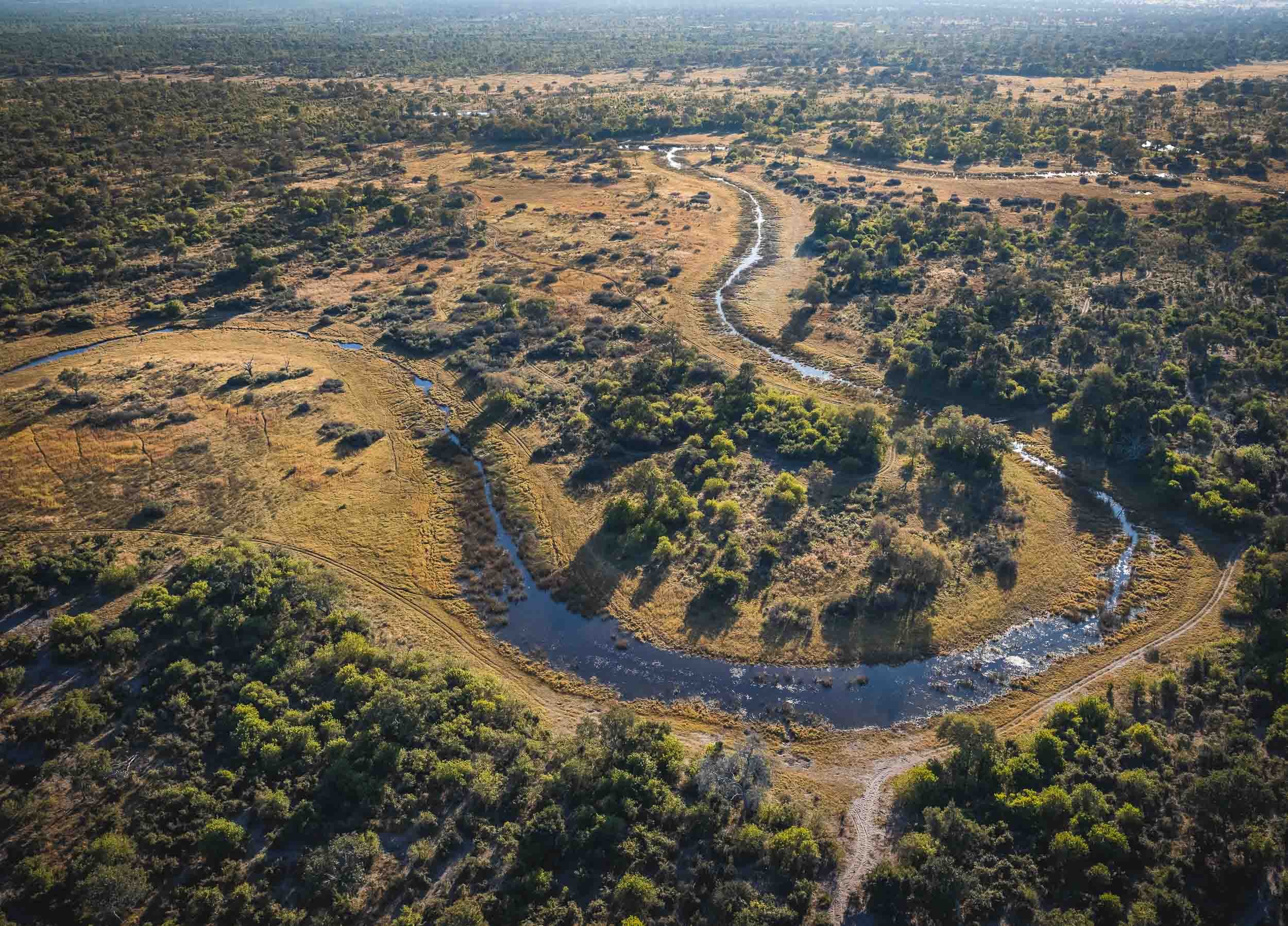
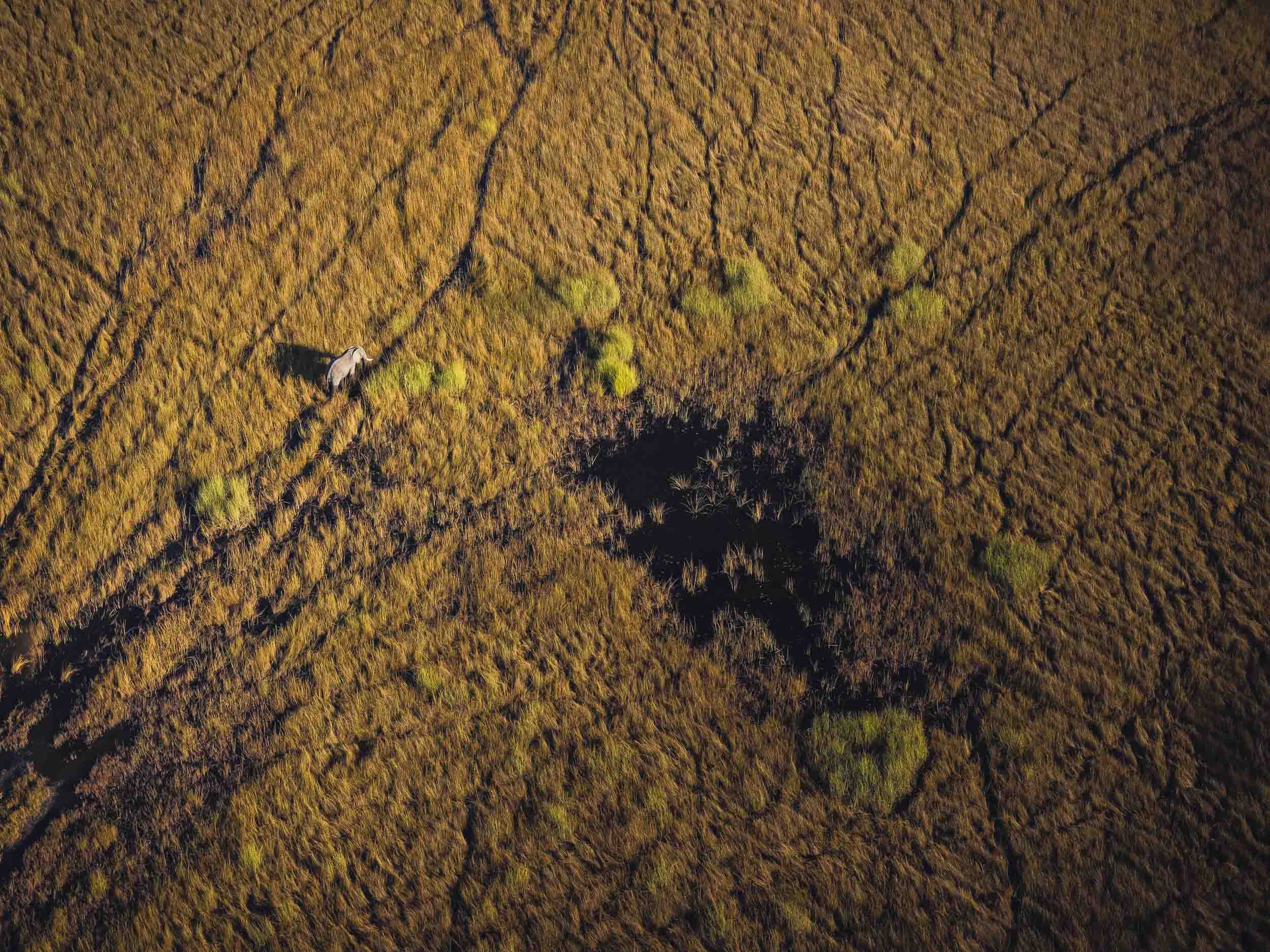
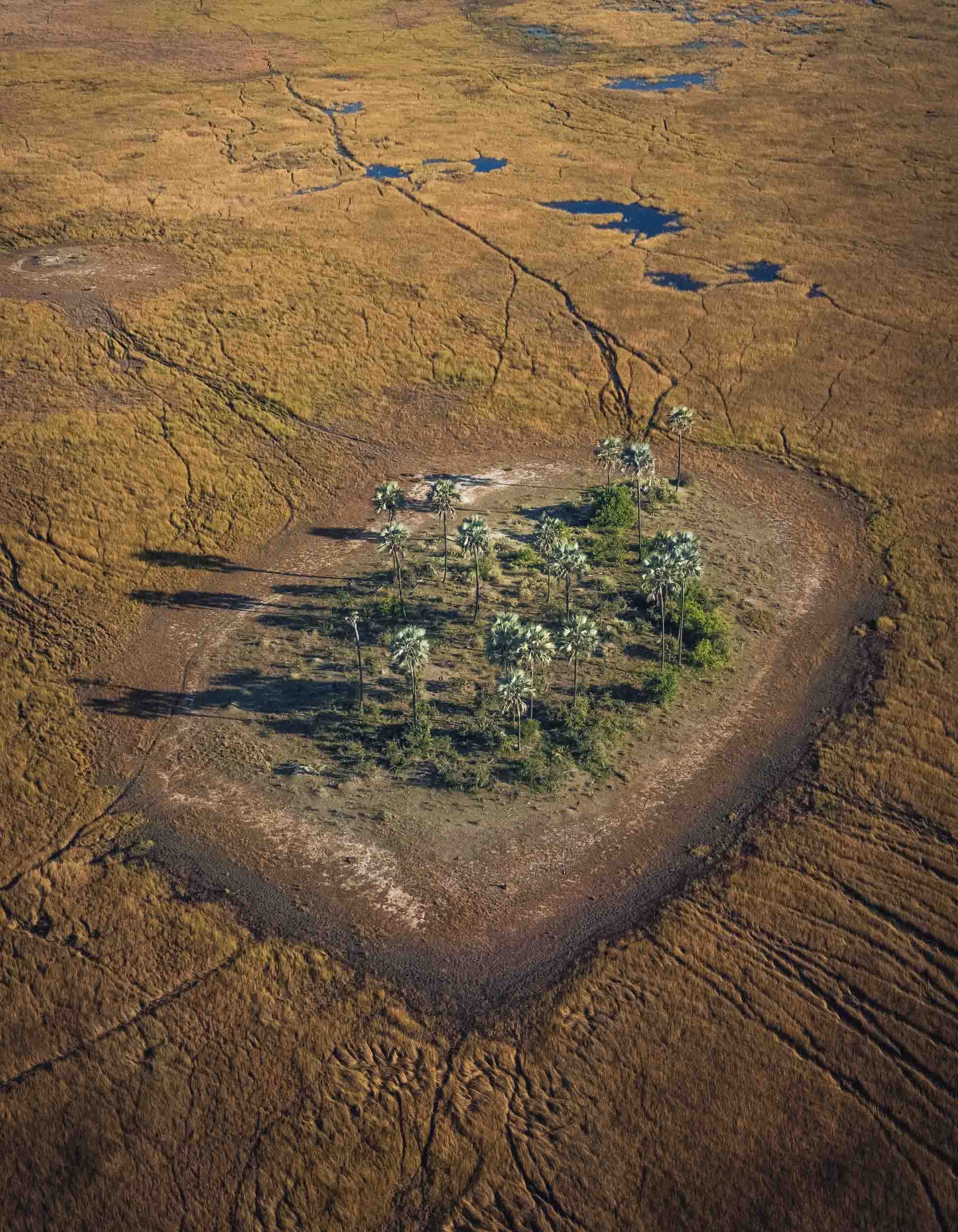
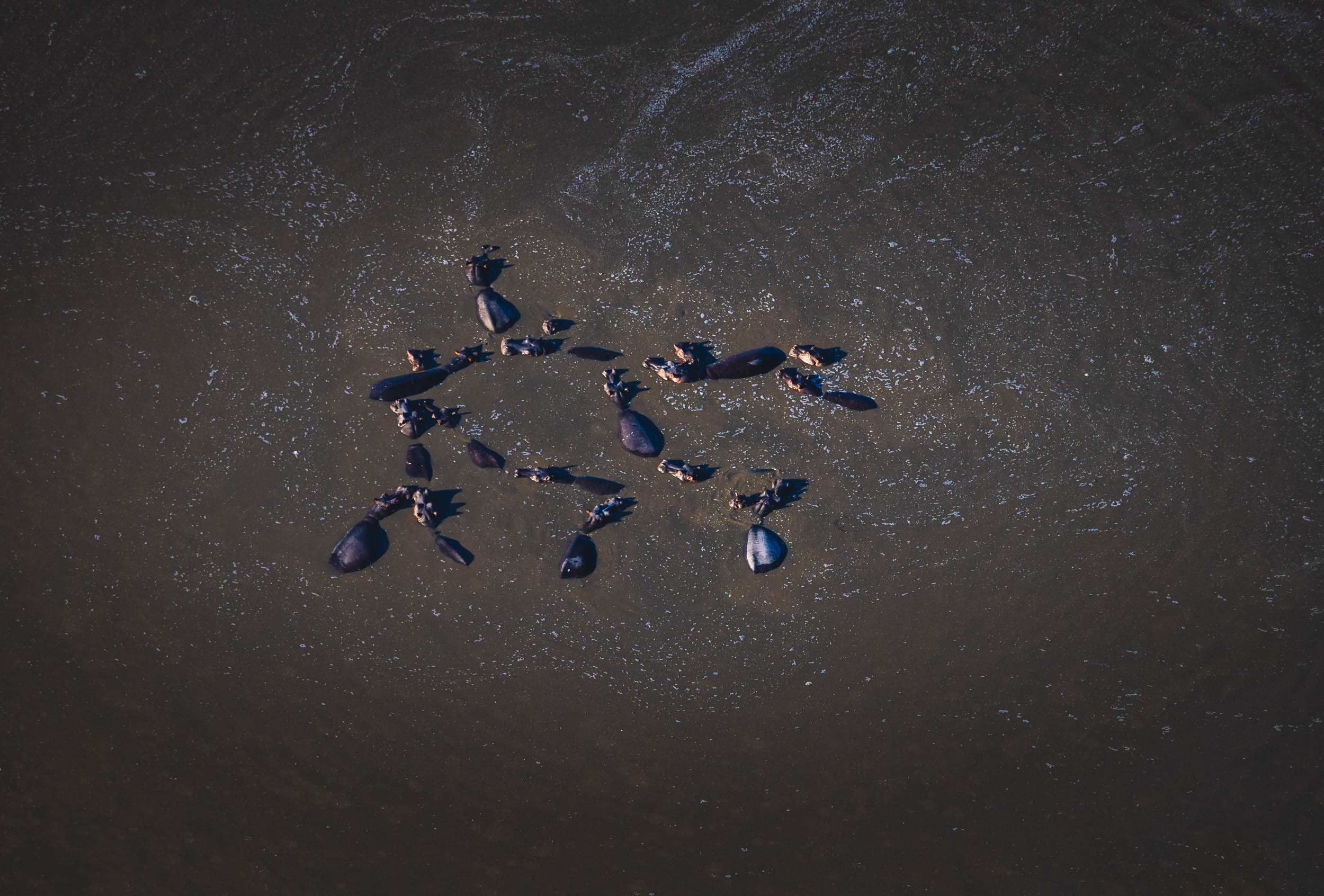
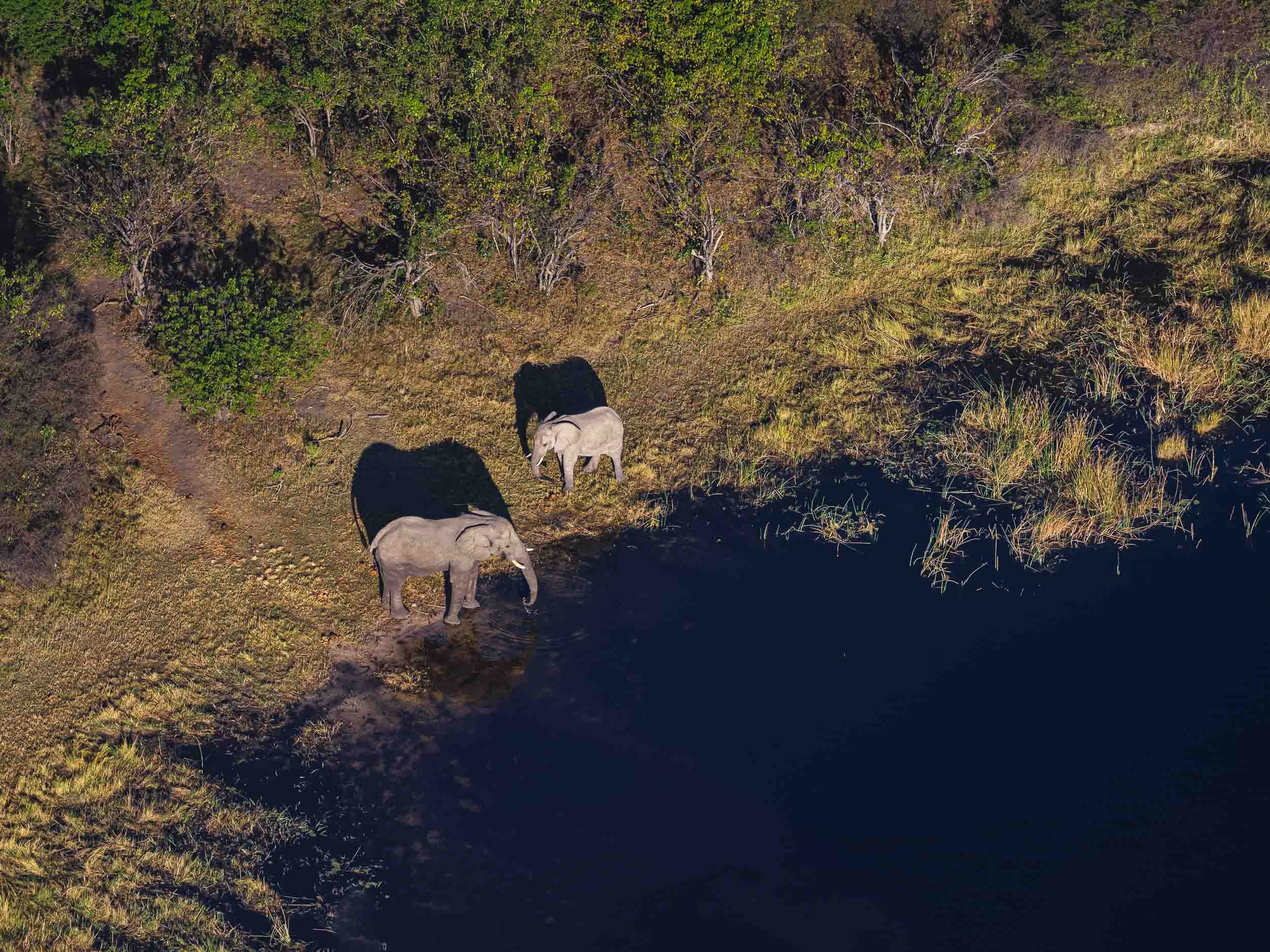
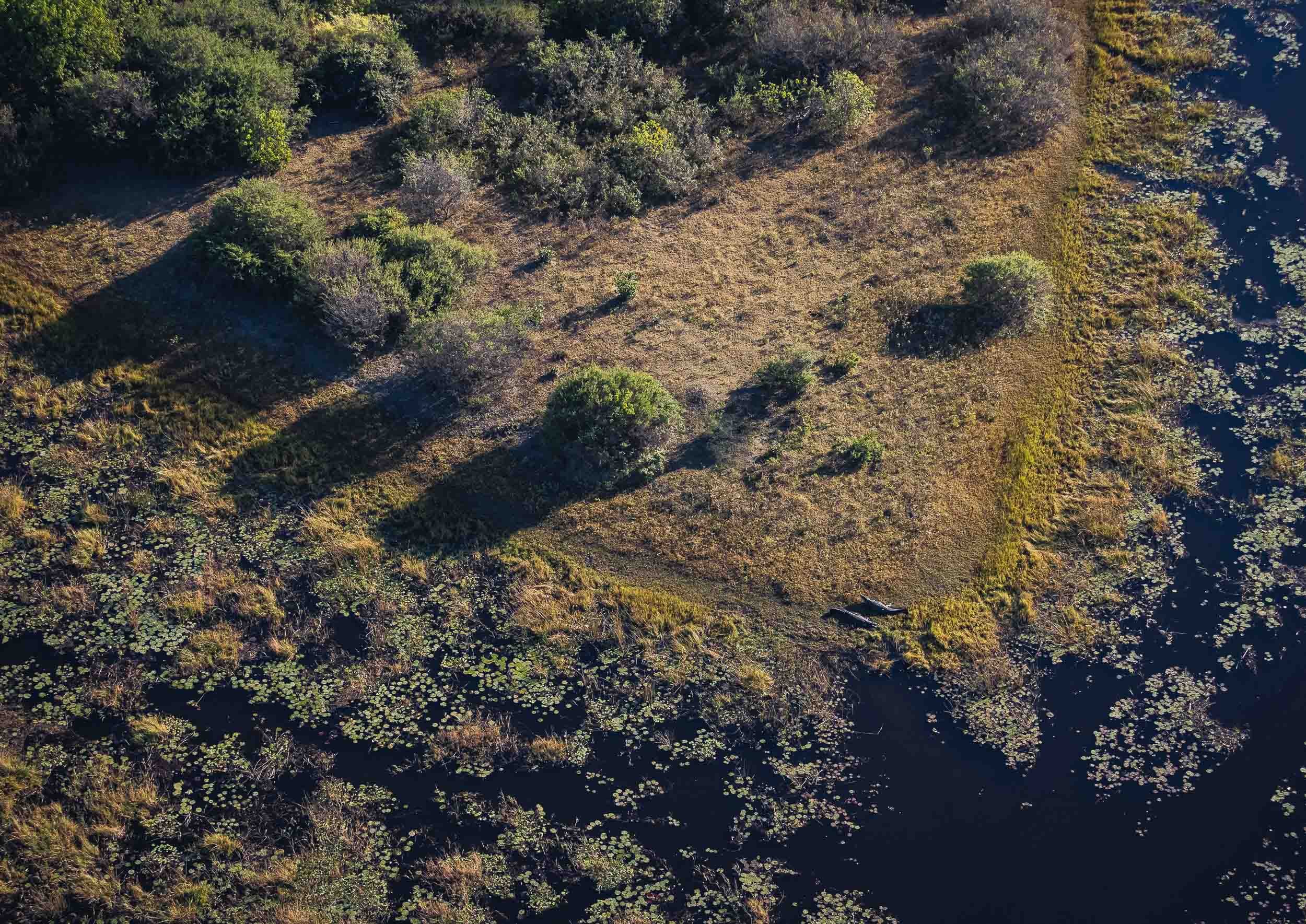
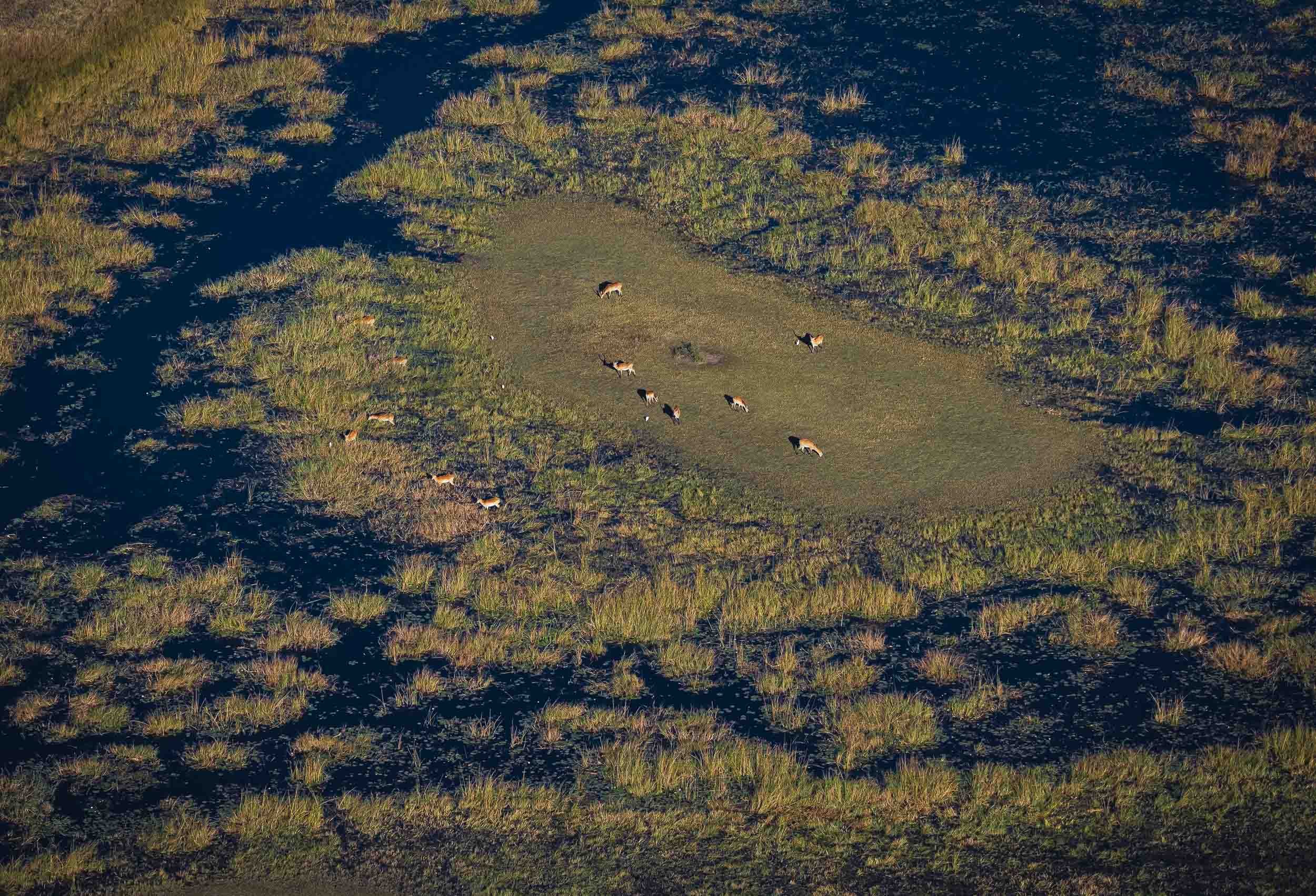
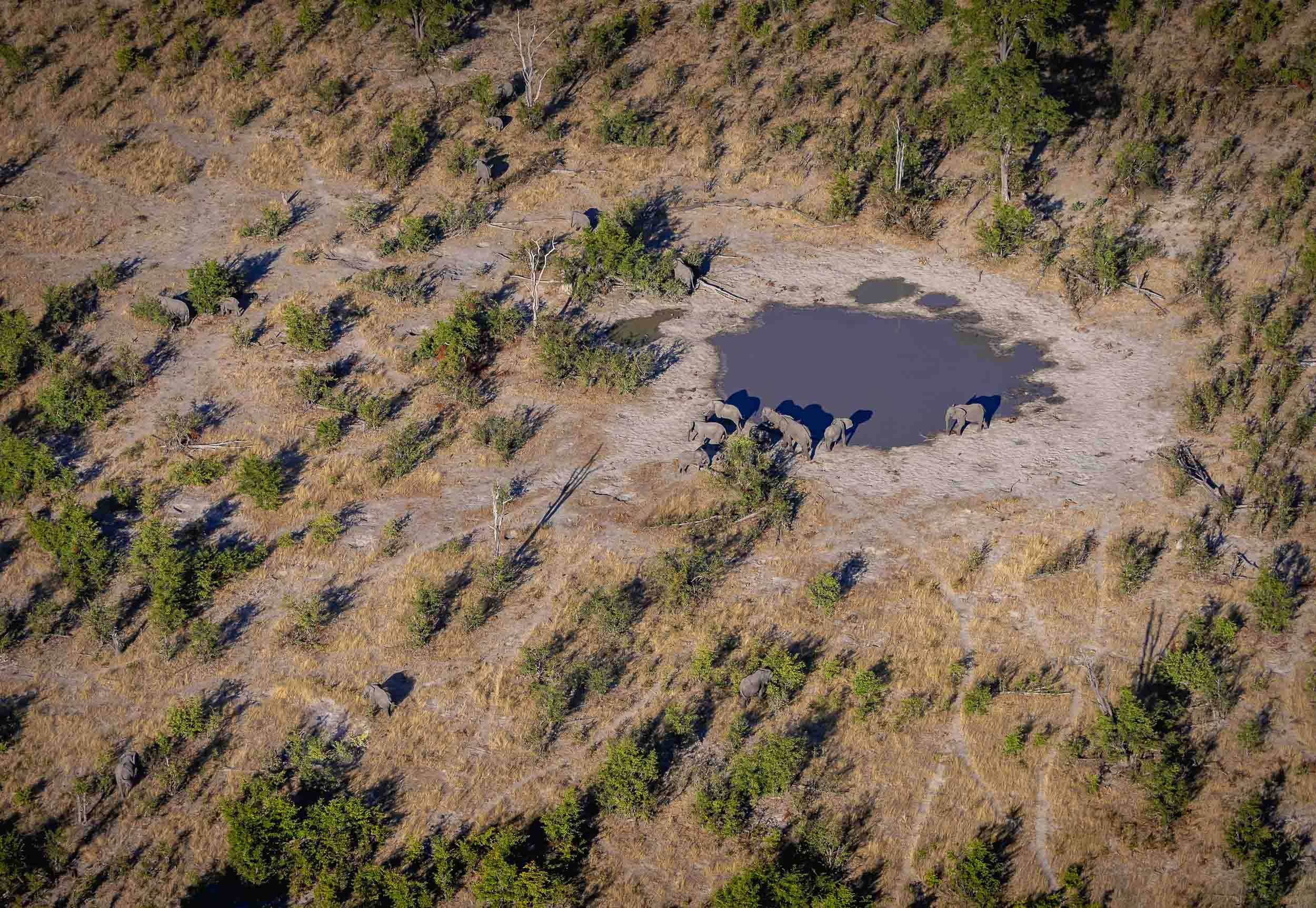
Lions
The Leopard
It’s always special to see your favourite animal in the wild, but a sighting like this makes it even more breathtaking. We spent four days, 8 hours a day, looking for this Leopard female and her 3 month old cub. On the very last morning, our guide - Stitcht, who called himself a legend and lived up to it - saw her sitting on a termite mount in the distance. We followed her when she called for her little one, and then climbed a nearby tree. They spent 15 min cuddling and cleaning before she rushed off to try and catch some breakfast, telling her cub to hide in the thick crown of the tree.
Watch them in motion
A few more…
Dinaka
The last stop was in Dinaka, about 100km north of Maun, and bordering the central Kalahari. It’s a dry area this time of the year, but it did have a few special places to photograph from (and sleep in).
Jackals - Always Up To Something
After having observed them for a good amount of time, these mammals have climbed up in a my favorite animal rating list. A constant source of entertainment, and always giving an impression of being up to no good, I’ve seen these mischievous omnivores catch doves, chase away animals much larger than them, and strut around like they are the kings of Africa.
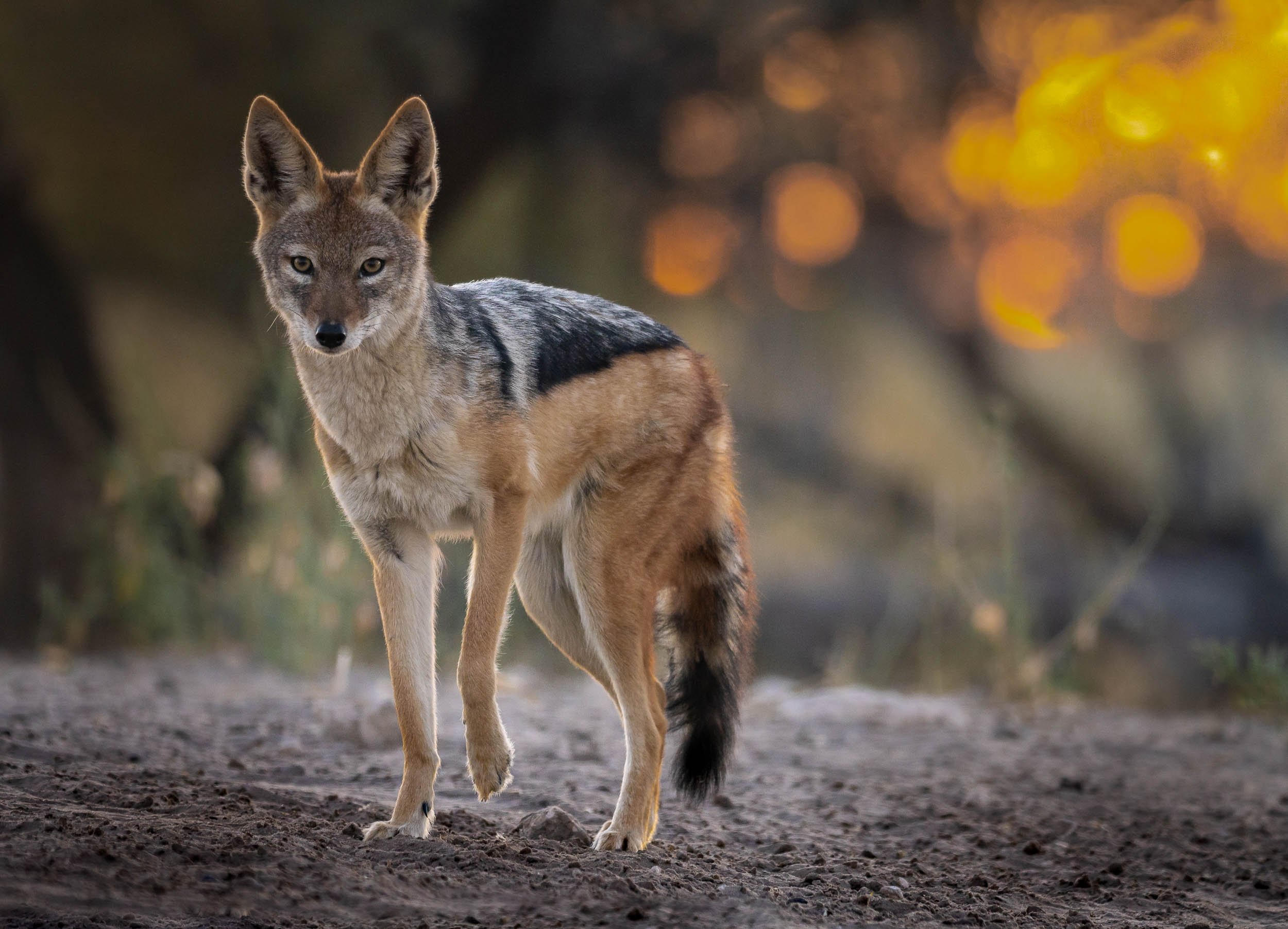
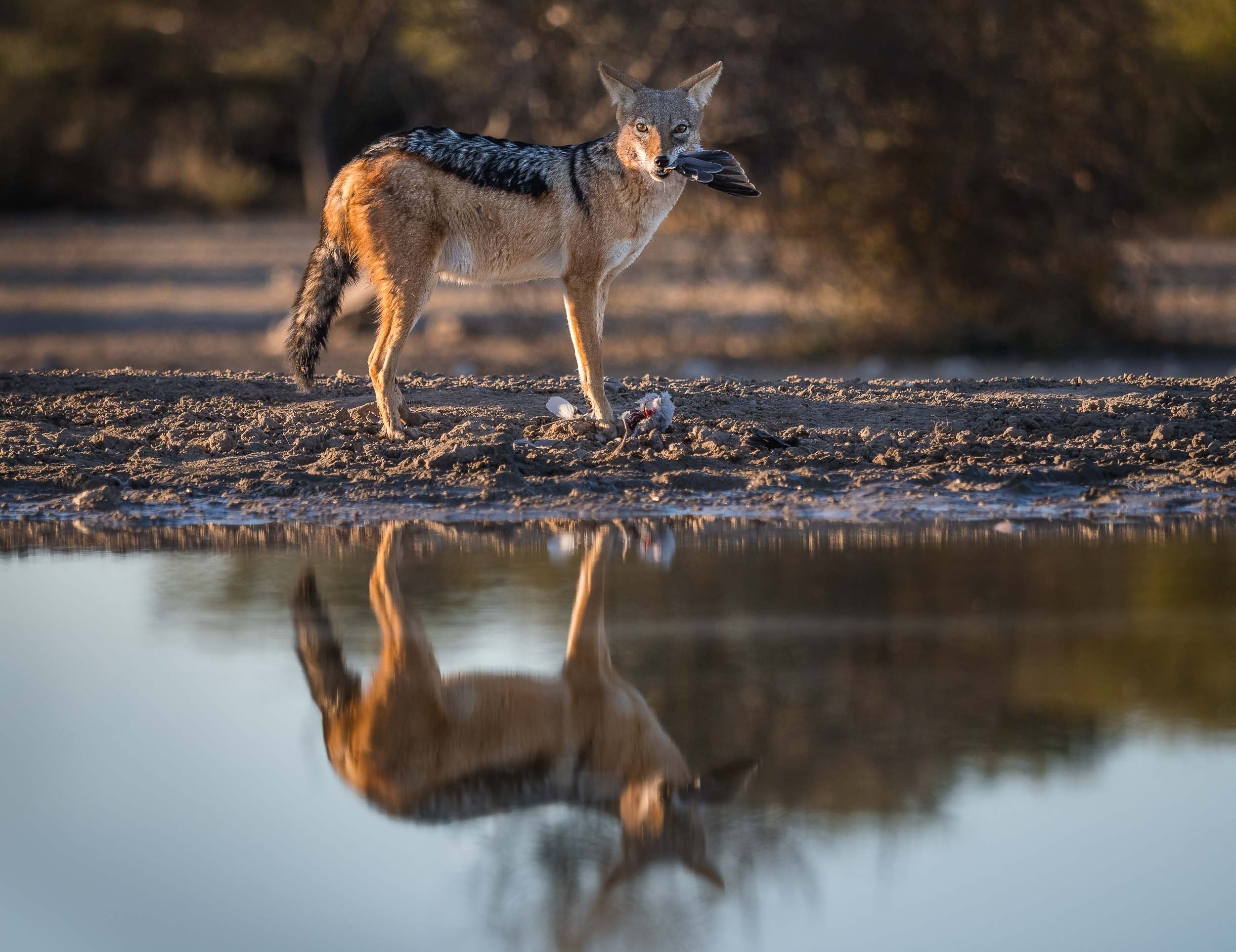
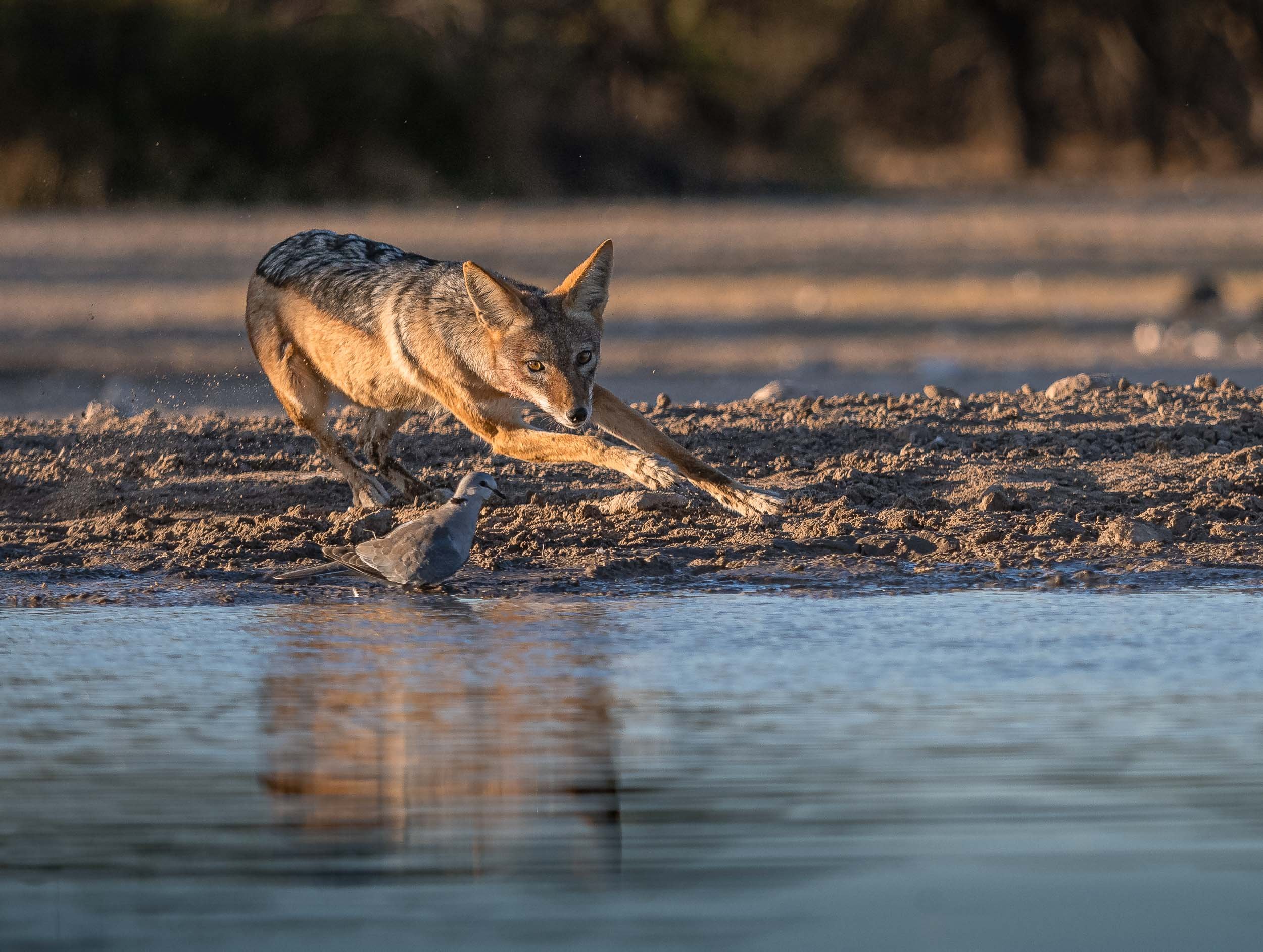
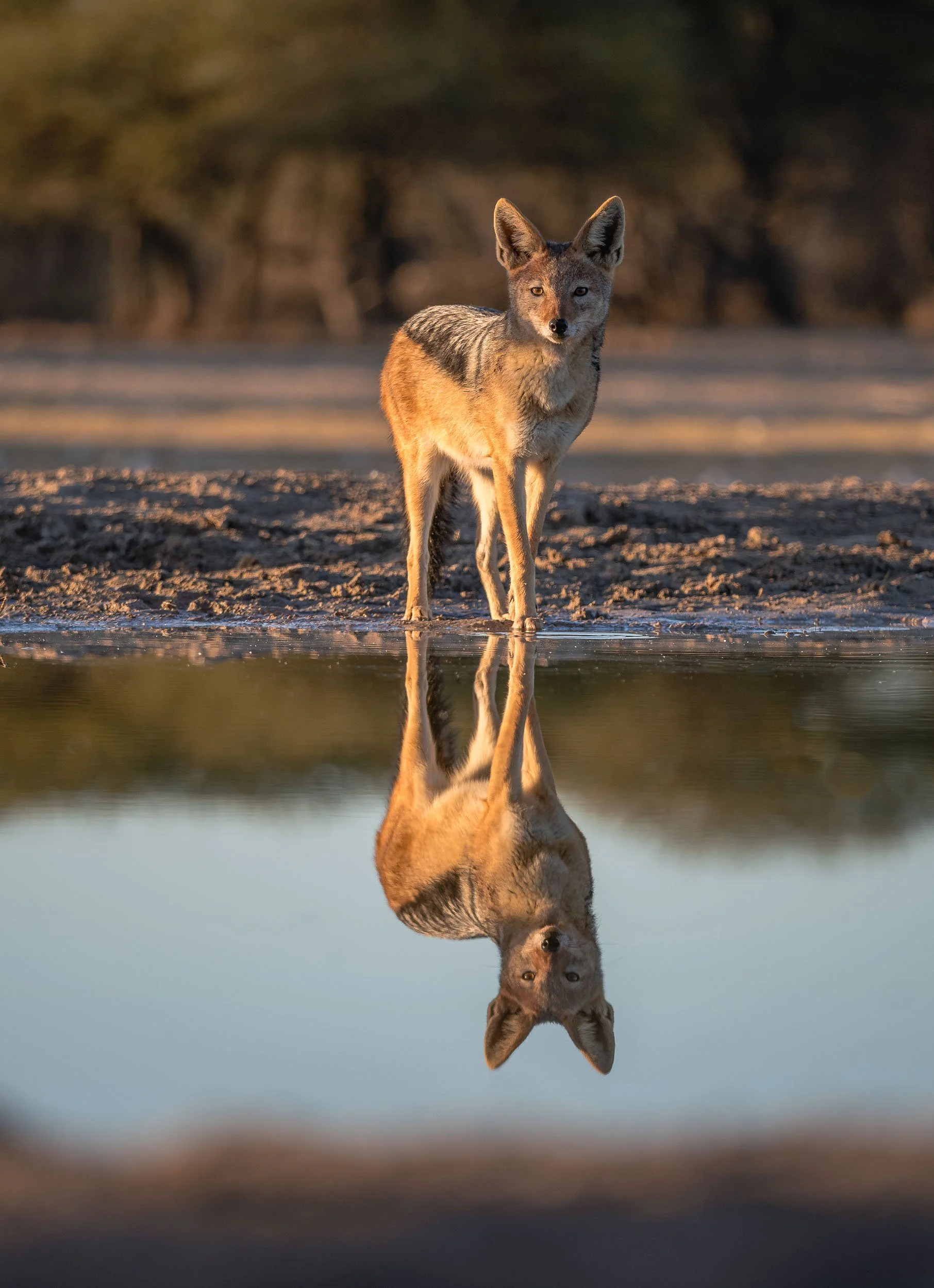
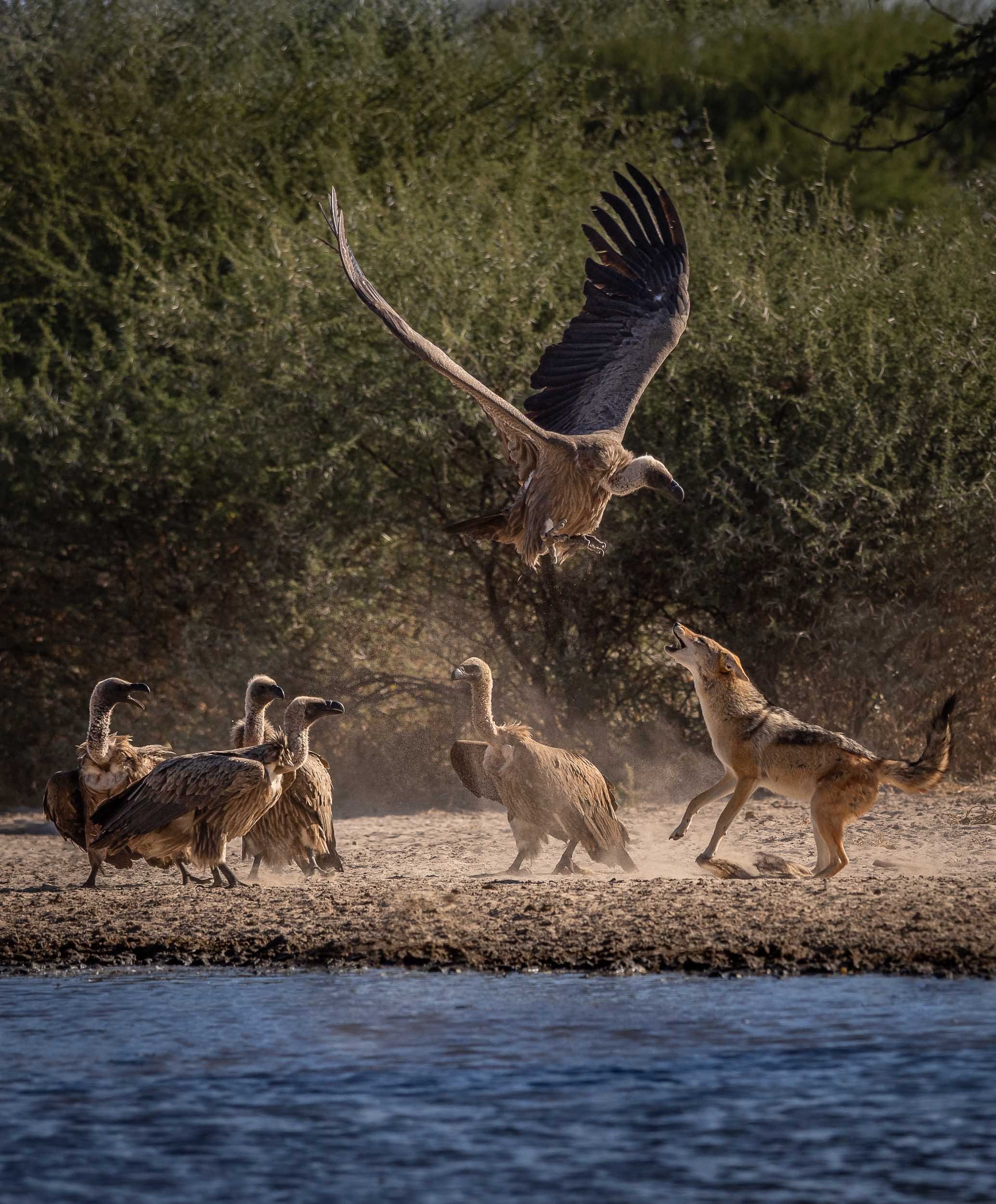
Starry Bedroom
Our lodge offered this special experience: A night under the stars, sleeping on an elevated platform in the bush - an opportunity I couldn’t miss out on, so one evening after dinner, I was dropped off 20min away from the camp to see what it feels like to sleep with a Milky Way view. See below for an impression!
Watch Earth in Motion below…
The Waterhole
A second special spot is found a bit closer to the ground - in fact, it’s almost underground: A bunker-type hide to view animals up close at the waterhole, for some ground level perspectives. We spent a lot of time here, watching antelopes, giraffe, jackals and many other animals come to drink and interact without being bothered much by our presence.
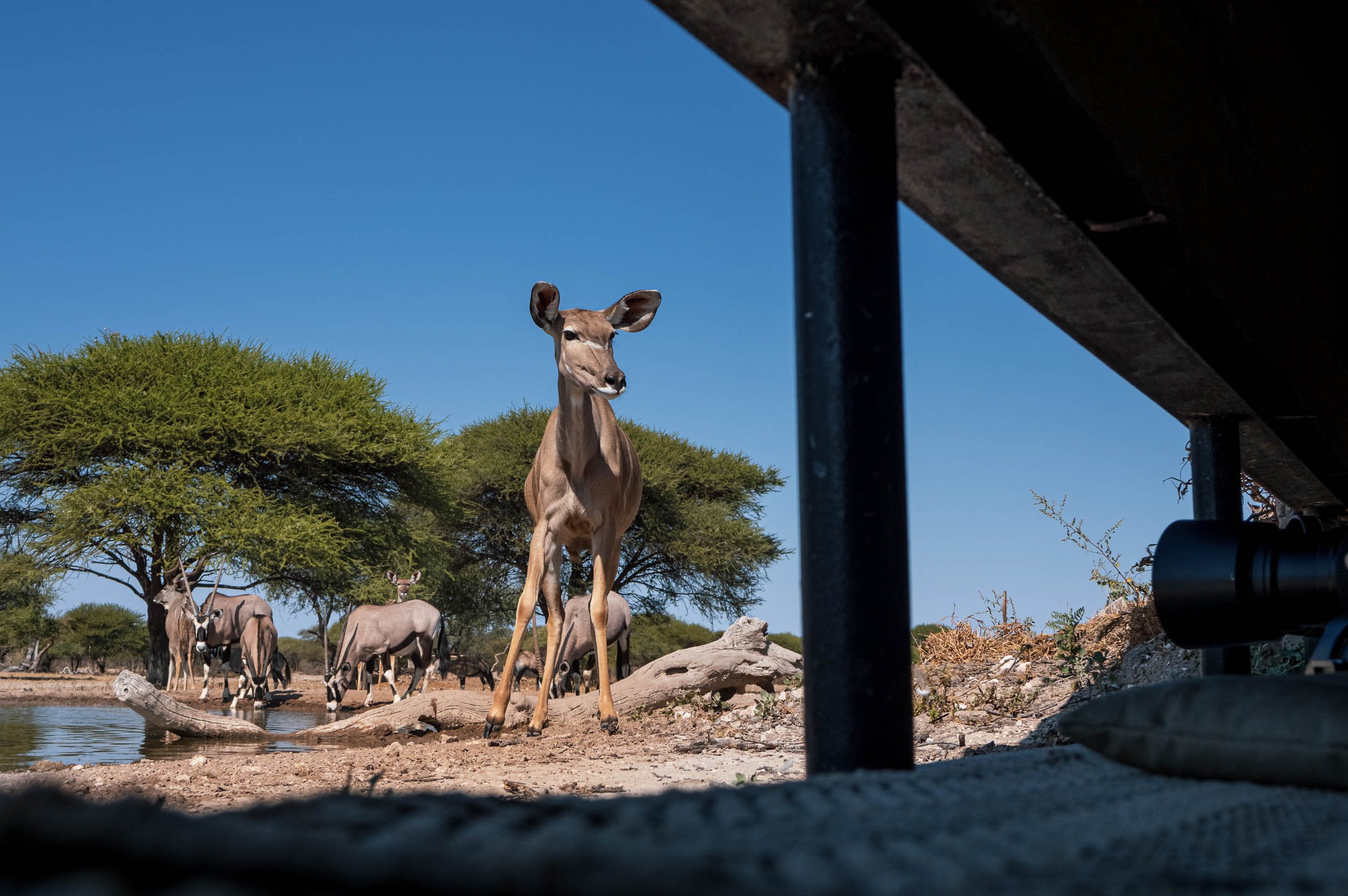
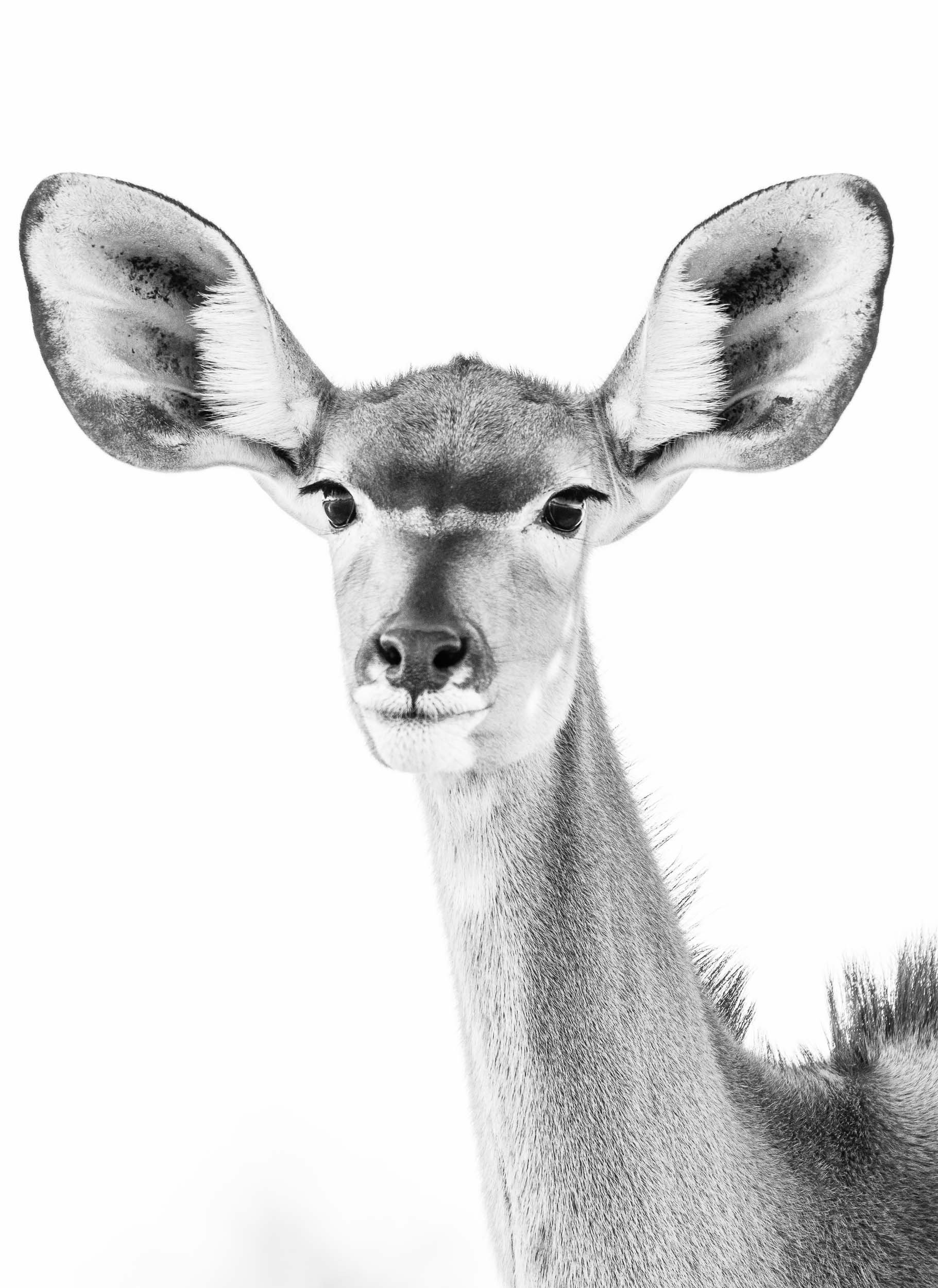
At Night
Private concessions (as opposed to National Parks) often come with the benefit of being allowed to stay out beyond sunset, opening the way for some nightly discoveries…
Lastly, the reserve is also home to a population of white rhino, which have been de-horned to deter poachers, a practice that some question in terms of its effectiveness in doing so, as the base is still attractive for the market.
Reef Adventure - My first Marine Aquarium
My journey through setting up and running my a Reef Aquarium. While it's not my first try at keeping fishes, this is my first marine aquarium and also the biggest one yet. Swim along...
I used to have fresh water tanks from when I was 12, starting with a tiny 20L and worked my way up to 120L in the end. My dad had a 300L marine aquarium and I've always wanted to make the jump to the reef. What better time to do that than when moving into a new place.
A few basic requirements I set myself:
- 300-400L
- Sump
- Cabinet needed
- LED lights preferred
- Don't want to build too much myself, so somewhat plug and play would be good
I had a perfect spot in a corner, so was looking at a corner aquarium with bow front at the beginning, such as the Juwel Trigon 350. It's a pain to convert these to marine though, so I thought of getting a custom built one, but of course that's a very expensive option and much more risky than an out of the box solution. After some research, I stumbled across the Red Sea Reefer 350 and that seemed like a perfect fit. Having seen one in person, I pretty much made my decision. The last question was black or white, and while that's a matter of preference, the white one fit nicely along with the other furniture. It's somewhat matt and looks quite classy.
The Red Sea Reefer 350. Tank, sump water top up system and cabinet included.
In terms of equipment, here is what my mix of research and dealer recommendations resulted in:
- Skimmer: Reef Octopus NWB-SSS 110
- Wave maker: Maxspect Gyre XF130
- Lights: Zet Light - ZS7000
- Salt: Red Sea Coral Pro / 22kg
- Sand: Red Sea Base 10kg
- Heater: Eheim 100 (mainly as a backup, rarely needed in Dubai)
- Return Pump: Reef Octopus 5500
- Chiller: Hailea 300A (in case the AC fails..)
- Chiller Return Pump: Eheim Compact 1000
- Carbon for the start: Hailea Carbon pack
- Mechanical Filter: Produc Ceramic
I also want to put some sort of controller like the Reef Keeper in, which I'll do over time though.
Once I had all the equipment, it was time to bring up one age old question - and that is "What water to use?" In the end, I went for the safest route, which is to use RO water. The downside is you need a filter system and it takes a long time to prepare the water, especially for the initial fill of the tank.
Setting everything up was relatively straightforward - but you definitely need two people to lift the tank. When everything is done, it looked something like this:
The cabinet with the sump and chiller. I've since cleaned up the cabling and piping further. The chiller position underneath the tank isn't best for heat dissipation but I don't expect that it will be needed this much, as I'll keep the tank around 26.5 degrees.
The tank - still empty.
The Zetlight hanging on the wall. Wish it was possible to hide the cable.
Unfortunately my Gyre wave maker broke down after just 15min. I think the controller had a short, but they were helpful and spare part fixed it.
I also wanted to hang the LED lamp on the wall rather than having it sit on top of the glass, which somewhat destroys the clean rimless look. Had the wrong hanging kit initially but now it is hanging above the tank.
The other issue was that the Reef Octopus return pump makes a relatively high pitched noise that is clearly audible and the Eheim chiller pump vibrates relatively strongly, which is also audible. Maybe they just need to run in, but that's bothering me at the moment since the rest of the tank and the flow system in the Reefer are absolutely silent.
The next step was to pick up some rock and start reefscaping. I chose Real Reef rock combined with some Fiji live rock, which was cured at the dealer. The Real Reef rock is expensive but you get great colour and shape. I used epoxy to glue some of the pieces together, but most of it rests freely. Once I was happy with the scape - which only really took 2 or 3 tries, I added sand and the final result is this.
Current state of the tank
I kickstarted the bio cycle with some bacteria solution recommended by the fish store. Initially I had planned to use natural ammonia, such as a frozen shrimp, but with some live rock being in the tank already I decided to go for the bacteria option.
Now it's time to leave the tank to cycle for a few more weeks and do regular water tests. Then I'll add a clean up crew of turbo snails and some hermit crabs. The first fish will most likely be Clowns, alongside some simple LPS corals.


























































